|
Well, I can’t recall a year in my lifetime, thus far, when 12 midnight on New Year’s Eve couldn’t come fast enough. This year is it, and it’s a real shame that the legendary Dick Clark isn’t still here to help usher in 2021 in “Rockin’ style.” The past 12 months of 2020 will go down in history as the year the world saw a pandemic like no other, ruining just about everything except the always precious gift of new babies born within its 365 day-span. I don’t need to go into all the negative things that went on display this past year, but it has been a period most all of us are eager to put in the rear-view mirror. Let’s just push the reset button in hopes for a kinder, gentler and brighter 2021. Of course, some folks have capitalized on this miserable time period including toilet paper, hand sanitizer and disinfecting wipe manufacturers. Amazon, Netflix and grocery stores made out pretty well, as did Covid face-mask manufacturers and vandalism supply outlets. Even on the back end of the year, makers of novelty t-shirts, mugs and bumper stickers calling out 2020 are getting the last laugh. Although in all seriousness, it really hasn’t been a laughing matter. And that’s a perfect segue as difference of opinion, ideology and thought ran rampant this past year, and divided friends and family in many cases. That said, perhaps there is only one thing that we can all agree on and come to the consensus that, plain and simply, 2020 was forgettable yet unforgettable. 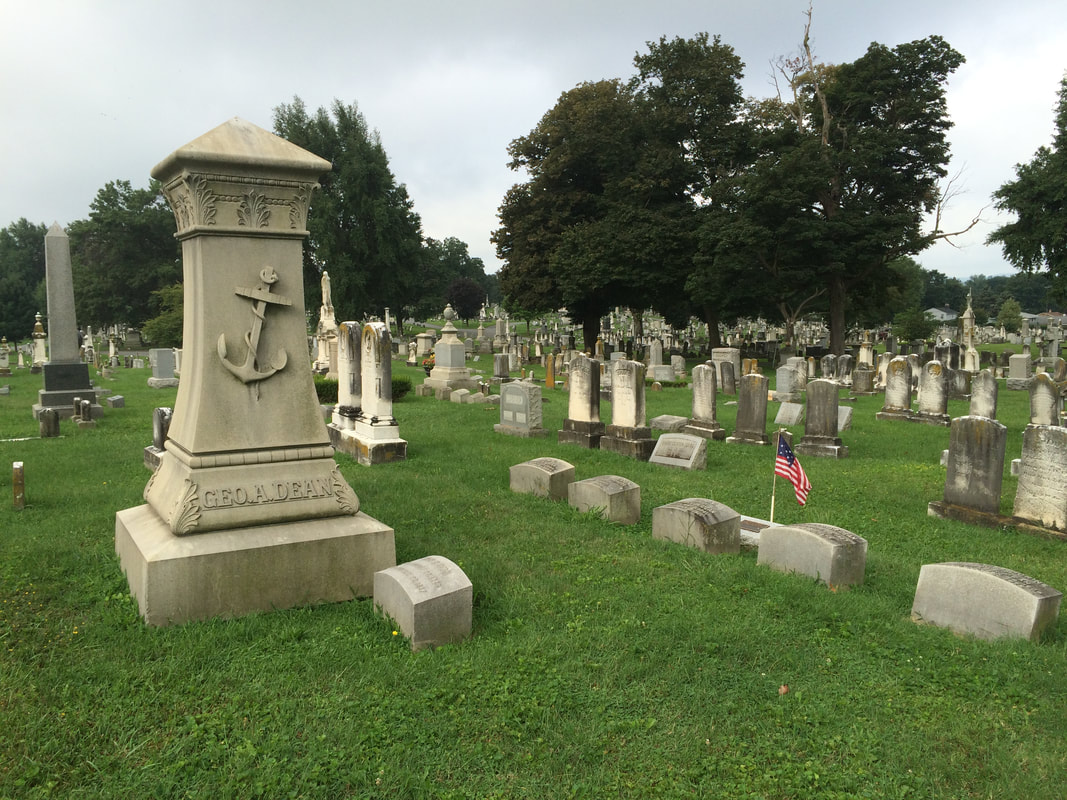 The anchor cross is used to signify 'fresh start' or 'hope,' as referenced in Hebrews 6.19: "Which hope we have as an anchor of the soul, both sure and steadfast, and which entereth into that within the veil." An anchor brings security, which was important in the uncertain times of the early church. On a strictly serious note, Covid-19 and the loss, pain, suffering and stress it has brought over the past year has been no laughing matter. I will share that from our cemetery perspective, we expected a much worse result than what we experienced in number of related deaths. Back in March, with the onset, we had staff meetings in which we planned for mass burials, or at least what had occurred back in fall/winter of 1918 with the Spanish Influenza pandemic. At that time, Frederick County experienced roughly 250 deaths between September, 1918-January, 1919. One-hundred of those victims are buried here in Mount Olivet. Yes, it was a less populated world back then, but medicine, technology and communication are nothing like we have today, a century later. Since the beginning of 2020, even considering the first Coronavirus positive cases did not start appearing until mid-March, we have had 275 total interments in Mount Olivet, which mirrors our annual total over the last several years. From the information made aware to us by our partnering funeral homes, only seven of these 275 deaths in 2020 were the direct result of Covid-19.
We have interred here seven victims of the Coronavirus: * four victims were residents of Montgomery County with three over the age of 75 and one under 50. *one victim was from Washington County and 70 years old *two victims were Frederick County residents, a man in his 70s and a woman in her 90s Yes, one death from Covid-19 is too many, but when you really think about how bad things could have been in terms of fatalities, we were very fortunate. Happy New Year to all of our readers, families and friends, and thanks for your continued support of these stories and Mount Olivet Cemetery.
0 Comments
Christmas cards seem like they are slowly becoming a thing of the past. With electronic means to send picture messages via social media, it seems like a more economical, and faster, way to get personal wishes of “Seasons Greetings” to friends and loved ones. This is especially true for those procrastinators among us. However, there is something pure and special about the Christmas card, or should I say Christmas/holiday image, regardless of time period. It preserves us in time, an image of a person or family from a specific year of our existence. It’s the measuring stick of our life as it is an annual occurrence. Regardless, this is what we have come to expect of cards of the last few decades as digital cameras have given so many more options for us to design our own cards from the comfort of our own computers. One can employ online templates and websites to get the job done. Before this, it was only an added bonus to find Christmas photos, and sometimes that coveted family group shot, stuffed within a traditional fold-out Christmas card. Four years back I wrote on the origins of this tradition, and some of the local progenitors here in Frederick such as David H. Smith and H. F. Shipley.( http://www.mountolivethistory.com/stories-in-stone-blog/hf-shipley-and-other-spirits-of-christmas-past.) In this Christmas edition of “Stories in Stone,” I simply want to share three photographs that are among those featured in in a 2008 picture collection publication by the Frederick News-Post, of whom I wrote about just a few weeks back in chronicling the papers’ founder William T. Delaplaine. The individual work I’m referencing is entitled Frederick County, Maryland: Your Life. Your Community. Presented by Your Paper (Volume III). On page 18 of the above-mentioned book, one can find five photographs exhibiting magical Christmas morning scenes, all with adorned Christmas trees as backdrops. The oldest of these is the image above with a caption that reads: Emory Gomber Nusz-Maternal grandfather of Virginia Lee Best Rinehart.” The photo was taken in 1898 and is featured in the book courtesy of Virginia L. Rinehart. Emory Gomber Nusz was born April 19th, 1894, the son of Emory Mobley Nusz and Mary “Mamie” Virginia Gomber. Sadly, young Emory never met his father as this gentleman died in August, 1893. Now, I’m no mathematician, but I’m guessing this was shortly after learning that Mary was pregnant, if he knew at all. I found the following obituary summary on Findagrave.com for the elder Emory Nusz: Emory Nusz was a well-known minor leaguer and semipro player in Maryland who appeared in 1 game for the 1884 Washington Nationals of the Union Association. He was later employed at Isaac's Cigar Factory in Baltimore until he founded his own establishment in his hometown of Frederick, MD. He continued to play semipro ball in his spare time, even as he was employed as a traveling salesman for a York, PA tobacco firm. He was prominent in base-ball circles, and was considered to have a fine knowledge of the National Game. He last season as a player was spent at second base in the service of a local team named the Athletics. He was tragically killed when he foolishly tried to jump off of a moving train and was run over at Point of Rocks, Maryland. (Note: I’ve enclosed the actual, full obituary at the end of this story for your reading pleasure.) Despite not having a father, Emory grew up in a loving household and was principally raised by his mother’s family which groomed him to one-day take over their machinery supply business in town. He attended local schools including the Frederick Academy, and followed by attending college at Washington & Lee University in Lexington, VA. Emory returned to work in the family business, a firm he would eventually lead until his retirement in 1949. The home of the business still stands today at 36 South Market Street, within what is known as the Gomber building, which you will note is our subject’s middle name and his mother’s maiden name. Today, Flippin’ Pizza fills this retail space. After retirement, Mr. Nusz, the little boy on that Christmas photograph taken over half a century earlier, shifted his energies toward banking, and served as a director of Frederick County National Bank over the next decade. All in all, he had certainly become one of Frederick’s leading businessmen. Mr. Nusz died on January 27th, 1960 and was buried next to his parents in Mount Olivet’s Area F/Lot 62. On page 17 of the Frederick County, Maryland: Your Life. Your Community (Vol. III) publication, one can backtrack one page to find a delightful Christmas card sent by Jeanne Bussard, who was in her mid-late teens at the time of its sending. The photo dates from the early 1950s and was submitted by Kimberly Smith Madden. The subject, and sender, possesses a name that is boldly familiar to many longtime Fredericktonians—Jeanne Bussard. She was the namesake for the former Jeanne Bussard Center, opened in 1965. This non-profit organization was funded by the county government and the families who supported The Arc, Association for Retarded Children of Frederick County. This important entity was founded seven years earlier in 1958. The original sheltered center was named by Jeanne’s parents, Fran and C. Lease Bussard in memory of their daughter, who died at age 21. Jeanne Frances Bussard was born on August 23rd, 1936. Upon birth, she was plagued with intellectual and developmental disabilities. Jeanne experienced other health issues in youth as well. She was hospitalized in the winter of 1937 after contracting pneumonia. Ill-health would continue throughout her abbreviated life, precipitating a number of surgeries (primarily throat) experienced and special schooling needs. Miss Bussard certainly faced tremendous difficulties, but she is said to have “never stopped loving, laughing and learning.” Jeanne’s vigilant parents remained ever optimistic. As a matter of fact her father was described as the most optimistic Optimist by a television station as Mr. Bussard rose in the ranks of the International Optimist organization, and began serving as the international president of the organization in 1956.
Shortly thereafter, Jeanne’s parents led the charge to create the above-mentioned shelter. In 1958, the Association for Retarded Children of Frederick County formally began. While I’m at it, I would like to add that the Harmony Grove School (now known as Rock Creek School) opened its doors in 1959 to 24 children as the first "special" school. In 1965, the Jeanne Bussard Workshop became a reality as it would be funded jointly by The Arc and Frederick County Government. The Jeanne Bussard Workshop would begin with just six people and opened at a time when there were few school, government or community services for people with intellectual and developmental disabilities. For 47 years, this nonprofit served its mission of promoting and providing employment opportunities for people experiencing disabilities through education, training, rehabilitation, and work. This would be the case until 2012 when the center closed abruptly.. Fortunately, this mission has since been reinvigorated as "The Arc at Market Street", continuing the efforts begun by the Bussards so many years earlier. They say a photograph can say a thousand words. Since I first laid eyes on this one (found on page 115) about ten years ago, I received a good feeling about this family and felt that those friends and family who received this as part of a Christmas greeting back in December, 1958 were so lucky to know the James W. Bosler family. I must confess that I don’t know this family in any way, shape or form. A few years back, I checked our cemetery records to see if any family members were actually buried here in Mount Olivet. I learned at that time that Mr. and Mrs. Bosler are at rest here in Area RR/Lot 64. I duly filed that thought away until I decided to act on it this week for the “Story in Stone” we are trying to tell right now. A research scan of vintage, local newspapers didn’t tell me much about the family as well. I also did not find any clues that led me to believe that they were railroad enthusiasts in any way. I did find that Mr. and Mrs. Bosler were native Pennsylvanians, both hailing from the Carlisle area. They also celebrated a 50th anniversary of their wedding vows. I learned all I know about James William Bosler from reading his obituary, found in a paper in his old hometown of Carlisle. James’ wife, Dorothy, would pass just 46 days later, a very tough thing for the Bosler children to experience—something that happens more than you think. I found a written transcript of Dorothy’s obituary online in an archive holding Frederick News-Post obituaries. This one appeared in print on May 2nd, 2005: Mrs. Dorothy (Hall) Bosler, 82, of Frederick, died on Saturday, April 30, 2005 after a brief illness. She was preceded in death by her husband of 61 years, James W. Bosler, who passed away on March 15, 2005. Born on July 16, 1922 in Shippensburg, Pa., she was the daughter of the late Walter S. and Margaret P. Hall. She resided in the Frederick area since 1951. Mrs. Bosler was a member of Centennial Memorial United Methodist Church, where she taught Sunday school for several years. She was an avid gardener who loved spending time at home with her children, grandchildren and great-grandchildren. She is survived by three children, Patricia B. Siedling and husband Bill, Jill B. Cejka and husband John all of Frederick and Thomas J. Bosler and wife Cathe of Bull Head City, Ariz.; seven grandchildren, Kristen Curtis and husband Brad, Kip Siedling, Kara Siedling, Greg Thompson, Tyler Cejka and Brad Cejka all of Frederick, Sam Bosler of Bull Head City, Ariz.; Two great-granddaughters, Delaney and Finley Curtis. She is also survived by four sisters, Janet Ocker and husband Harold of Mechanicsburg, Pa., Peggy Ditzler of Shippensburg, Pa., Julia Cox of Carlisle, Pa. and Barbara Eagle of York, Pa.; one brother-in-law, George Commerer of Shippensburg, Pa.; as well as many nieces and nephews. Mrs. Bosler was preceded in death by a daughter, Christine B. Thompson; two sisters, Betty Reddig, Gladys Commerer; and a brother, Robert Hall, all of Shippensburg. Services will be held at 11 a.m. on Wednesday, May 4 at Centennial Memorial United Methodist Church, 8 W. Second St., Frederick, with the Rev. Dr. George G. Earle Jr. officiating. Serving as pallbearers will be Bill Siedling, Kip Siedling, John Cejka, Greg Thompson, Brad Curtis and Mike Ramsey. Interment in Mount Olivet Cemetery, Frederick. From Mr. Bosler’s obituary, I learned that daughter Christine (Bosler) Thompson had predeceased her parents. She had died at the age of 53 on August 17th, 2000 after a long illness. I found her picture on Ancestry.com in the Frederick High Yearbook as a member of the Class of 1965. Christine was buried in Mount Olivet’s Area RR/Lot 87. She is located only about ten yards from her parents. I did not get the chance to talk to any of the Bosler’s surviving children: Patricia, Juliet or Thomas. However, I am truly hoping that they see this article, and go to our comment section—at least they could fill us in on other facets of life pertaining to this iconic 1950s family! So there you have it, three photographs that either fully explain, or simply intrigue wonder and thought in others at this all-so-special time of the years. Only one thing left to say to you and yours, Merry Christmas and Season’s Greetings. Below is the obituary of Emory M. Nusz, father of our subject Emory Gomber Nusz.
This Saturday, December the 19th, 2020, Mount Olivet Cemetery will be hosting its third annual Wreaths Across America (WAA) Day. We won’t be alone, of course, but joined simultaneously by the famed Arlington National Cemetery down the road, and over 1,600 additional locations throughout the United States, and at sea and abroad. Each site will include a host of volunteers and sponsors celebrating WAA’s mission of Remembering, Honoring and Teaching through the placement of special wreaths on veteran graves. The wreaths we place are symbolic of these three tenets. 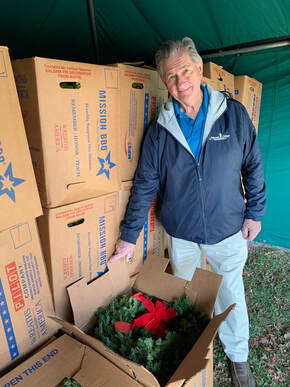 MOC Superintendent J. Ronald Pearcey at the WAA delivery on Dec 10, 2020 MOC Superintendent J. Ronald Pearcey at the WAA delivery on Dec 10, 2020 The symbolism of wreaths has been used at funerals since at least the time of Ancient Greece, to represent a circle of eternal life. Evergreen wreaths were laid at the burial place of early Christian virgin martyrs in Europe, the evergreen representing the victory of the eternal spirit over death. By the Victorian era, the symbolism of flowers had grown to become an elaborate language, and the symbolism of funeral wreaths was no exception. Flowers represented life and resurrection. Specific flowers were used in funeral wreaths to represent particular sentiments. Cypress and willow were used for crafting wreath frames, and were associated with mourning by the Victorians. For the last century, wreaths have been commonly laid at the tombs of soldiers and at memorial cenotaphs during Memorial Day and Remembrance Day ceremonies. Wreaths may also be laid in memory of persons lost at sea, either from an accident or due to navy action. In a memorial service at sea, the wreath is lowered to the water and set adrift. Back to Mount Olivet, we have over 4,000 men and women buried here who served in the US military. Many of these participated in active combat in conflicts including the American Revolution, War of 1812, the Mexican War, American Civil War, Spanish-American War, the World Wars, Korea, Vietnam, the Persian Gulf War and Afghanistan. As we do more and more research, we seem to find our total number of vets growing. Decedent graves are currently marked with small flaglets, courtesy of a great effort put forth by community volunteers who came out on an unseasonably warm day early last month on November 7th. We had a few other dedicated individuals who performed this task amidst rain downpours on Veterans Day itself, November 11th. Thanks to these fine folks, we got the task complete. These flags will serve a secondary role on Wreaths Across America Day as they will act as beacons for wreath placement, and symbolic proxies as over half our veterans’ graves will not be adorned with wreaths. You see, only 1,692 wreaths were bought/sponsored this year, plus we did not get a “1 wreath to 2 wreaths sold match” as was the case last year. Recently, on our social media site of Facebook and company website, we’ve asked participants, volunteers and others to consider bringing extra wreaths to the event (or come to the cemetery after the event) in an effort to cover more graves. Just know, that this gesture will be appreciated in ways none of us can ever fully grasp. Let it Snow This year, we "plow" forward, both literally and figuratively. The good news, there's a rosier forecast in store for WAA Day —as the last two years have been accompanied by steady rainfall and muddy tromps across grave areas. This year, we are looking at cloudy skies and no chance of precipitation. However, I did just use the term plow, and also made reference to past precipitation. Perhaps I should mention that we will have a new challenge at hand, thanks to our first snow of the season, falling just a few days in advance of Wreaths Across America Day. This past Wednesday we received over half a foot of snow. Luckily, the flaglets are still visible, and this is also why I suggested having them in place (for helping us find graves in the event of snow). Keep in mind that most vets have graves marked with ground level/recessed, government-issue military plaques, usually made of bronze or granite. One inch of snow, let alone 6-8" can turn the WAA Day into a “Where’s Waldo” mystery find/hunt. Oh, the wild weather of December, and the reason very few outdoor events are scheduled in wintry months with notable exceptions such as Frederick’s annual Kris Kringle Parade and Polar Bear plunges at a plethora of nearby rivers, lakes, bays and oceans. Our opening ceremony this year will again take place at the World War II Monument on the west side of Area EE. Here one can find a unique memorial boasting two columns, bookending an eternal flame monument and covered by the names of World War II vets who perished over 75 years ago. Fanned out as an arch around these objects, you will find the graves of 30 veterans who lost their lives while in active duty. I’ve written about half of these individuals over this 75th anniversary year marking Victory in Europe and Victory in Japan. We are equally thankful to all the veterans here who gave their lives for our freedoms, but just like the case in 2018 marking the 100th anniversary of the end of World War I, this is a great time to put a spotlight on the World War II soldiers, sailors, flyers, etc. whose lives lived were tragically cut short. The famed five-star general George S. Patton, Jr. said: “It is foolish and wrong to mourn the men who died. Rather, we should thank God that such men lived.” I want to talk about a few of these men, and a woman, among those we will be honoring this weekend. Specifically, I am singling out seven buried within Area EE, home to the forementioned World War II Monument, and cornerstone of our Wreaths Across America Day commemorations since December, 2018. This section has 242 veterans buried within. With the introduction to the seven resting in peace here in Area EE, I will let obituaries and news articles (found in local newspapers) do most of the storytelling of each of these former Frederick residents. With my introduction to follow of seven individuals resting in peace here in Area EE, I will let obituaries and news articles (found in local newspapers) do most of the storytelling about these former Frederick residents. Wesley Dewey Dolan Among those men buried within the confines of the World War II Monument here at Mount Olivet, one was named Wesley Dewey Dolan. S/Sgt. Dolan was born on December 12th, 1922, who knows, had he lived through the war, he could have celebrated his 98th birthday earlier this week? Wesley was the son of Mabel Belvin and Dewey Michael Dolan of Brunswick, at which place he spent his childhood. The Virginia native moved with his family to this place because his dad was employed as a brakeman for the Baltimore & Ohio Railroad. The family lived at 309 Maple Avenue and Wesley attended local schools. He graduated from Brunswick High School in 1940 and went to work as a clerk in a grocery store. He entered into military service on June 30th, 1942, possibly at the urging of his father who served in the United States Marine Corps in World war I, rising to the rank of staff sergeant. Wesley D. Dolan served in the Air Corps of the US Army, and was assigned to the 442nd Army Air Force Bombardier Squadron. More specifically, Wesley Dewey Dolan served as a gunner and radioman on a bomber plane. In searching for more information about S/Sgt. Dolan's death, I stumbled upon an announcement that a religious service in Dolan's honor took place in March of 1944 in his hometown of Brunswick. Of additional interest was a brief mention of Wesley Dolan in a modern day memoir found on the internet. it was written by a gentleman named John (Jack) Harpster, a fellow member of the 320th bomb group under the 442nd Squadron assigned to the same B-26 bomber as Dolan. I include a link to Mr. Harpster's website: 320thbg.org/harpster_7.html Here is a brief passage from the website that actually gave me a mild case of "researcher heartburn." It is, of course, in Mr. Harpster's own words and paints a bit of a picture for us regarding Dolan's final mission aboard a bomber plane given the name of "Shif"less. "Newly arrived B-26 crews were first individually flown into combat with a seasoned experienced crew and then released to fly with their own stateside assigned crew. In the case of the pilots, they usually flew 6 or more missions as copilot to learn the ropes depending of course on crew availability or shortages. My introduction to combat gave rise for some serious soul searching and concern about ever completing even the magical 40 missions. My first three missions for example are spelled out by reprint (with express approval of the writer) of my personal diary I kept throughout combat days. Please forgive the childish oratory that hasn’t improved much over the past half century. Here was my December 10, 1943 introduction to combat: #1. Well I finally got my first mission in and it nearly was my last. The target was a railroad bridge in a marshaling yard south west of Niece, France. No flak or fighters and was really a milk run. But the take off was the closest to death I ever want to come. We got caught in the prop wash of the planes ahead of us. Nearly slow rolled 10 feet off of the ground. Awfully silent and scarred me to death. We had absolutely no control and had only 140 m.p.h. Missed the ground by inches several times, but finally got straightened out. Flew very cautiously after that believe me. Rather tired after my first, of forty. I pray. #2. What a day!! The target - a bridge east of Cannes, France. Our position, a spare ship to fill in anywhere if one dropped out. The lead ship of #3 element dropped out and we filled in. The coast of France came up and we began the run on the target. It was a beautiful bridge, easy to see. Then the flak started!!! They had us pegged perfectly and the sky was black with it. There were three hits in the bombardiers area alone and each time I thought he was a goner. "Bombs Away" and the break was to the right. Waist-top turret man badly hit, engineer wounded - plane punctured many times, many places, engines, compartments and wings. We were leaking oil and hydraulic fluids. Emergency landing in Corsica - 800 yard runway. A DC-3 crashed on the same field: 10 minutes later. The top turret man was dead with ack ack wounds in his head. Engineers arm was broken and pierced by flak. Our ship was too badly damaged to take off - so stayed in Corsica for the night. We returned to Sardinia the next afternoon by courier - a DC-3. Got to see the town there, much nicer than Sardi - rather modern and interesting. Hope to return under different circumstances. On this 18 December mission the flak was unusually heavy and 12 of the 38 planes in our formation were hit. The engineer, S/Sgt Wesley Dolan spent a month in the hospital after which he fully recovered. He was awarded the DFC (Distinguished Flying Cross) for his bravery in trying to help the deceased top turret gunner and then manning the top turret position himself in spite of a dangling arm." So, this reminiscence did not make sense as it said that Dolan survived the mission after bravely trying to rescue the gunner. After reading Herbert Adkin's letter to Dolan's fiancee, Adelaide Webber, again, I truly believe that Mr. Harpster got the two (Dolan and Adkins) confused. I particularly believe this because Mr. Adkins apologized for his delay in writing because he was laid up with an arm wound and Harpster mentions that this was the injury to his supposed "Dolan." And because I am Chris Haugh, I tend to go down history rabbit holes in search of the truth. I could not find a Corp. Herbert Adkins, but did find a Frank E. Adkins who received the Distinguished Flying Cross for his bravery in aviation. This guy was the real deal, and I believe it could be him. I have included a bio and learned that he was sent to the European theater of war after great heroics in the Pacific. I also learned that Dolan's fiancee rightfully moved forward with her life. As the earlier article states, Dolan's body was originally buried on the island of Corsica during a gas stop. Jack Harpster said that this "gas stop" involved a crash landing. Anyway, Wesley Dewey Dolan's body was returned to his home of Brunswick in November, 1948. Within and just outside the World War II Monument area, and a few short yards away from S/Sgt Wesley Dewey Dolan’s gravesite lies those of two brothers with ties to World War II. I wrote about one of these gentlemen back in September—PFC Francis Leo Kennedy, Jr. Kennedy is buried within the confines of the monument, and two first cousins lie by his side, both also veterans who died as young men. One of these was Charles Francis Kennedy, a member of the 115th infantry regiment of the US Army’s famed 29th Division. He lost his life on August 10th, 1944 during fighting in France. The other cousin was Ignatius Benson Keyser (born October 27th, 1920). Keyser was a member of the 51st Armored Infantry Battalion of the US Army’s 4th Armored Division. He was killed in action in Belgium on Christmas Day, 1944 as part of the legendary Battle of Bastogne. Francis Leo was the son of Leo Kennedy, Sr. and Flora Victoria Marsh who once resided at 219 E. Church Street in downtown Frederick. Kennedy was killed on the Tunisian front in North Africa on March 31st, 1943. Previous to going into the service he worked with his father at the Kennedy Stove House before serving in the US Army’s 16th Regiment of the 1st Infantry Division. On May 30th, 1948, the dedication ceremony was held for Mount Olivet’s World War II Memorial. One of the most poignant moments of the ceremony came with the placing of a wreath of dedication to all those Frederick young men who made the greatest sacrifice on behalf of their country. A Gold Star mother was chosen for this important honor. It was Mrs. Flora Kennedy, mother of Francis Leo Kennedy, Jr. Ironically, she would have the distinct honor of placing a symbolic wreath on the monument on this day. 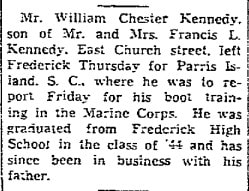 Frederick Post (May 4, 1946) Frederick Post (May 4, 1946) Mrs. Kennedy would attend a very important funeral here a few months later on October 5th, 1948. Her son, Francis Leo, and two nephews would be buried here, after having been buried first overseas. Mrs. Kennedy had another son, William Chester, who ascended to the rank of Private, 1st Class in the Marine Corps after being drafted into service in April, 1946. He would also attend the burial service at Mount Olivet for his brother and cousins. Sadly, just short of a year later, William C. Kennedy, himself, would die as a result of a horrific car accident near Funkstown in Washington County. The sedan in which William was traveling within, collided with a parked steamroller alongside the roadway. It was remembered as one of the worst in this part of Maryland’s history, compounded by the fact that the four occupants of the car (that a friend of Kennedy's was driving) died as a result. All four young men were military veterans. The September 25th, 1949 edition of the Frederick Post announced to the community the tragic loss on its front page. I first read about William’s untimely death back in early September in conjunction with research for a tour I gave to remember the 75 anniversary of Victory in Japan (V-J) Day. Interestingly, just the other day, I was wandering around in another part of Area EE doing some advance work for our WAA event. I found the grave of Archie D. Whisner, Jr. (born Feb. 10, 1927) had no flag. I had not heard of this Whisner, or though I thought. I made it a point to do some research and found that he was one of the hapless passengers in William C. Kennedys vehicle in Funkstown, that sad night of September 25th. His story is told in the above clipping. The two other victims of the accident, Raymond George Brown (b. Feb 9, 1925), and Charles Elmer Linton (b. Aug. 26, 1927), are also buried here on Area EE in adjoining lots to their friend, Archie Whisner. 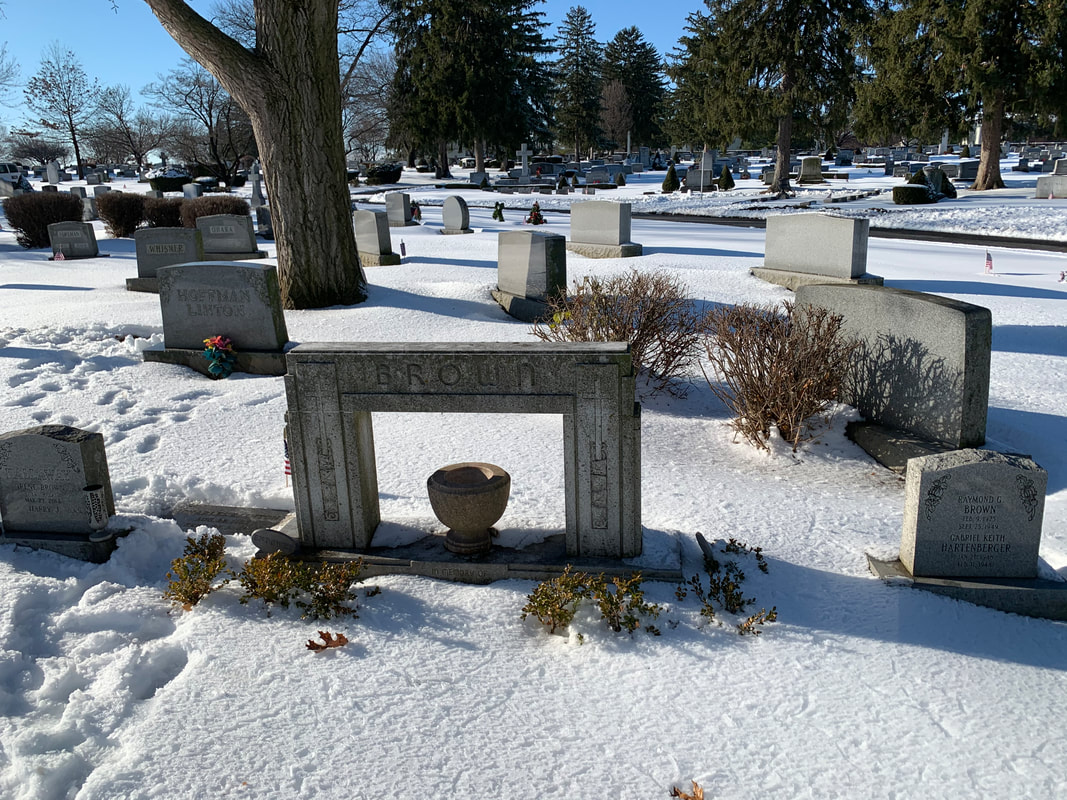 In this photo, the grave monuments of three of the victims are visible. Raymond Brown's upright stone is to the right of his family's larger lot monument. To the immediate left of the family stone is the ground level flat marker for Charles E. Linton in his family's lot. Diagonally behind the Linton family stone (to the left) is Archie Whisner's military marker (partially blocked) with the Whisner family lot stone further back. Meet the Smiths Not all veterans die in war or as a result of tragic accidents. To end on a more positive note, what about the majority of former military men and women that have the opportunity to enjoy the peace that not only comes after battle, but because of it? I found two such, who were a married couple, on the southeast side of Area EE, along the cemetery drive that parallels Grove Stadium and Stadium Drive. Both husband and wife served in the US Navy. They died one month apart and are buried in Area EE/Lot 137A. These are just a few of the many local veterans who put their lives on the line for us and our freedoms. Whether you participate in our wreath laying ceremony on Saturday or not, please devote a few seconds to remember those US veterans buried in cemeteries and memorial parks throughout the country and world. Like us, they had their regular routines disrupted like we have by Covid-19 and weather events such as this week’s snowstorm. But unlike us, some of these local, young people never had the opportunity “to grow old” in our beautiful town and county.
And by the way, feel free to bring a brush, shovel, broom to respectfully clear the gravestone and perhaps an extra wreath to place at the site of a US flaglet in one of the sections we are not able to cover with our WAA shipment. Earlier this week, one of my true career mentors celebrated his 94th birthday on December 9th. This is none other than George B. Delaplaine, Jr.—lifetime newspaper publisher and cable television pioneer. I mentioned in last week’s blog story that I graduated from the University of Delaware with a concentration in Mass Communications and History. Over 30 years ago, back in 1989, I was hired by one of Mr. Delaplaine’s companies, then known as Frederick Cablevision. As a wide-eyed, recent graduate, I was given my career start here, working as an audio-video specialist for the firm’s local television outlet known as Cable Channel 30 (soon to become Frederick Cable Channel 10). I could go on for days about Cable 10 and the incredible experiences had over my twelve years of employment under the Delaplaine and Randall families. For a good part of my time with this group, I served as the youngest manager and I always appreciated the trust my bosses had put in me as we did some pretty cool stuff for the community. One such was the televising of local sports such as live, Frederick Keys baseball games, a constant since their inception in 1989. We had a daily newscast Monday-Friday, public affairs talk shows, music performance showcases of local bands, a dining offering, live political cross-talk and even a Frederick version of the popular 1990s television phenomenon of Fox's "Cops." Of all these, however, the most satisfying moments featured my entry into the world of presenting history to viewers, culminating with the opportunity to produce historical documentaries like my idol, Ken Burns. For anyone that knows the Delaplaine and Randall families, history reigns supreme—especially local Frederick history. Looking back at my own history, I was certainly at the best place I could be. It was 25 years this past week that I was fortunate to win my first award for film documentary work. Mr. Delaplaine, and the corporation he chaired, gave me the opportunity not only to display my talents, but more so trained me to perfect those talents, while adding greatly to my professional skill set in so many ways. The parent company to Frederick Cablevision was called the Great Southern Printing & Manufacturing Company, incorporated in 1888. Eight years prior, George B. Delaplaine Jr.'s grandfather had started a printing company with various partners. In 1883, this group started a daily newspaper in an effort to further monetize their print operation. In time, this venture would eventually come to be known as The Frederick News-Post. This endeavor, originally launched as The News, would certainly become a family affair, but not necessarily by choice as Mr. Delaplaine's father and multiple uncles were somewhat pushed to work for "the paper" because of a tragic circumstance. Mr. Delaplaine, the third generation under this umbrella, added to the printing and publishing corporation's portfolio by introducing cable-television here in Frederick in 1966. Ironically, I too was conceived in this year and born in January, 1967. 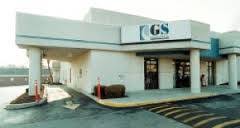 I came into Great Southern at a very exciting time, because cable-television truly came of age in the 1980s and 1990s. When I started, the company had 300 employees in all its divisions. That number would grow to nearly 500 going into the new millennium—one that saw us offering digital products and most importantly, internet service. When thinking back on my day-to-day experiences in that job, one word—family— can succinctly sum up my twelve-year tenure before our company, known then as GS Communications, Inc., was sold to Adelphia Communications of upstate New York. This occurred in the fall of 2001. From day one on the job, I felt as if I was part of a family—my employees and staff made me feel this way, my co-workers and fellow managers made me feel this, and my supervisory staff made me feel this. Yes, there were a few bad days and plenty of unique challenges inherent with my job, but when pursuing these, I always felt that “my work family” had my back. In respect to that family, I fondly remember working with members of the sister company (Frederick News-Post), not to mention the Randall family members, related through Mr. Delaplaine’s sister, Frances Ann Randall. "Franny" passed two years back in May, 2018 and is resting within our hallowed grounds on Area DD in a lot purchased by her parents, George Birely Delaplaine, Sr. and wife Ruth Carty Delaplaine. With it being holiday time, I recall our departmental Cable 10 Christmas parties, and the annual joint holiday party shared with the News-Post staffers. I also recall the annual holiday bonus we received from the family, not to be expected, but always appreciated. In reminiscing with former co-workers from both companies "of old" under the Delaplaine moniker, I lament the slow extinction of the magical entities of large, family-run companies and the atmosphere I have described. If you are lucky enough to work for one currently, cherish and appreciate your good-fortune! The vibe and company culture I experienced reflected the Delaplaine family (and my connections of George B. Delaplaine, Jr. and Frances Ann Randall) to a T, as they used to say. And with this particular company, that “T” was a symbolic one, found as the middle initial of the firm’s original founder, one all employees would become acquainted with upon their new staff member orientation. The gentleman's name was William T. Delaplaine, and from a historical point of view, it's easy to see that he created a family atmosphere that would shroud a corporate culture passed down through employees over the next 120+ years. William T. Delaplaine In this heightened season of “giving,” I thought it was the perfect time to chronicle the life, and death, of this newspaper and printing icon. With his newspaper, William T. Delaplaine gave the citizenry the news they sought, and in doing so, gave advertisers the customers they needed. Delaplaine even gave back to the community in benevolent ways, something that would always define the corporation and still holds true locally in the Delaplaine and Randall names through with gracious work of respective family charitable trusts. The roots of this latter attribute actually played a role in part to our subject's untimely death at the age of 35. This occurred during one of Frederick’s first, concerted wide-scale efforts to feed those less fortunate through a hugely, successful food drive. Sadly for William T. Delaplaine, a sacrifice of his own personal health in the name of charity came as a result of tireless work put toward this benevolent endeavor. He died of pneumonia in February, 1895. Along the lines of George Bayley in Frank Capra’s holiday classic “It’s a Wonderful Life’”, had William T. Delaplaine never been born, I surely wouldn’t be in the seat I am today writing this blog as historian of Mount Olivet. The “original” Mr. Delaplaine’s grave site is less than three football field lengths away from the desk at which I sit. I often think of this fact, along with his inspiring story when exploring the environs of Area Q which boasts his family burial lot. 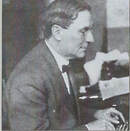 Folger McKinsey Folger McKinsey William Theodore Delaplaine was a native of Frederick County, and rose to prominence at an early age with business pursuits begun at twenty years of age. His boyhood home had a direct influence on him as it doubled as a prosperous family business. This was the prominent site known as Michaels Mill, south east of Buckeystown, and located adjacent the Monocacy River and accessed today by the riverside road of the same name of Michael’s Mill. I cannot do justice to the amazing biography penned by legendary News-Post writer Folger McKinsey. This was written for inclusion within the History of Frederick County, Maryland, (published in 1910), as part of a tribute to William T.’s son, Robert Edmonston Delaplaine. William Theodore Delaplaine, only son of Theodore C. and Annie (Edmonston) Delaplaine, was born at “Monocacy Mills,” in Baker’s Valley, Frederick County, Md., January 3, 1860. He received his early education in the district school near his home, and his boyhood was spent in the country. In early life, he manifested that spirit of enterprise and ambition which marked his mature years. In 1875, he removed with his family to Frederick City, and in 1877 was employed by Mr. James H. Gambrill in milling. However, Mr. Delaplaine was impatient to reach a sphere of greater usefulness, and, having decided upon a business career, he entered Eastman Business College, Poughkeepsie. N. Y., where he took a full course and graduated with high honors. He returned to Frederick not only equipped with his native energy, industry and perseverance, but well trained for a successful business career. In 1880, Mr. Delaplaine opened a job printing office on the third floor of the old Macgill building, where the Citizens’ National Bank now stands, the firm name being Schley, Marken & Delaplaine. The plant was afterwards removed to the corner of Court and Patrick Streets, and from there to the upper story of the Whalen building, near the Square Corner. The firm passed through several changes bearing the name of Schley & Delaplaine, and W. T. Delaplaine & Company, keeping the latter until its incorporation as the Great Southern Printing and Manufacturing Company, its present title. The steady growth of the business demanded a change of location, and, in 1887 the building now occupied having been completed, it was leased. Recognizing the demand in this city for a daily paper that would be a newspaper, the Daily News was established in 1883 followed, in a few months by the Weekly News. Mr. Delaplaine was determined that The News should gain and maintain the leadership, therefore the Morning Call was bought and consolidated with The News, and afterwards The Times was also purchased. In connection with the publication of the paper, Mr. Delaplaine built up a printing business that extended to all parts of the State. The plant has grown in extent and value until it has become the largest in Maryland, Baltimore City only excepted. Mr. Delaplaine’s energy was not, however, absorbed by his business. The growth and progress of the city were matters of great concern to him, and he was always ready to assist every legitimate public undertaking. He was interested in the sale of typewriters, real estate, and bicycles. Mr. Delaplaine was a man of strict integrity, and great earnestness of purpose. His indomitable energy established his business through years of hard work, and brought financial success. 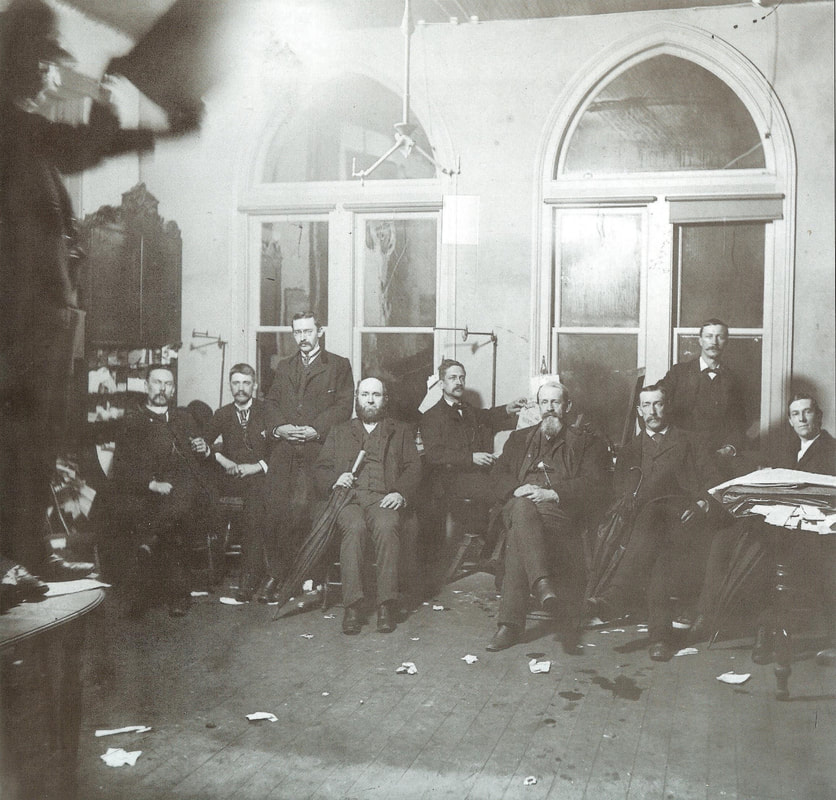 An iconic, local photograph from 1890 captures the first demonstration of electric light in Frederick. The photo was taken in one of the upper floors of The News office at 42 North Market. William T. Delaplaine is pictured sitting sideways against the wall in the center of the photograph taken by J. Davis Byerly and assistant J. Frederick Kreh. In personal life, William Theodore Delaplaine was married, April 2, 1884, to Fannie, daughter of the late George E. Birely, and a sister of George and Edward Birely, of the firm of George K. Birely & Sons. They have four sons: 1, Robert Edmonston; 2, George Birely; 3, William Theodore; 4, Edward Schley. These boys were brought into the newspaper business as children. Little did they know that “the family business” would end up being the life work for three of the four boys. A Life's Punctuation Mark I referenced earlier a food effort drive conducted in the winter of 1895. Apparently, this was sparked by a severe winter that befell the community. I found a few articles about this in The Frederick News, in which the company did simply more than just give the project publicity within its newspaper columns. William T. Delaplaine contracted pneumonia through the busy week of the food drive in mid-February. My friend John Ashbury's book entitled "...and All our yesterdays," includes a story handed down to Delaplaine's granddaughter, Franny Randall. She recounted that her grandfather not only lent the offices of the newspaper for food collection and distribution. Mrs. Randall went on to add: "He pitched in to help give out the supplies. All kinds of canned goods, flour, any kind of staples like that. Because the winter was so hard, and people were out of work and didn’t have ways to get food and so forth. So it was after a blizzard, I believe, in 1895, that my grandfather got pneumonia and died within a few days. Of course, they didn’t have any wonder drugs or anything in that time, and so pneumonia was like a kiss of death.” After a short battle of a few days, William T. Delaplaine succumbed on the 19th in the privacy of his home at 75 East Patrick Street, surrounded by family members. Folger McKinsey wrote the following passage for his epitaph: His private and domestic character was beautiful, and his unswerving integrity, and generous, kindly nature won for him not only the love of his immediate friends, but a full measure of public esteem and respect. As would be expected, the newspaper he founded spared no words in their glowing obituary tribute. William T. Delaplaine was laid to rest on the afternoon of Thursday, February 21st in Mount Olivet's Area Q/Lot 254 as mentioned earlier. At the time, this was the southern boundary of the cemetery's property. William T. Delaplaine left a grieving widow, four sons under the age of 10 and a successful newspaper and printing corporation. Relatives, including Fannie's brother Charles, and other professionals kept the business afloat until William and Fannie's sons came of age to run the business themselves. The fore-mentioned Charles also assisted his sisters in raising these youngsters into manhood as he took up residence in the Delaplaine household. 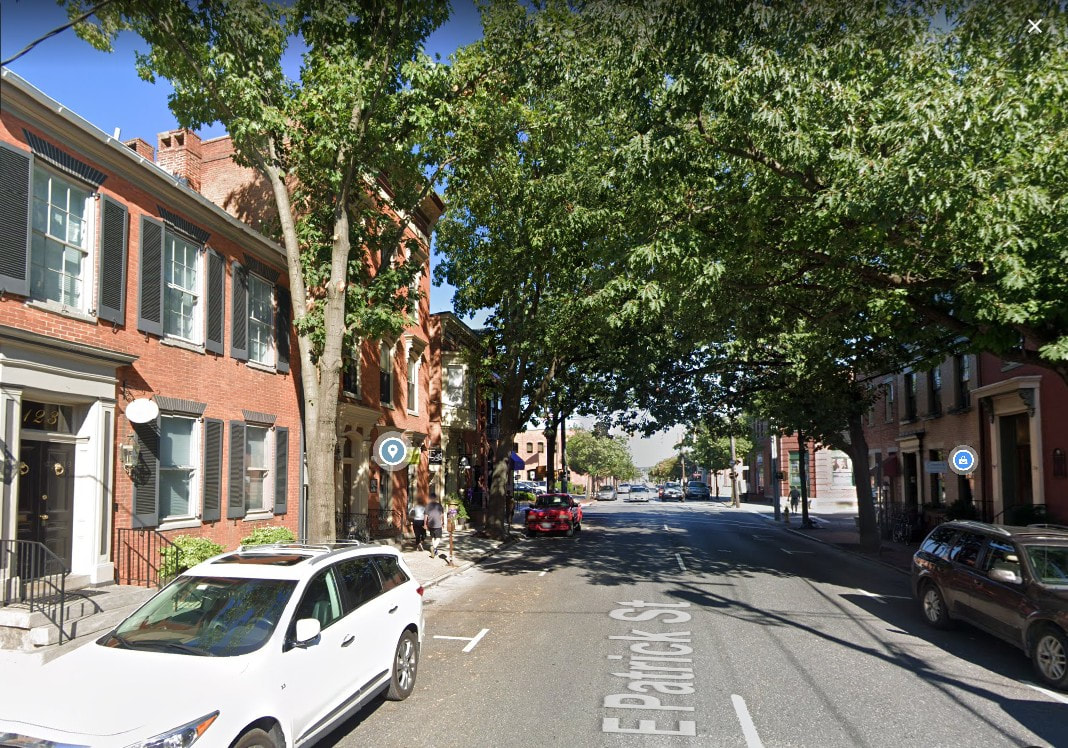 If the author's research calculations are correct, the building (2nd from left with locator pin) at 125 E. Patrick Street was the former home of William T. Delaplaine at the time of his death in 1895. Note that the future headquarters of the newspaper is located in the distance and to the right. Formerly the old trolley terminal (brick building with green trim) this building is on the southeast corner of the intersection between E. Patrick and Carroll streets and has been discussed in recent years as the proposed site for a new, downtown hotel and convention center.
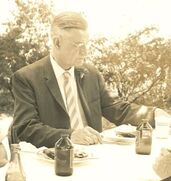 Judge Edward S Delaplaine (1963) Judge Edward S Delaplaine (1963) The youngest son of the newspaper founder, named Edward Schley Delaplaine will be a subject of a "Story in Stone" blog and is a man I truly wish I would have got to meet. He studied to become a lawyer and served as a judge on Maryland's Court of Appeals, however a primary love of his life was history and specifically, local Frederick history. He authored biographies on Francis Scott Key and Thomas Johnson, Jr., and was responsible for opening the Roger Brooke Taney Museum in the 1930s. Up until his death, Judge Delaplaine was involved as guiding force and emcee of every historical commemorative anniversary you could think of. He died on May 21st, 1989, just one day after my college graduation. I started with the company the following fall on November 3rd, 1989.
So while I'm handing out thanks, I certainly owe one to Judge Delaplaine too, and I certainly would be remiss if I overlooked the original founder of the company as well—thank you William T. Delaplaine! Author's Note: Special thanks to Marlene B. Young of the Delaplaine Foundation, Inc. for her unending support of my professional endeavors (including a few photos for this project)....it's now been thirty-one years and counting.
A familiar name caught my eye a few weeks as I was planting veteran flags on the cemetery’s Area Q. As a matter of fact, I can say it's not only a familiar name, but almost familial. The moniker is not that of a veteran, or a known relative, but I can attest that it is carved upon the face of what can best be described as a substantial monument. The name reads "John W. Cook" (the “W” standing for William). Since I was a little boy, my father made sure I knew the story of an ancestor who had come to this country in 1852 from Germany. His name was Johann Wilhelm Koch, and he was my father’s GG grandfather. This immigrant was the pivot point for not only my dad’s first major foray into the wonderful world of genealogy/family history process, but mine as well.
Having nothing to do with Frederick, Maryland, my close-knit Cook family have populated the small town of Delaware City, Delaware since Wilhelm’s arrival from New York City in the mid-1850s. I, myself, moved here to Frederick in 1974 from this former river town, known more today for its neighboring oil refinery than for its one-time standing as the eastern gateway to the Chesapeake and Delaware Canal. The town is located in the northern third of the state along the Delaware River, a few miles south of the town of New Castle and Wilmington further up the road. 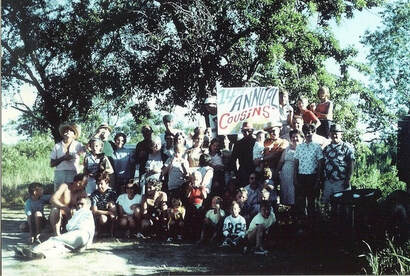 Late 1960s edition of the Cook family annual picnic Late 1960s edition of the Cook family annual picnic I have vivid childhood memories of the Cook family “Cousins’ Club,” a fun-loving group that was highly active throughout the second half of the 20th century. They held annual reunions in the form of Christmas and Easter parties. Each summer, a hay wagon loaded with Cook cousins departed town being pulled by a large tractor and headed for nearby Augustine Beach on the river, for the yearly picnic. This same group also spent plenty of time together at a shared beach cottage owned by one of my father’s great-aunts bought back in the late 1930s and located in Old Fenwick Island (Lea and 138th streets in today’s north Ocean city). My Dad painted a vivid picture of childhood beach trips with particular memories of adults playing cards and enjoying alcoholic libations until the wee hours of the morning, while the kid cousins were "packed in like sardines" on surplus army cots in the attic, sleeping head to toe, and without air conditioning. The reason I bring any of this up is due to the reason that history has a way of conjuring up our own past experiences and memories of family that are no longer with us. I’ve said many times before, in this blog, that cemeteries are incredible portals to connect and give context to not only the past—but “our own personal” past, and those we never got the chance to meet as they occupy much higher stations on our respective family trees. 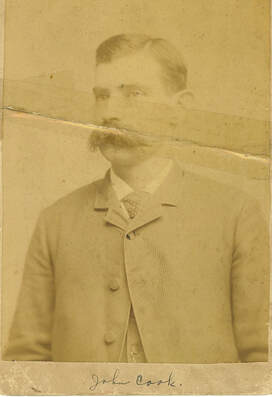 In my case, the Cook family progenitors included Johann Wilhelm Koch (1827-1862), a carpenter by trade, and his wife, Catherine Sebastian (1832-1912), who arrived separately in America in the early 1850 from the Alsace region of France. By early 1862, these two newcomers to America found themselves the parents of two boys, Adam (b. 1857) and John (b. 1859), with a baby girl (Elizabeth) on the way to be born in June of that year. Sadly, Wilhelm died of smallpox in April of that year, only 34 years of age. His son, John Cook, would follow in his father’s footsteps as a carpenter, but also died relatively young at the age of 51 in the year 1911. John's wife had died of whooping cough back in 1903. Surprisingly, my GG grandfather is buried in a very understated family plot devoid of upright markers in Delaware City’s original Catholic cemetery. He is buried there with his mother, wife, siblings and a few children. John T. Cook's father, “Wilhelm,” is resting in peace just across the fence in the neighboring Presbyterian Church burying ground. Well that’s my personal trip down memory road, thanks for joining me. You see, that is what this monument in Area Q did to me—it sent me into a time passage! So that's all well and good, but who the heck is Mount Olivet’s John William Cook? If anything else, I can tell you that he was a man with a much more impressive monument than my Delaware Cooks. John William Cook, Jr. I learned two things that help tp explain the substantial marble grave monument that sits above his gravesite on Area Q/Lot 260: 1.) John William Cook, Jr. was a prosperous farmer, and 2.) He married quite well in respect to money and prominence. Our subject was born June 18th, 1825, the son of John William Cook, Sr. (1804-1864) and wife Christina Myers (1799-1861). He was the oldest of eight children, five boys and three girls. His father was a German immigrant, born Johann Wilhelm Koch in 1804 in Vlotho, Westfalen, Prussia. This gentleman emigrated to America in the early 1800s and married the earlier mentioned Christina Myers in Trinity Chapel, Frederick’s German Reformed Church, in September, 1824. Miss Myers appears to have been a local girl, born at Silver Run in today’s Carroll County, but was still Frederick County at the time of her birth. Christina’s grandfather was a German immigrant who settled in York, PA. The family appears to have moved to the Jefferson vicinity of Frederick, likely close to, or on, Catoctin Mountain. This is where I presume she met her husband, John William Cook, Sr. Both can be found here in the 1860 US Census, and would be buried within the decade in the town’s German Reformed Church burying ground. 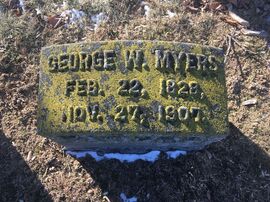 Grave of George W Myers in Mount Olivet's Area Q Grave of George W Myers in Mount Olivet's Area Q Christina (Myers) Cook’s nephew, George Washington Myers, can be found living at a locale known as Church Hill on the east side of the mountain on the original Carrollton Manor land patent made by Charles Carrollton the Settler around 1724.His property is shown on the 1873 Titus Atlas in the Buckeystown District. George had taken over the family farm homestead at the time of his father’s (Peter Myers, Jr.) death in 1870. Peter Myers, Jr. was our subject John William Cook’s maternal uncle, making George Washington Myers a first-cousin. Peter is buried at Church Hill’s namesake “church,” once known as St. Matthew’s German Reformed Church which also shared their house of worship with a Lutheran congregation. The burying ground sits on both sides of Ballenger Creek Pike, and the church today is known as Emmanuel Trinity Lutheran Church. South of the Myers’ property was “Carrollton,” a 273-acre farm belonging to our subject John William Cook, and wife, Charlotte. It actually came through Charlotte’s family. Cook had married the former Charlotte Thomas on September 3rd, 1856. John had known Miss Thomas for quite some time as he can be found in the 1850 census living on the Thomas family plantation and working as a farm hand. He would stay here on this farm for the rest of his life. Charlotte was born on March 9th, 1823. She was named for her mother, Charlotte Thomas, and her father was George Thomas. Both are buried at the nearby Manor Reformed Cemetery, along with an older brother. Four of Charlotte Cook's siblings are buried in Mount Olivet. I was interested in finding the family farm, but there is not much that still exists in terms of structures. The 1840 brick farmhouse and a few outbuildings were captured (as part of the Cook-Culler Farmstead) a few decades back thanks to a Maryland Historical Trust inventory survey which can be found online at: mht.maryland.gov/secure/medusa/PDF/Frederick/F-1-212.pdf There’s not much more to tell about this couple as they had no offspring. Sort of ironic as the theme here has been genealogy and the layers of ancestors and descendants that a given individual may have. John William Cook had to deal with debilitating circumstances late in life, brought on by paralysis and a few mishaps along the way as the following news clippings will attest to. John W. Cook, Jr. died February 21st, 1897. He would be laid to rest in Mount Olivet four days later. Charlotte (Thomas) Cook would eventually move into the City of Frederick, residing at 76 E. Church Street. She died on June 21st, 1904. Although I have no relatives of my own in Mount Olivet, I have to say that this substantial, familial marker and monument to the Cooks will remind me of my own family history and how it continues to inspire me to research and learn more about my roots. Who knows, if I go back far enough in that German line, I may find that my relatives may be distantly related to this early Frederick family. Herborn, Germany of my personal heritage is only 105 miles from Vlotho, home to Mount Olivet's John William Cook's ancestors.
When it comes to genealogy, I guess you can't have too many "Cooks" in the kitchen, can you? |
STORIES
|
Archives
July 2024
June 2024
May 2024
April 2024
March 2024
February 2024
January 2024
December 2023
November 2023
September 2023
August 2023
July 2023
June 2023
May 2023
April 2023
March 2023
February 2023
January 2023
December 2022
November 2022
October 2022
September 2022
August 2022
July 2022
June 2022
May 2022
April 2022
March 2022
February 2022
January 2022
December 2021
November 2021
October 2021
September 2021
August 2021
July 2021
June 2021
May 2021
April 2021
March 2021
February 2021
January 2021
December 2020
November 2020
October 2020
September 2020
August 2020
July 2020
June 2020
May 2020
April 2020
March 2020
February 2020
January 2020
December 2019
November 2019
October 2019
September 2019
August 2019
July 2019
June 2019
May 2019
April 2019
March 2019
February 2019
January 2019
December 2018
November 2018
October 2018
September 2018
August 2018
July 2018
June 2018
May 2018
April 2018
March 2018
February 2018
January 2018
December 2017
November 2017
October 2017
September 2017
August 2017
July 2017
June 2017
May 2017
April 2017
March 2017
February 2017
January 2017
December 2016
November 2016


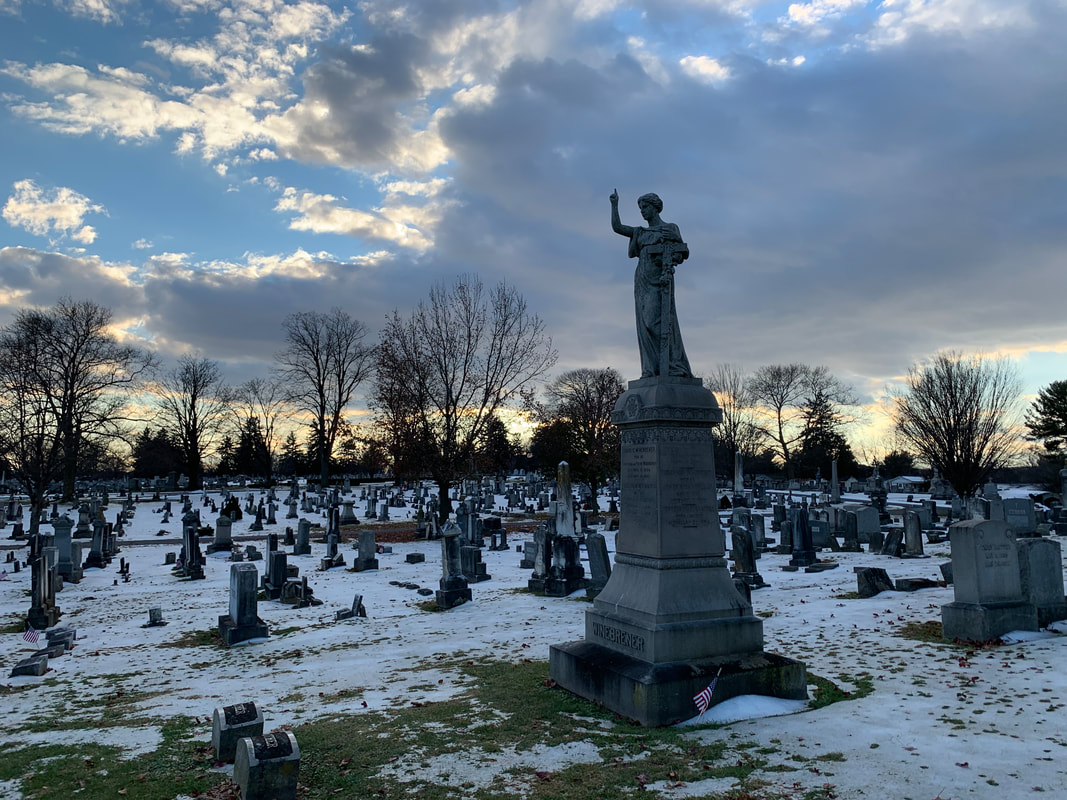

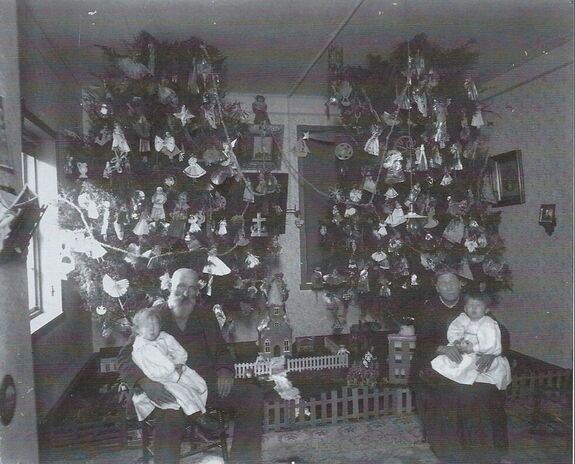
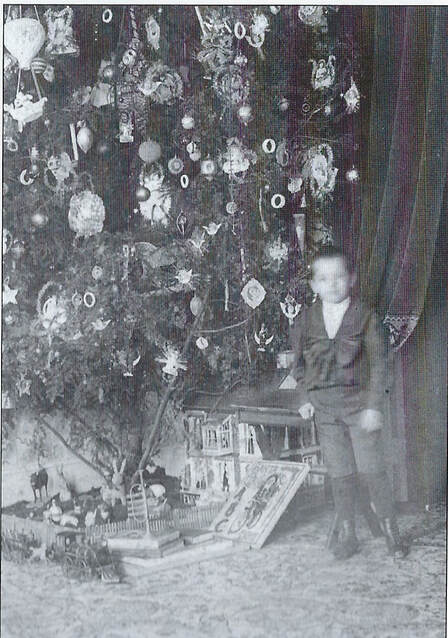

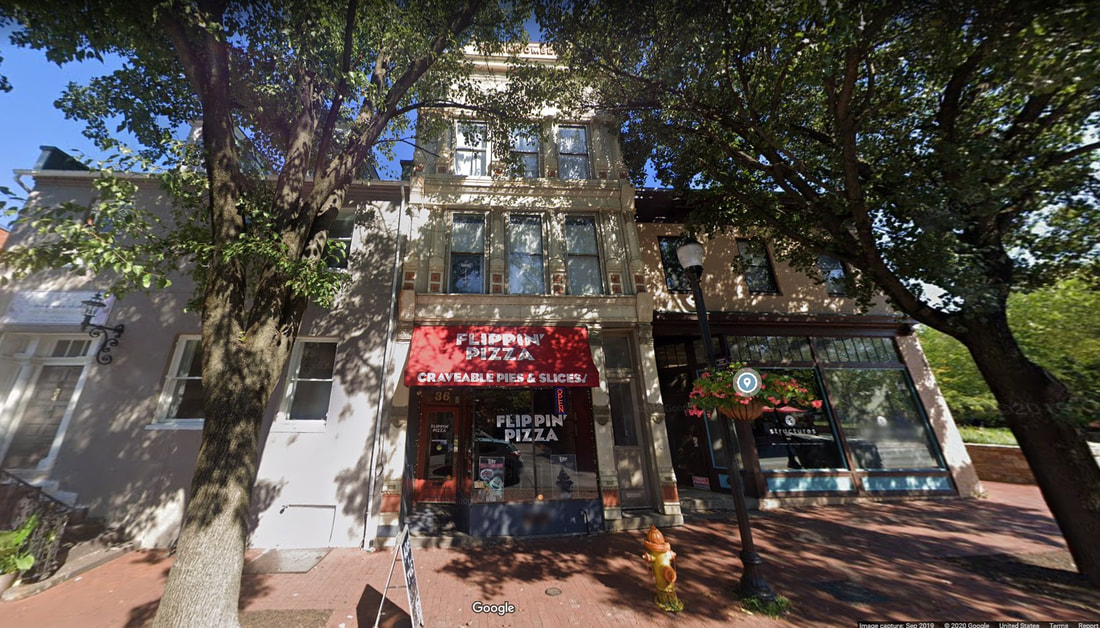
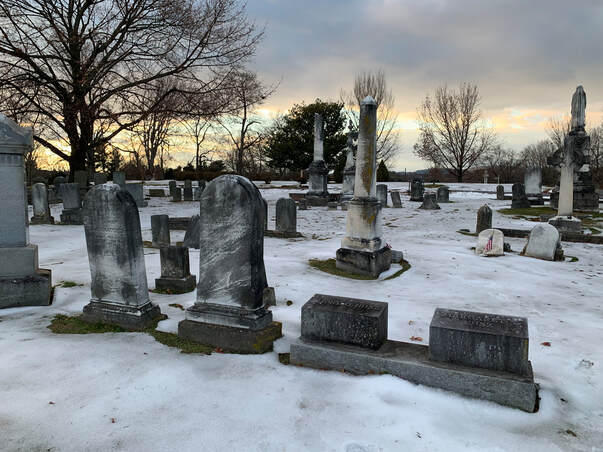

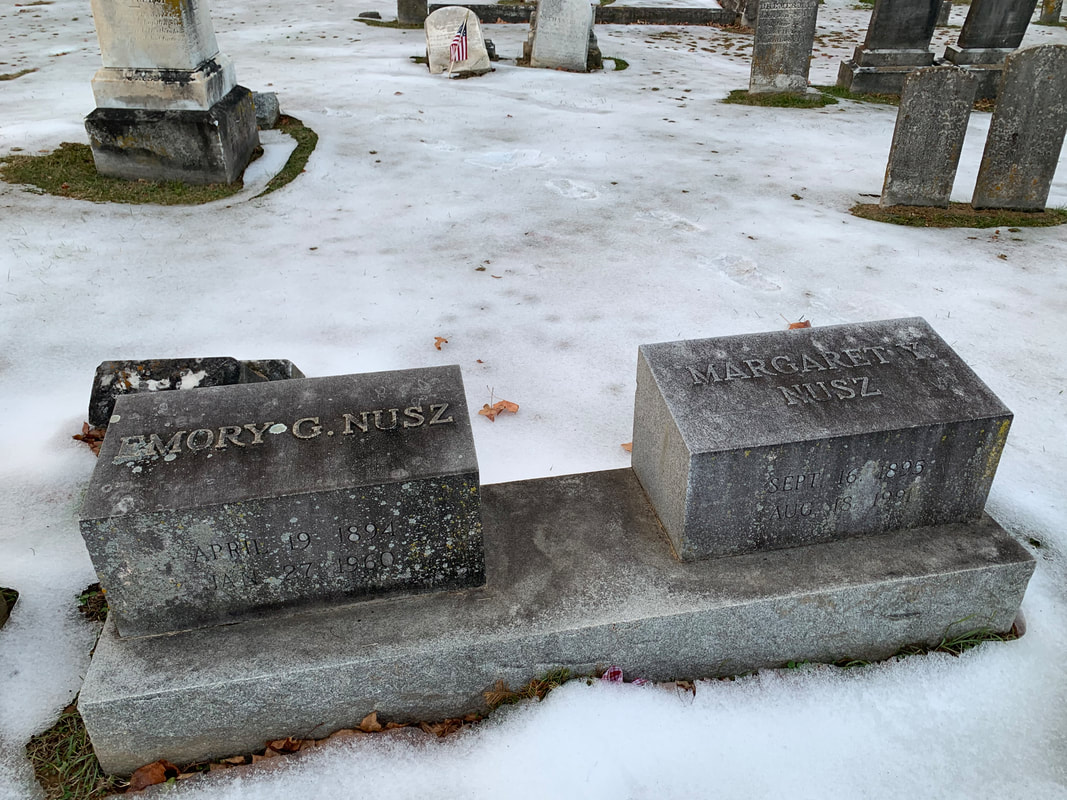
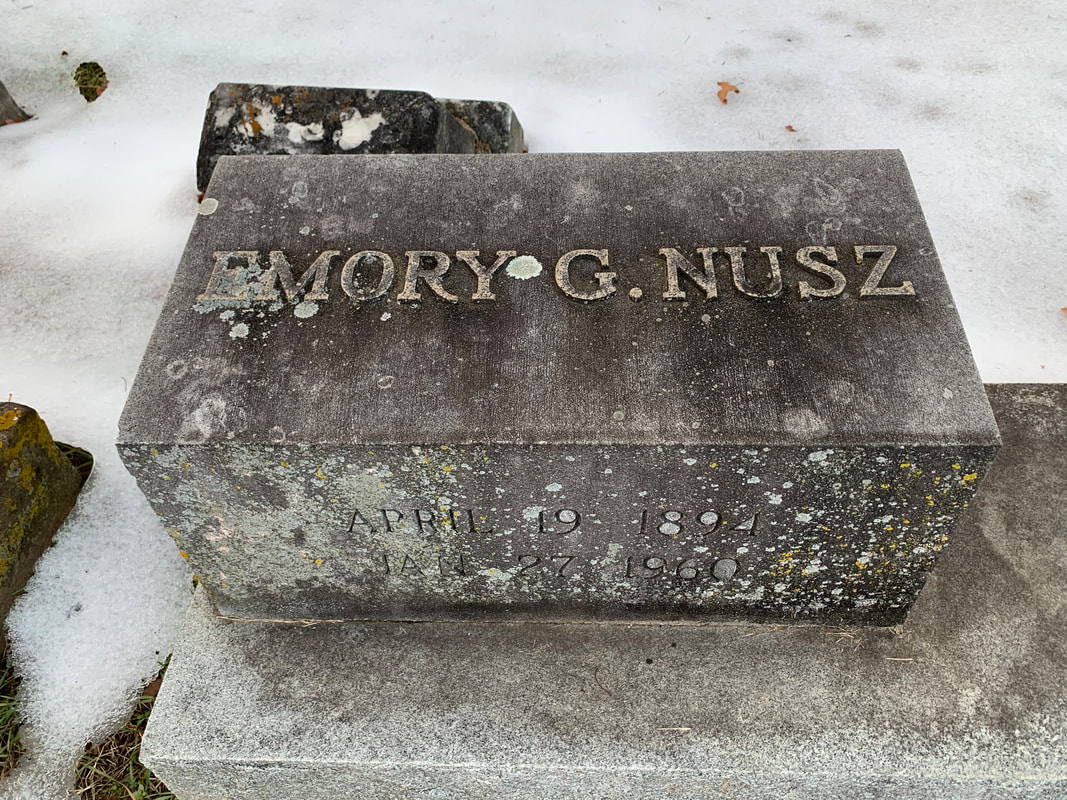
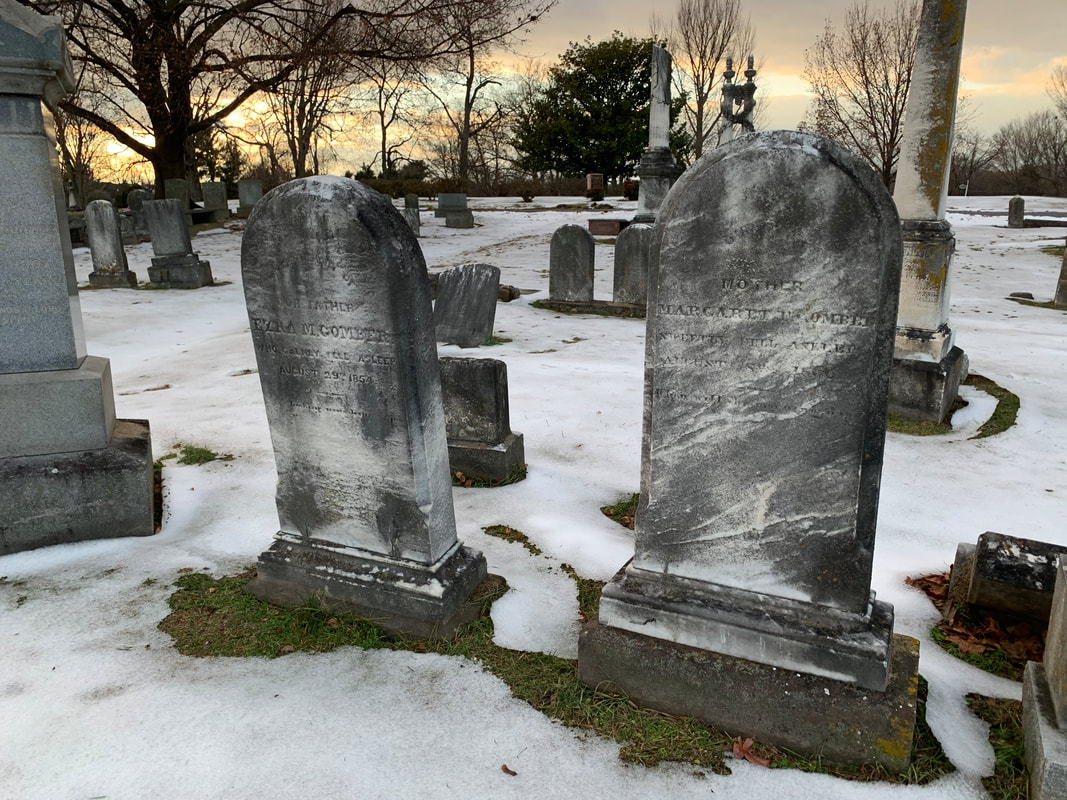
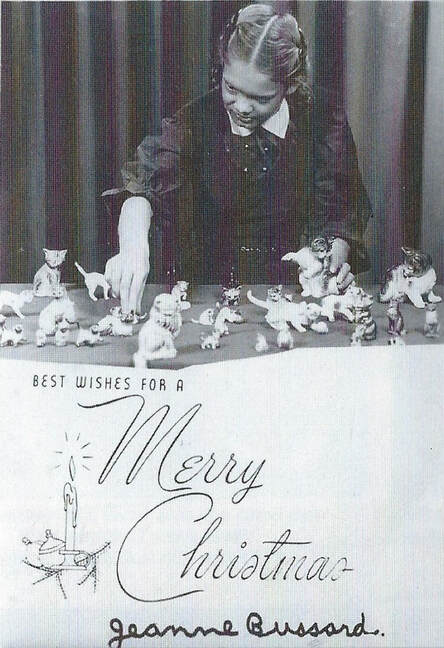
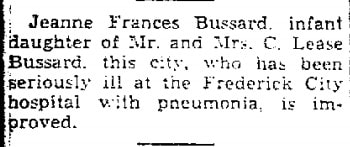
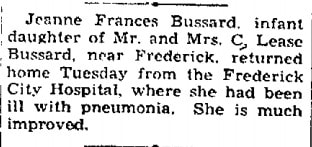
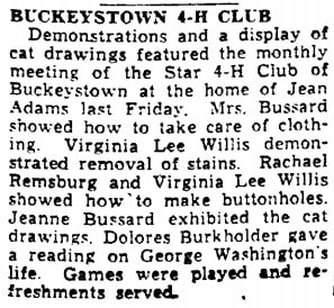
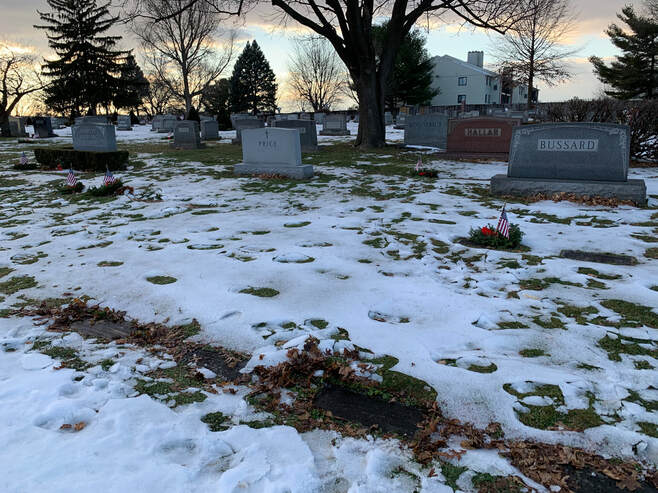
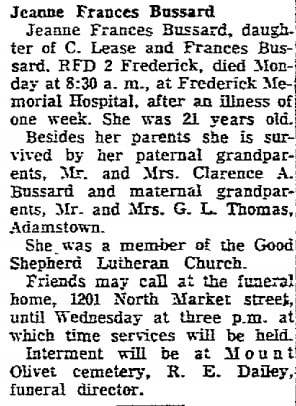
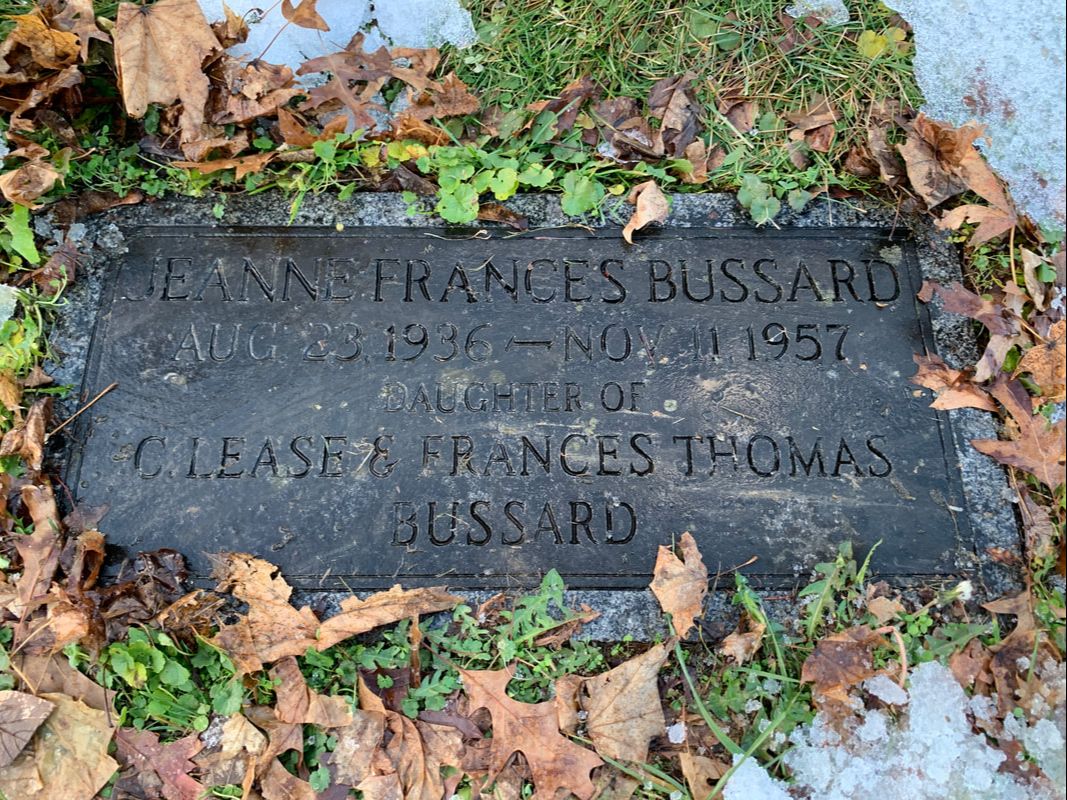


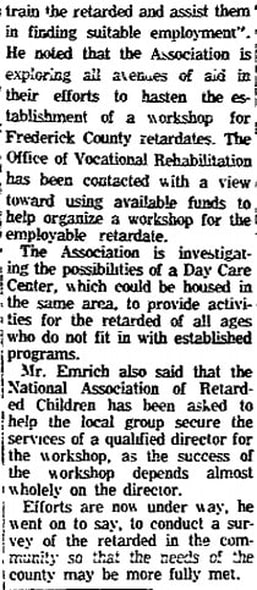
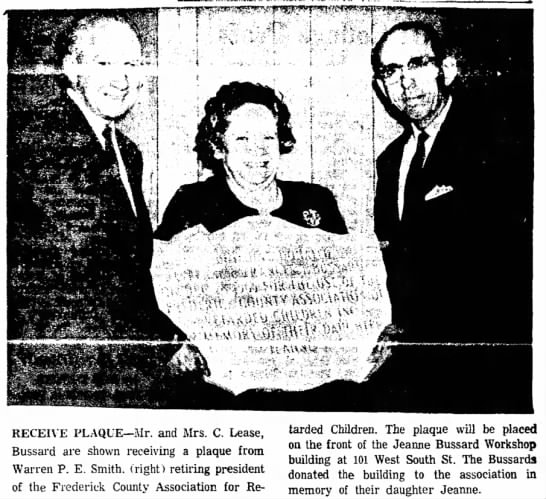
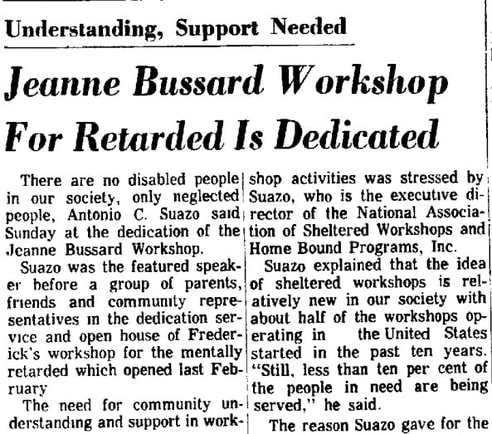
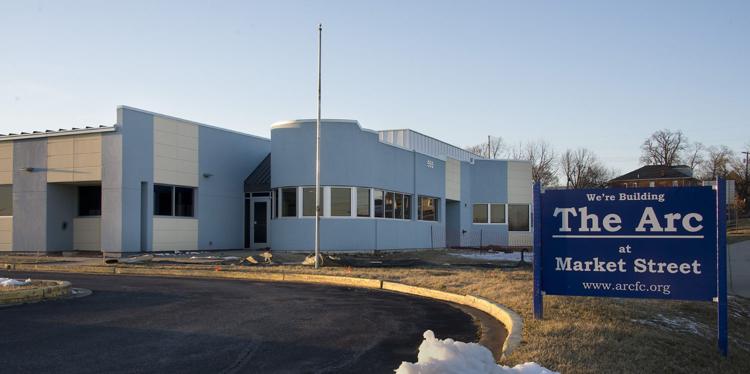
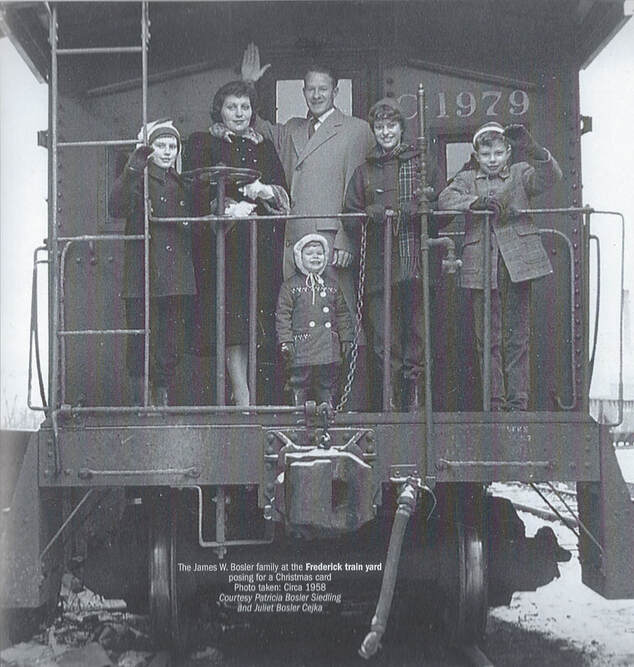
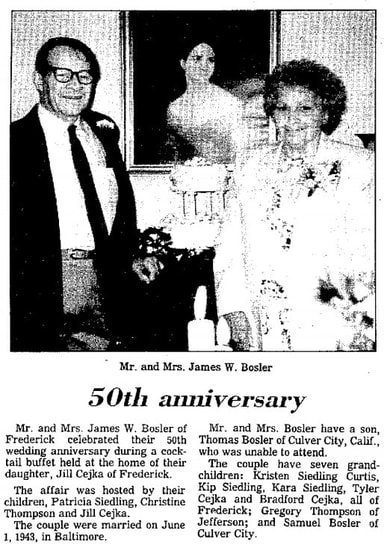
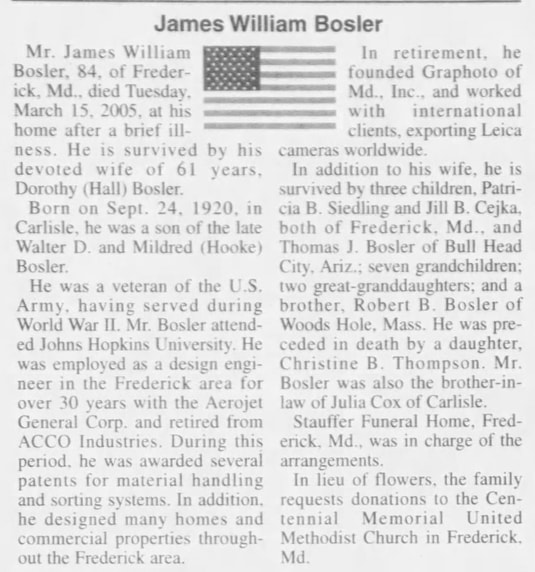
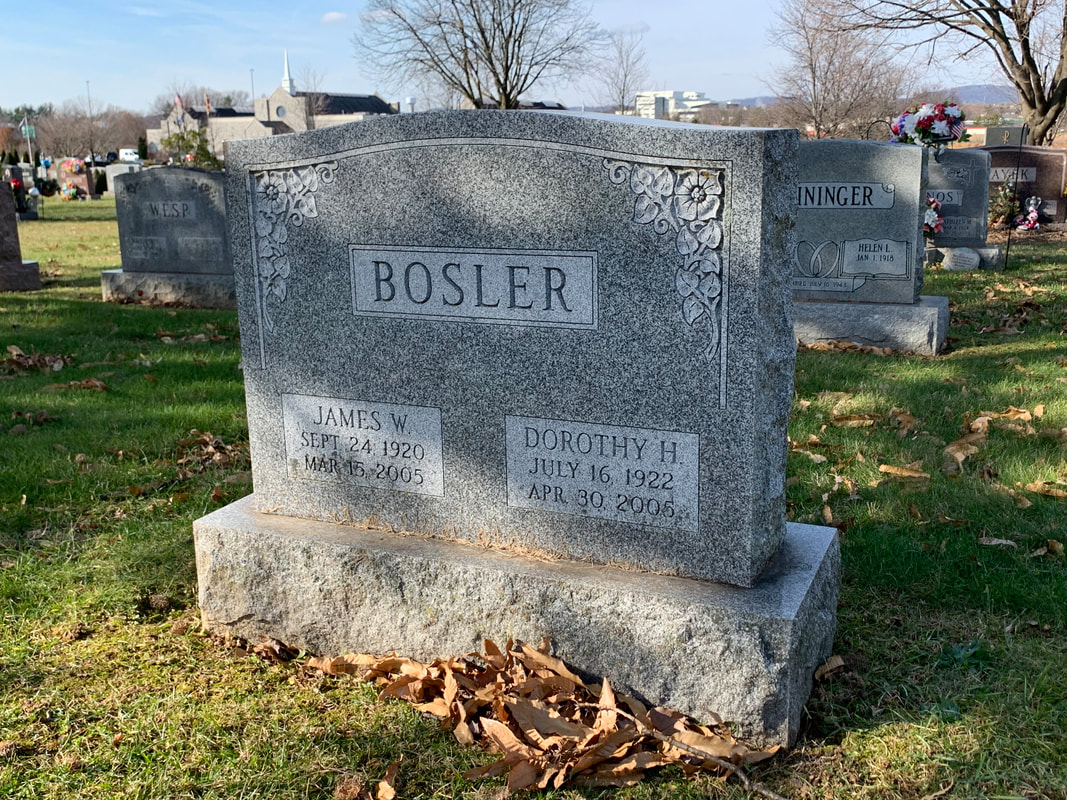
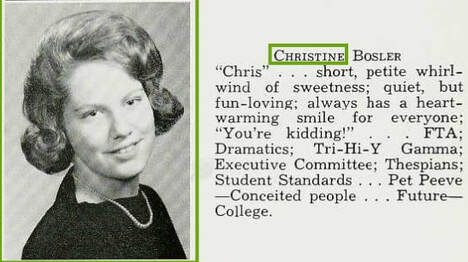
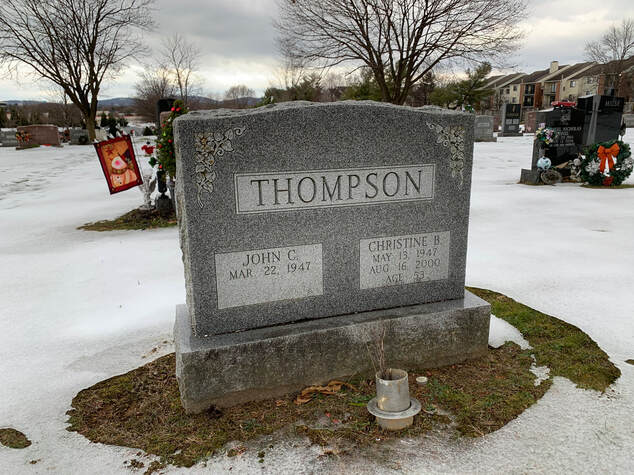
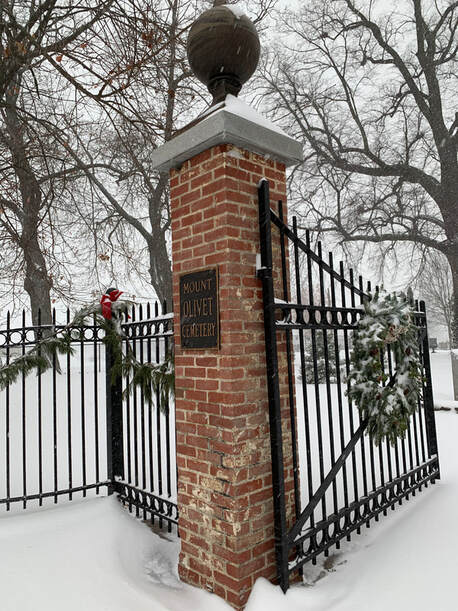
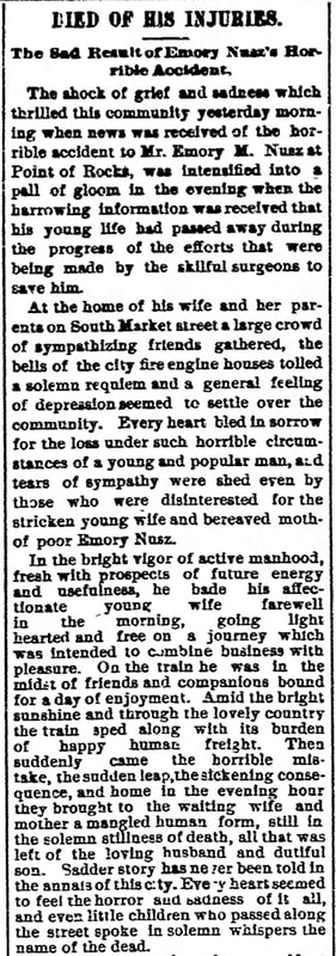

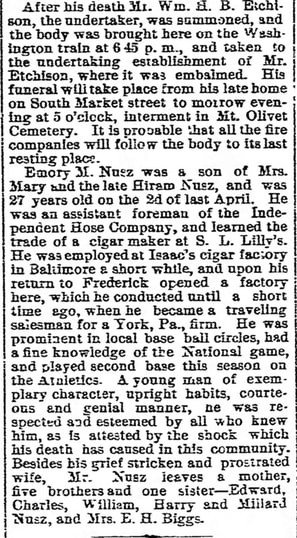
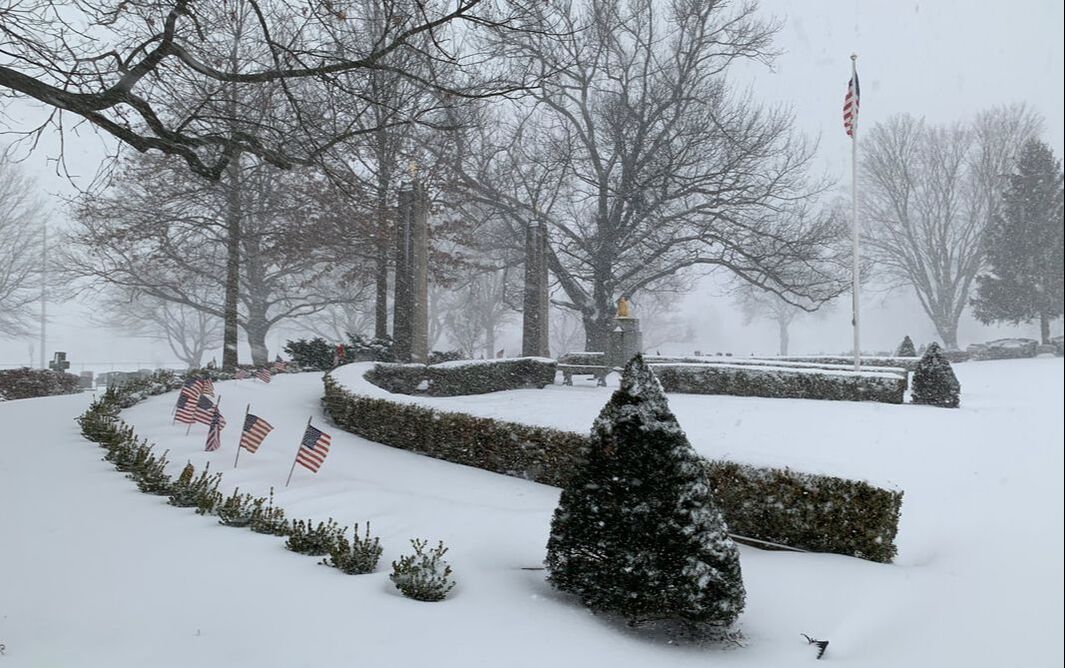
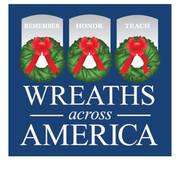
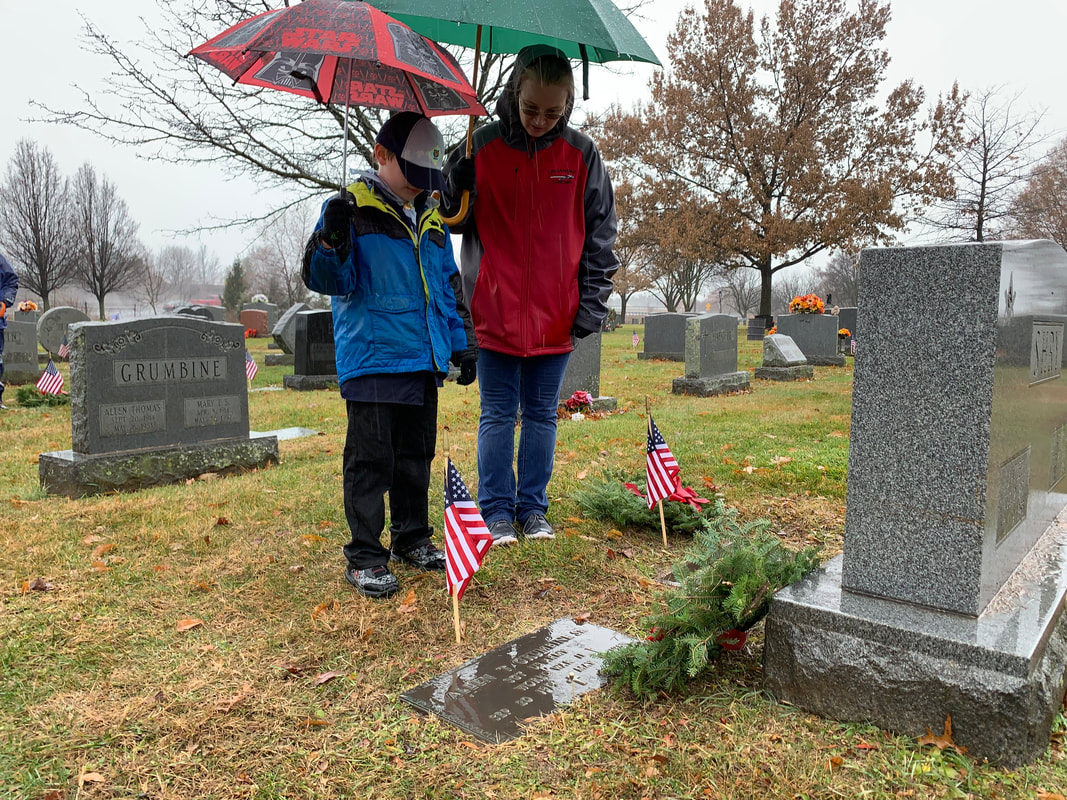
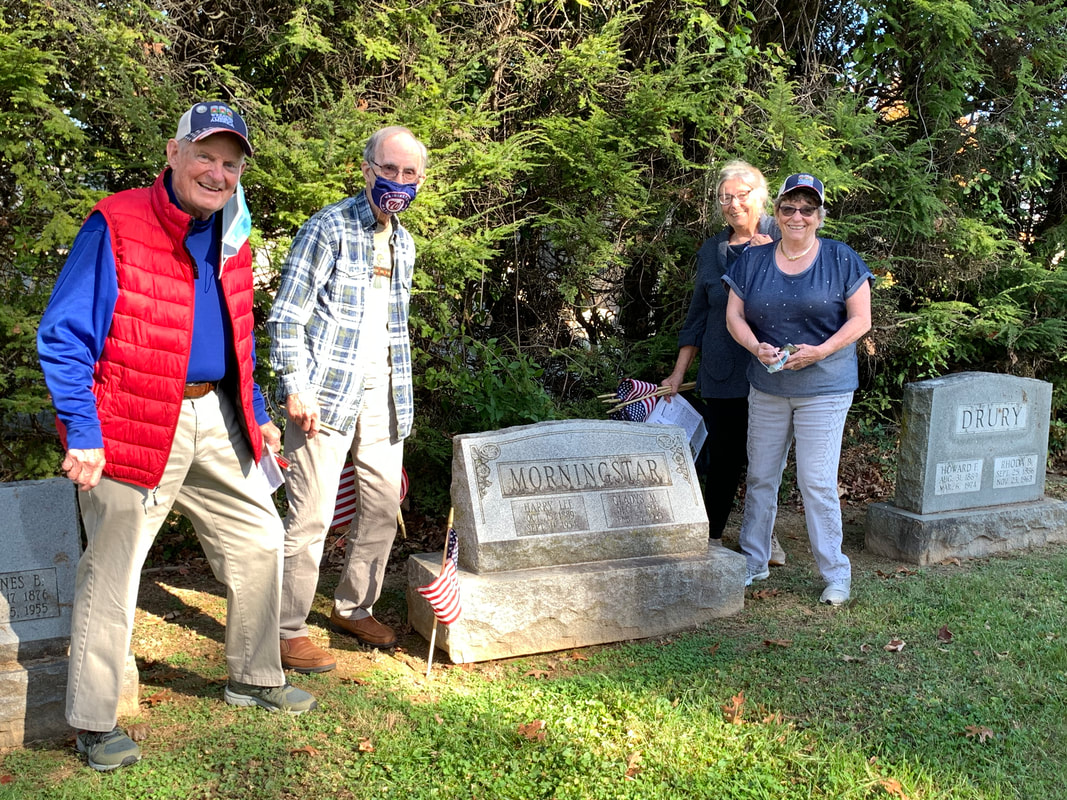
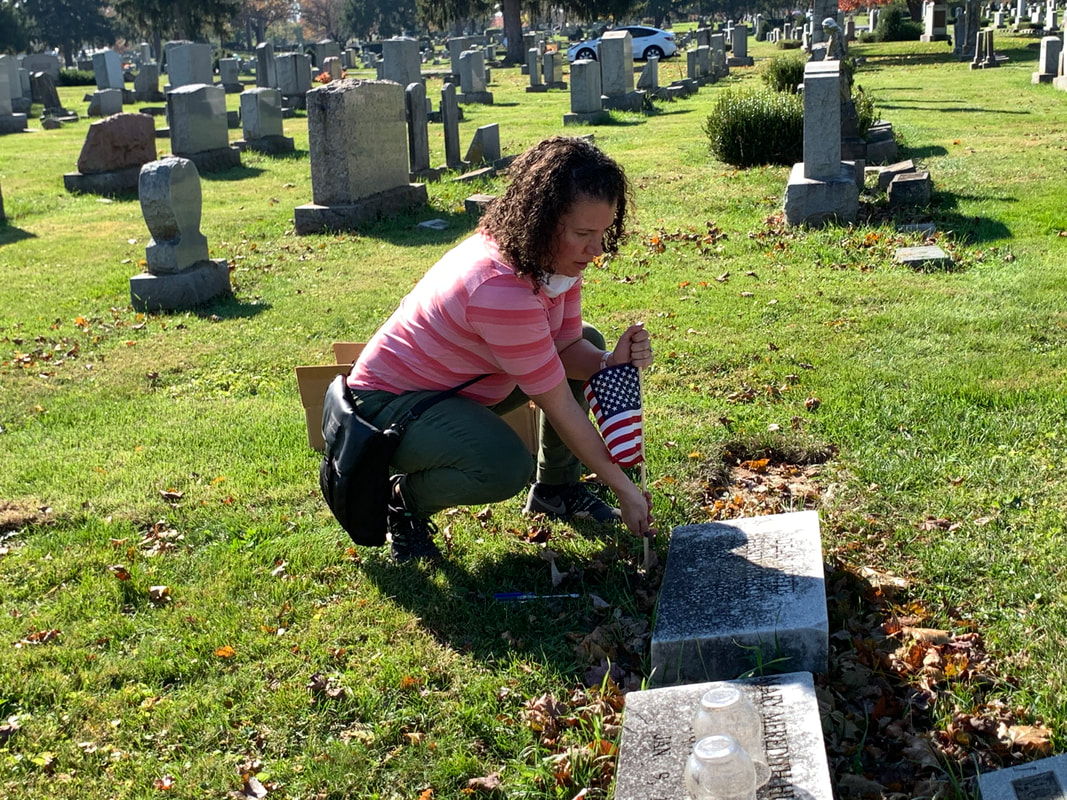
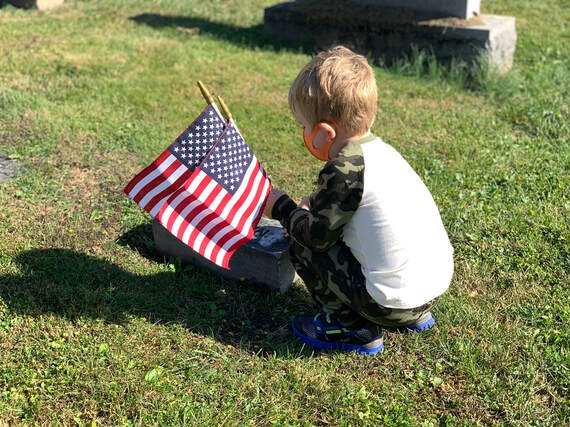
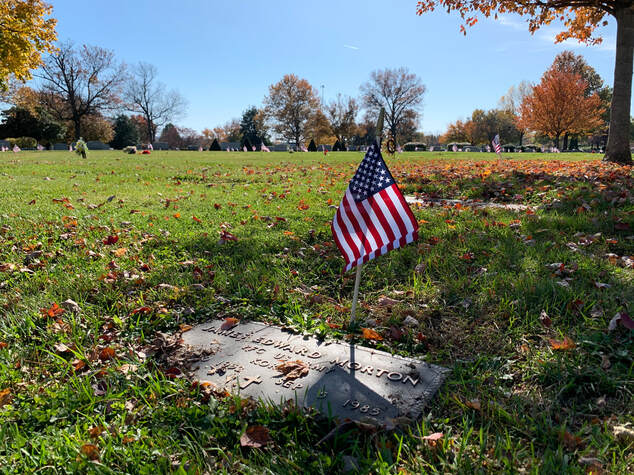
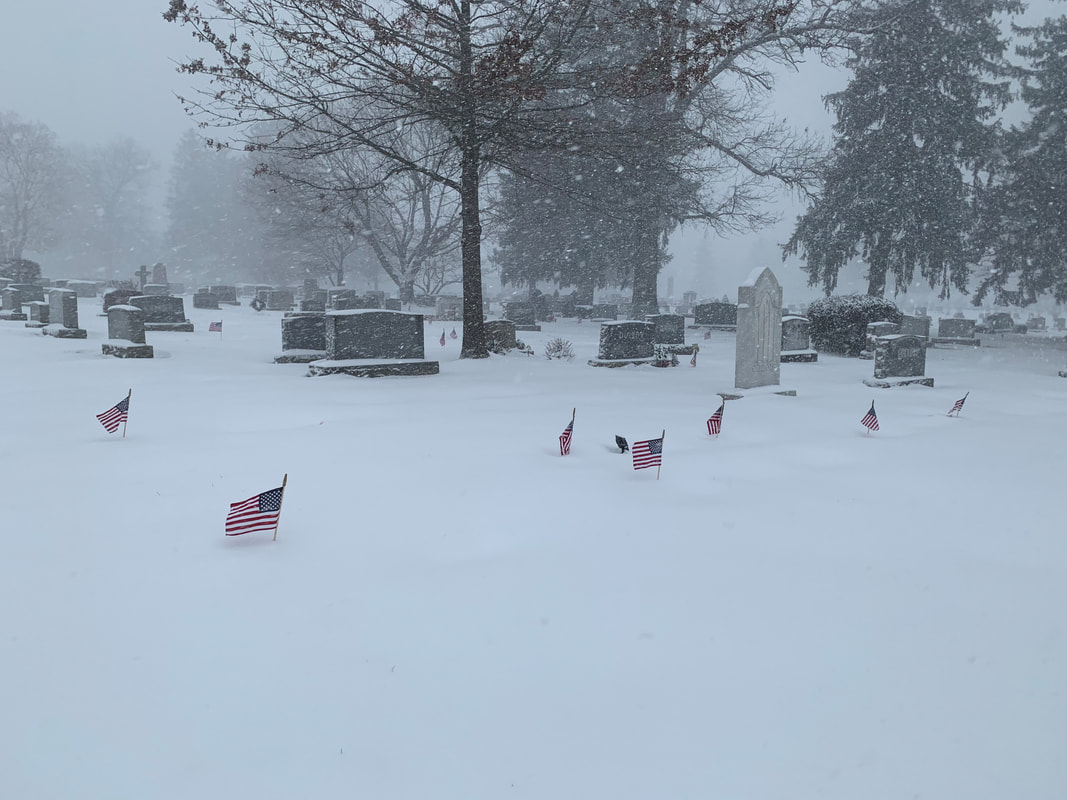
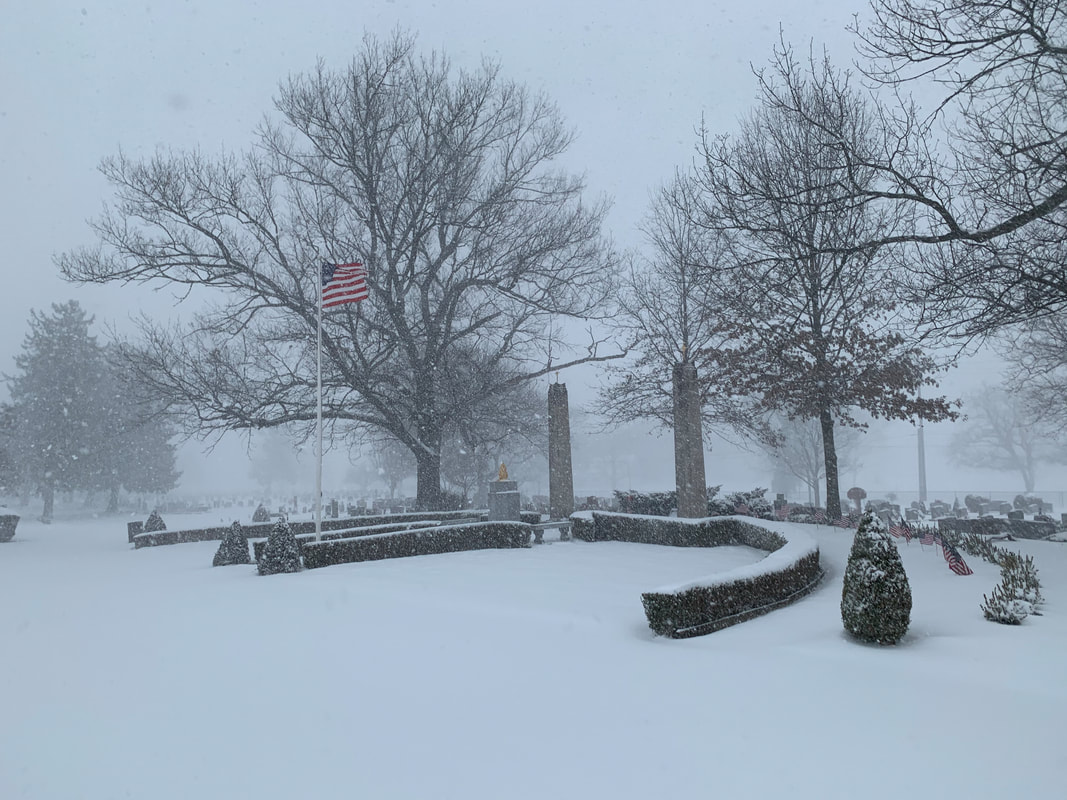
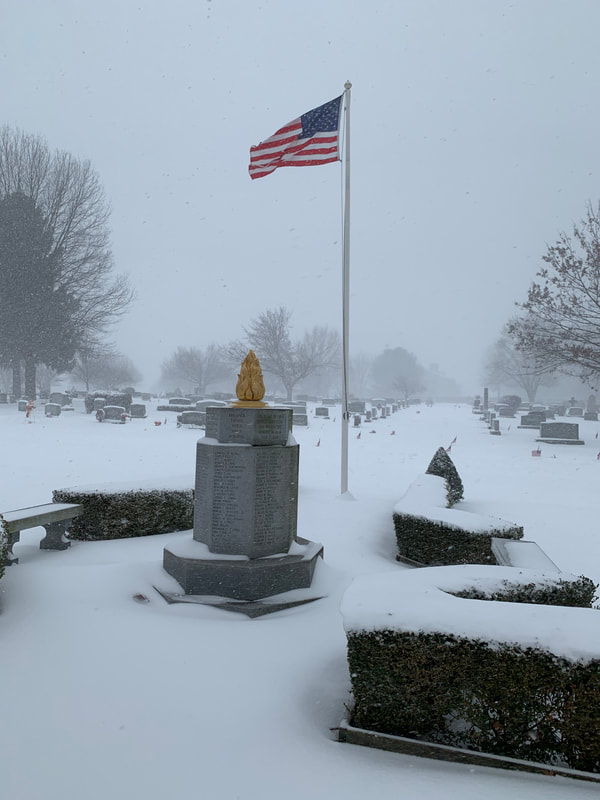
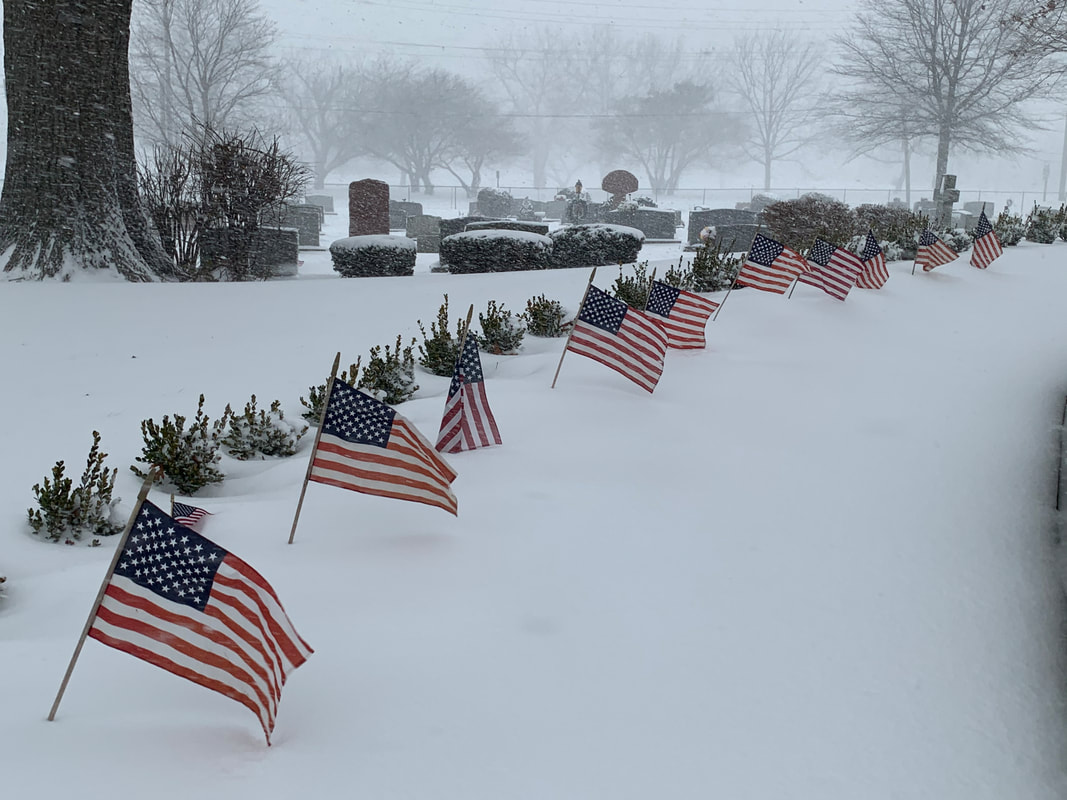
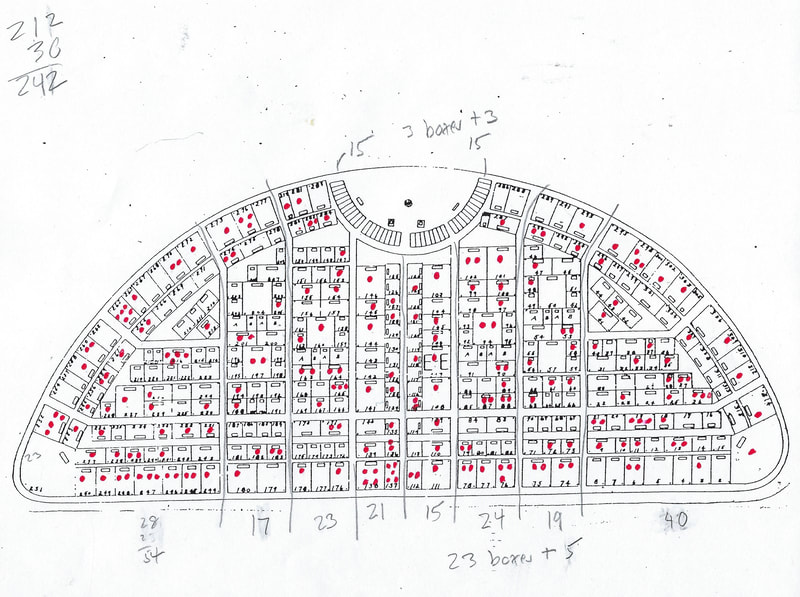
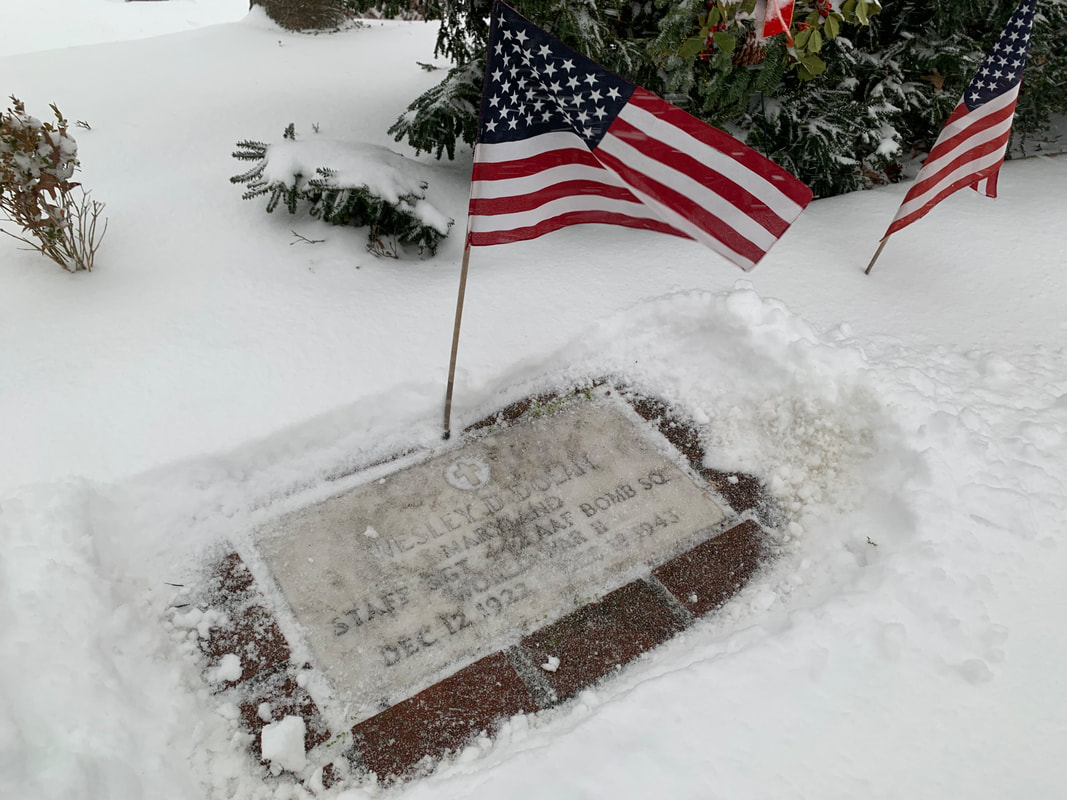

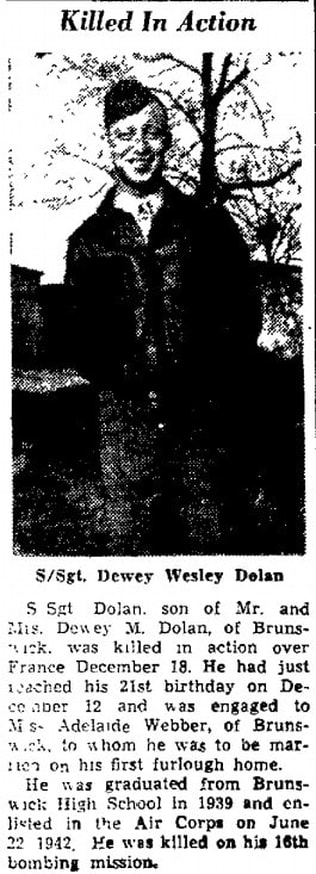
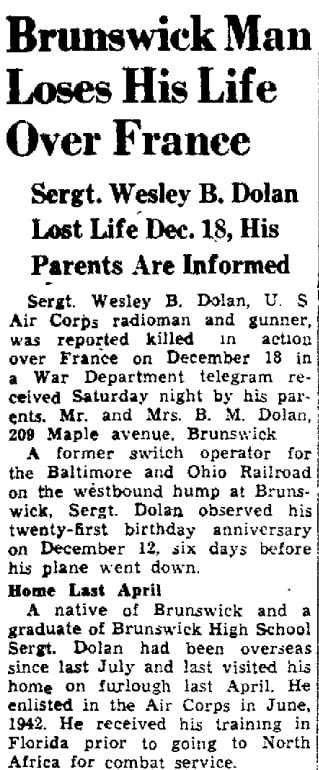
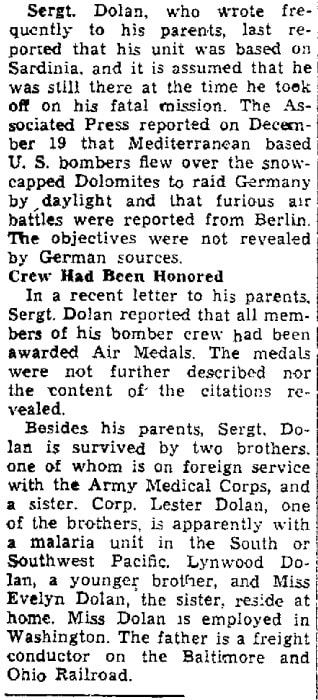
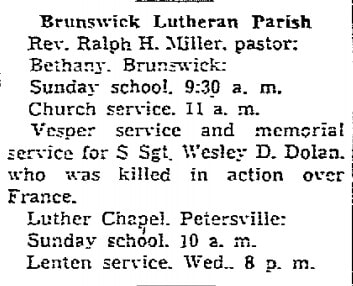
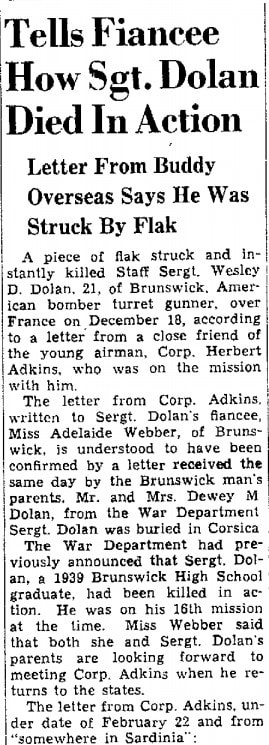
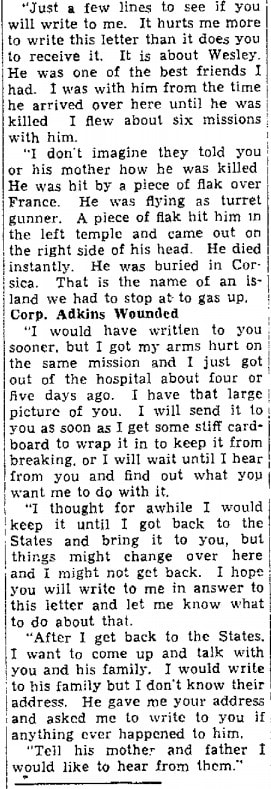
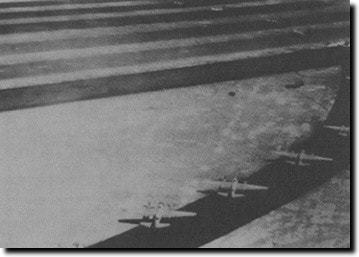
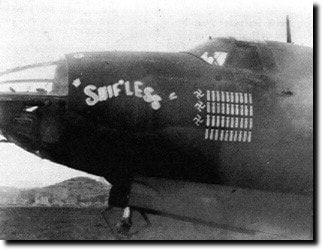
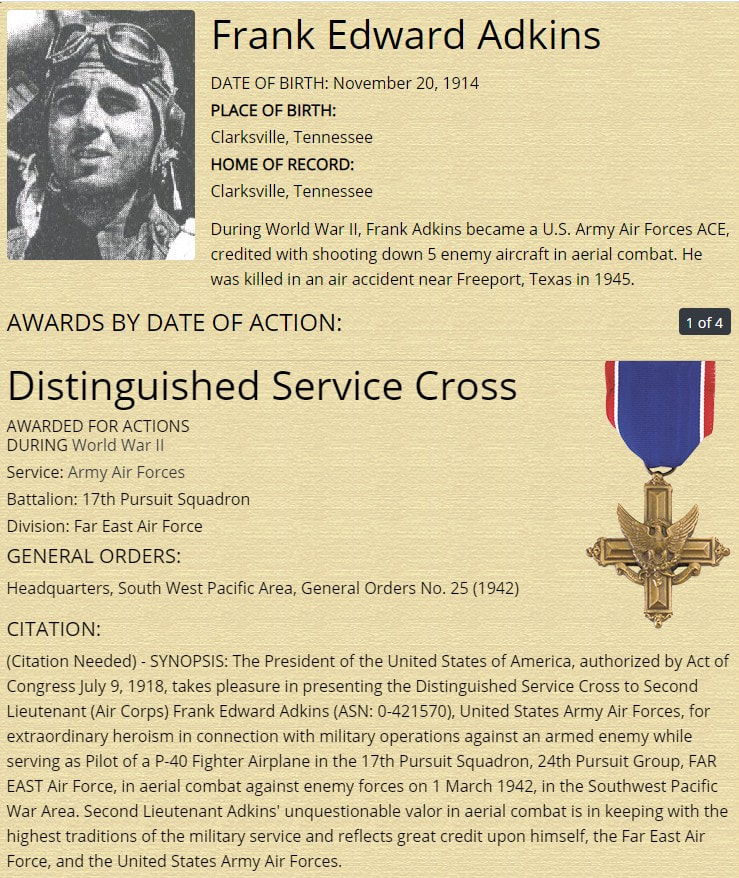
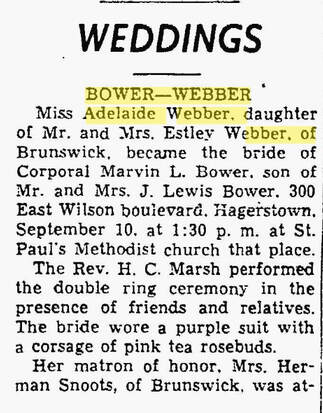
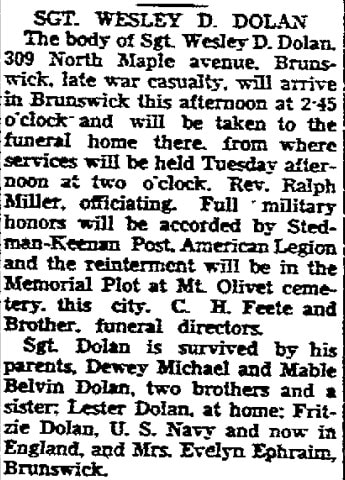
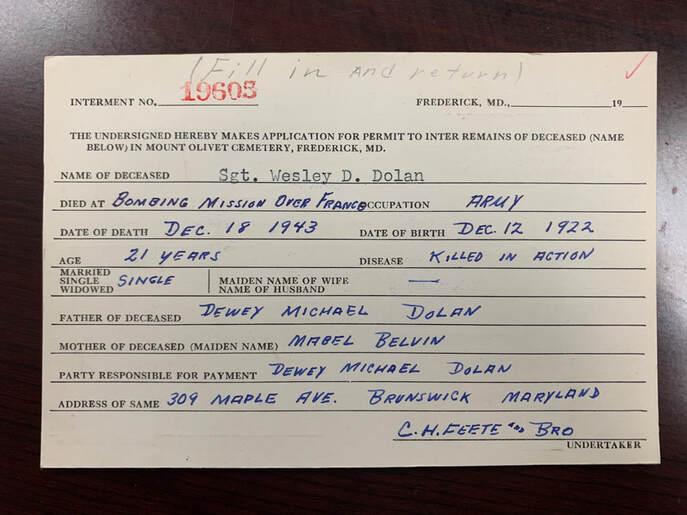
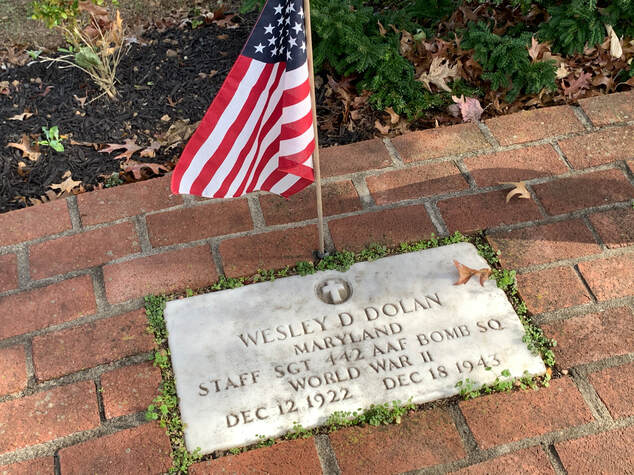
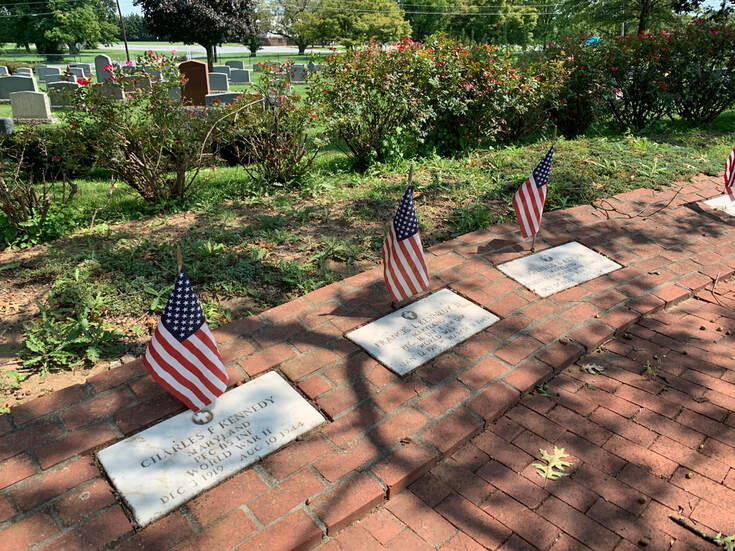
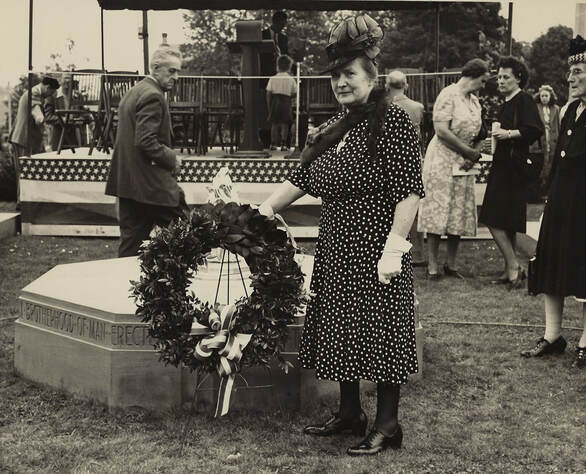
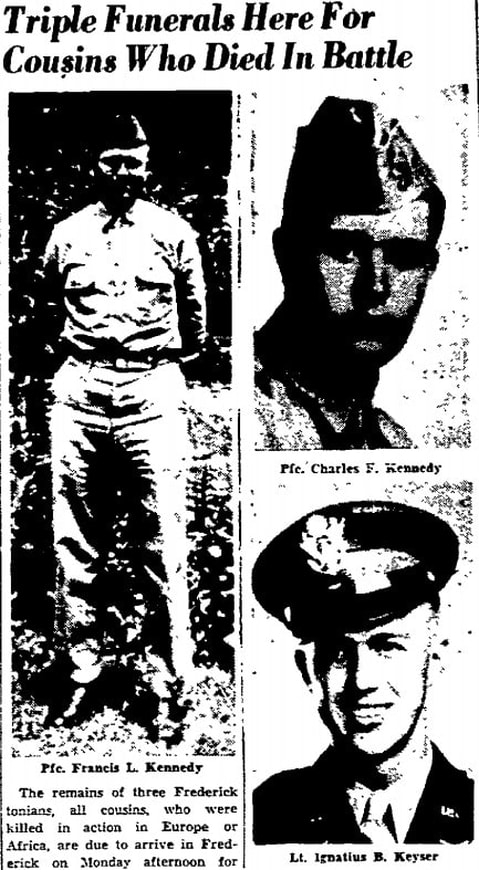
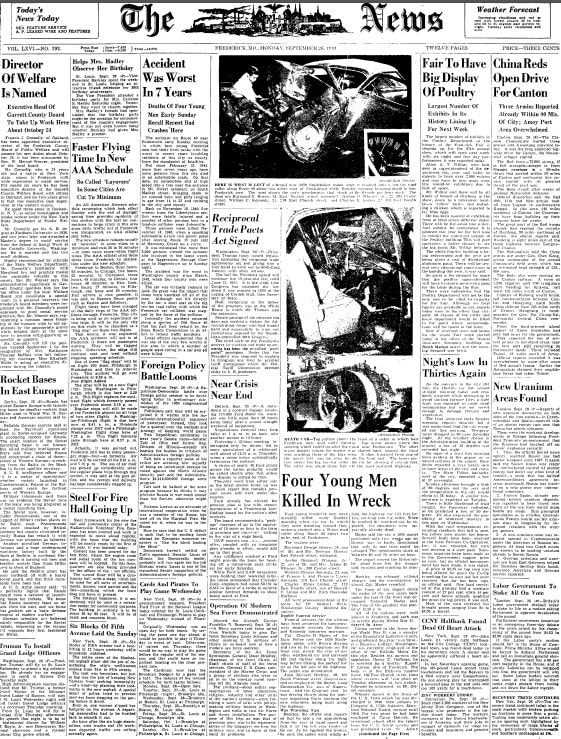
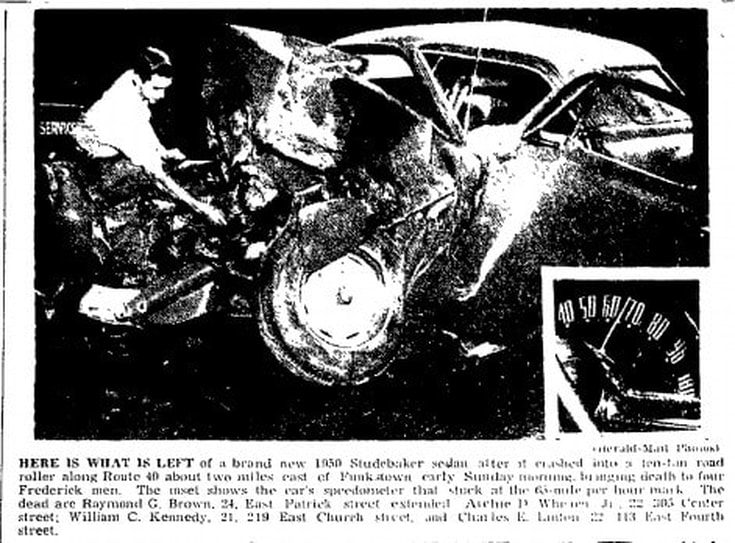
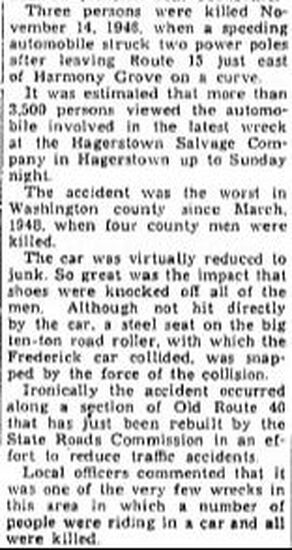
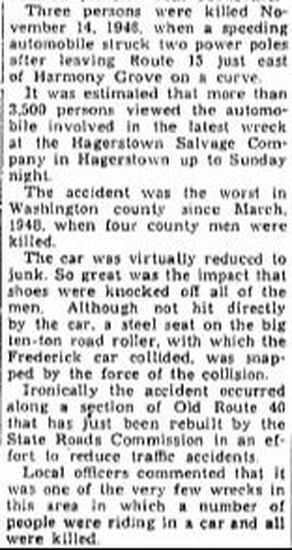
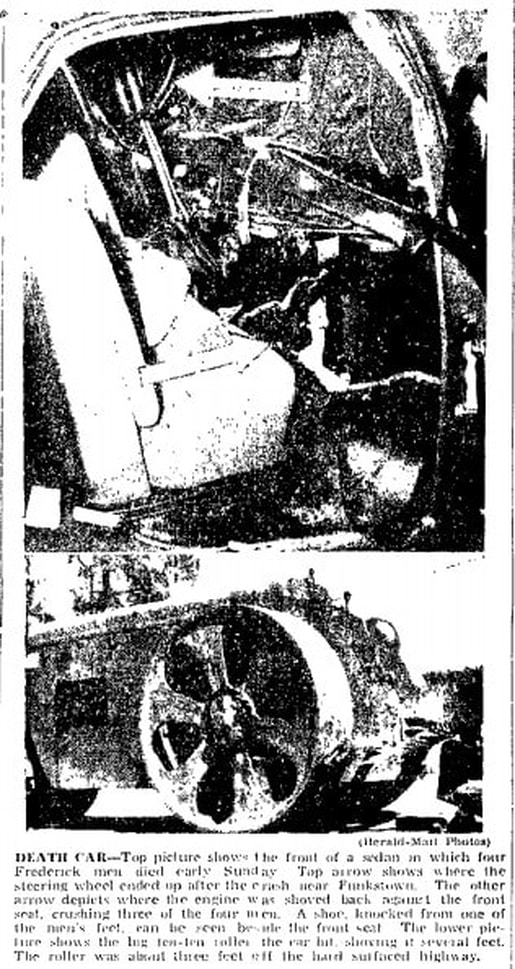
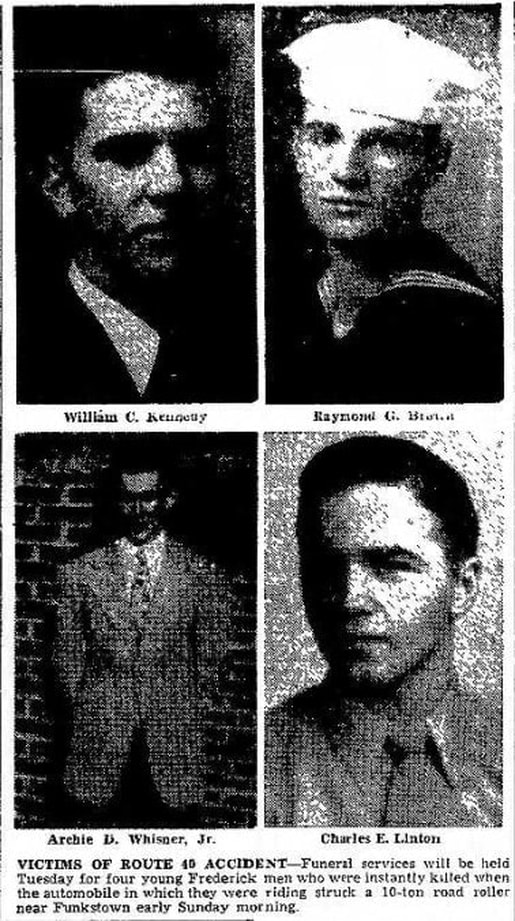
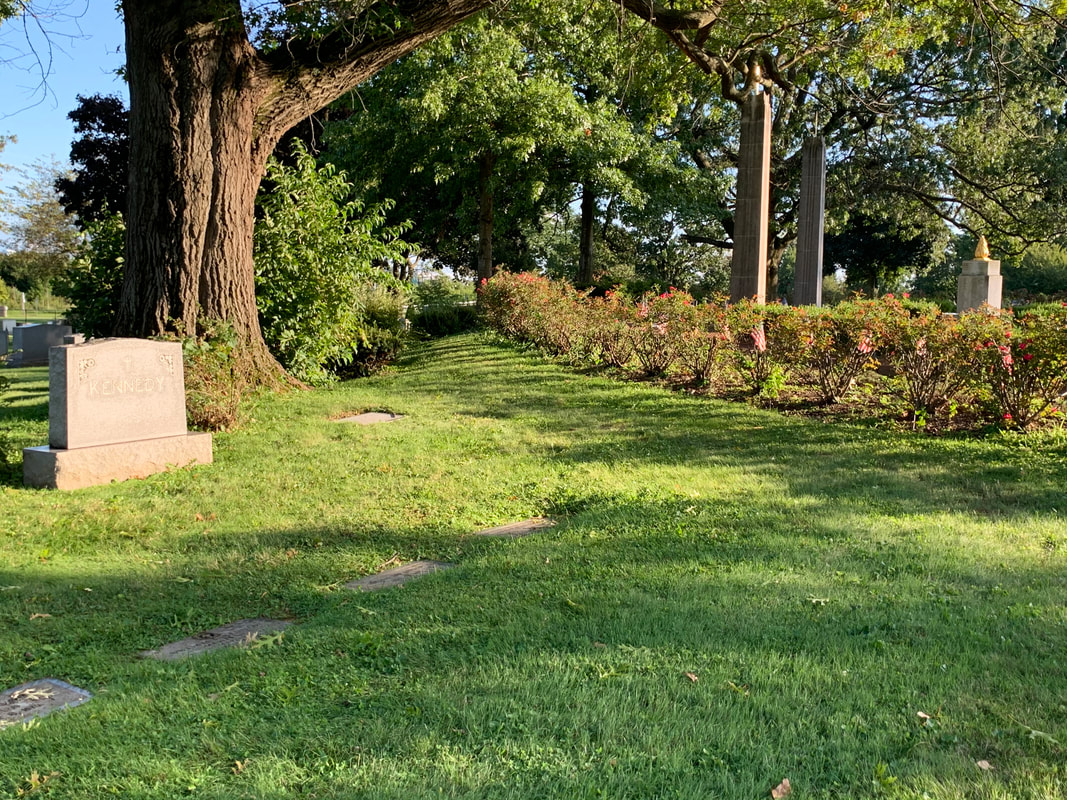
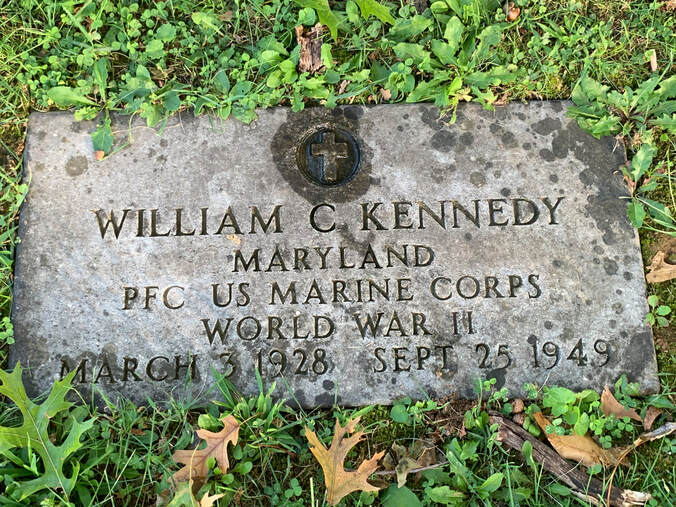
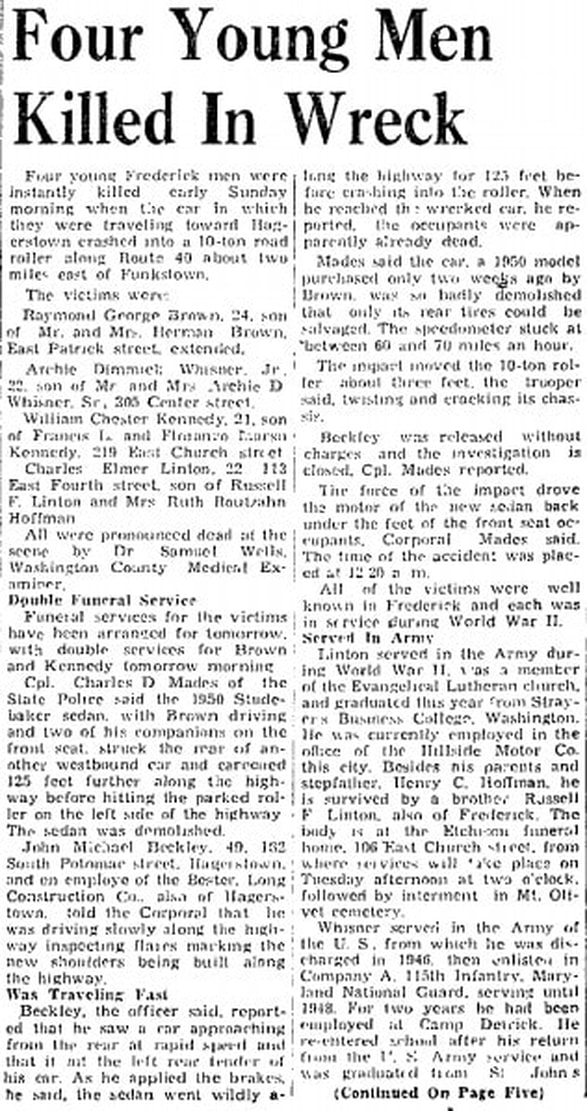
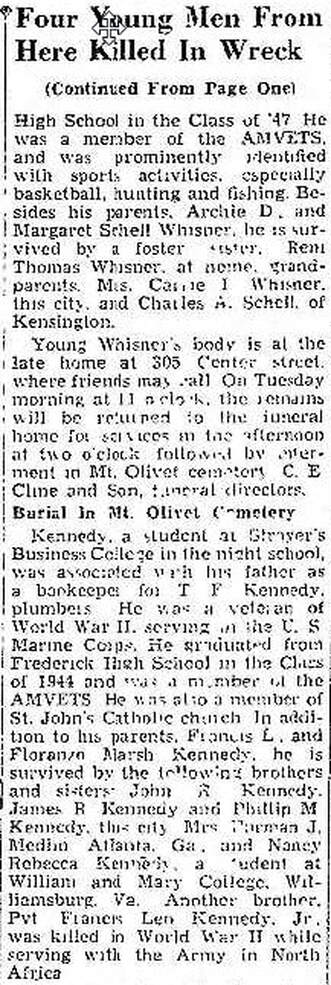
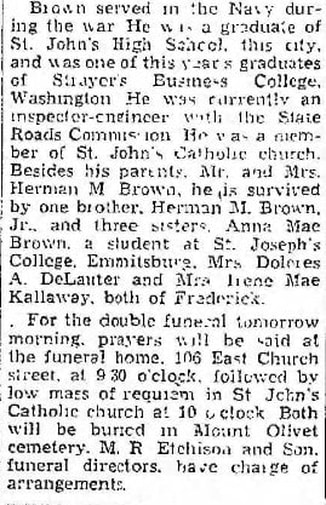
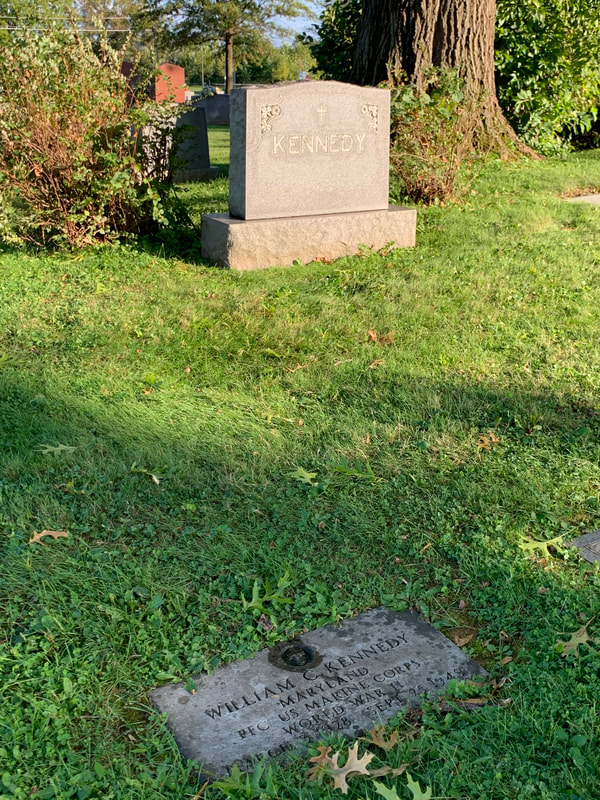
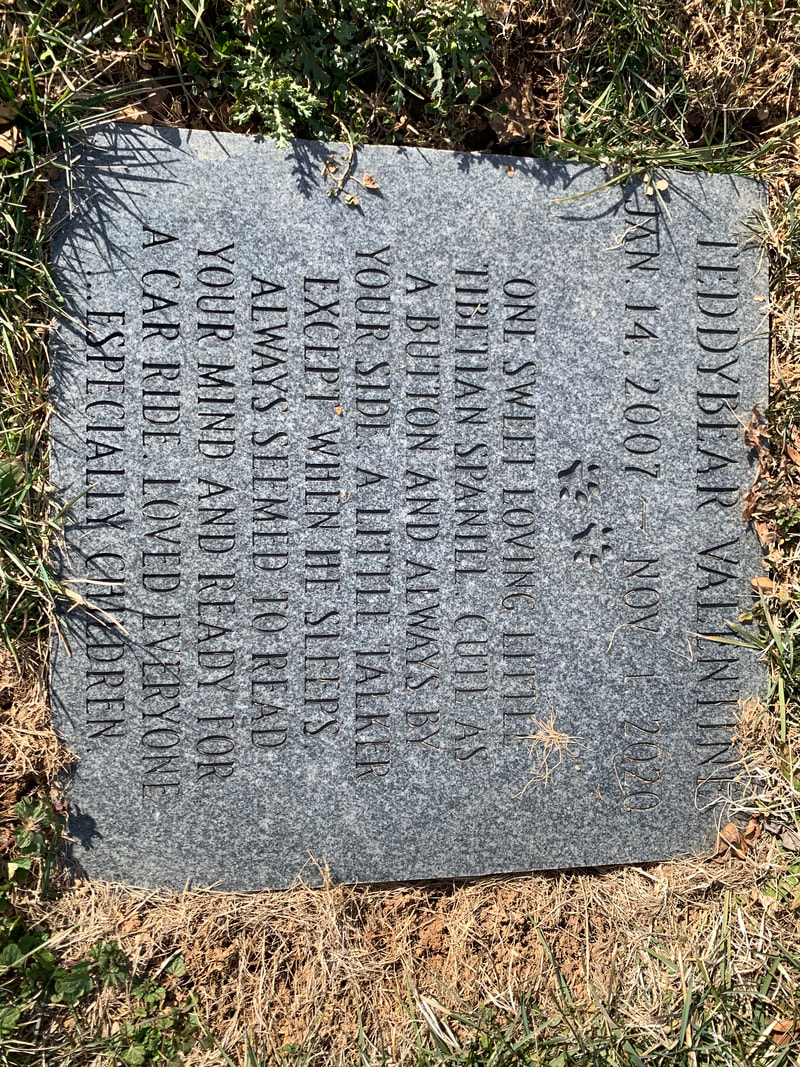
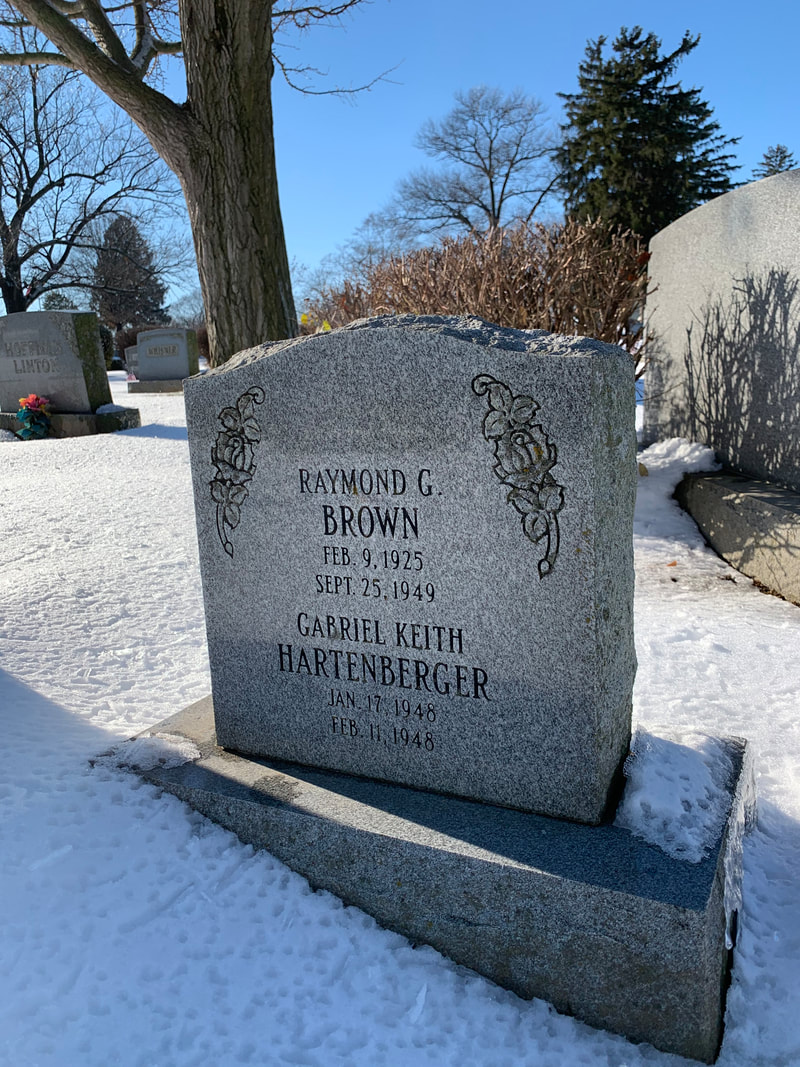
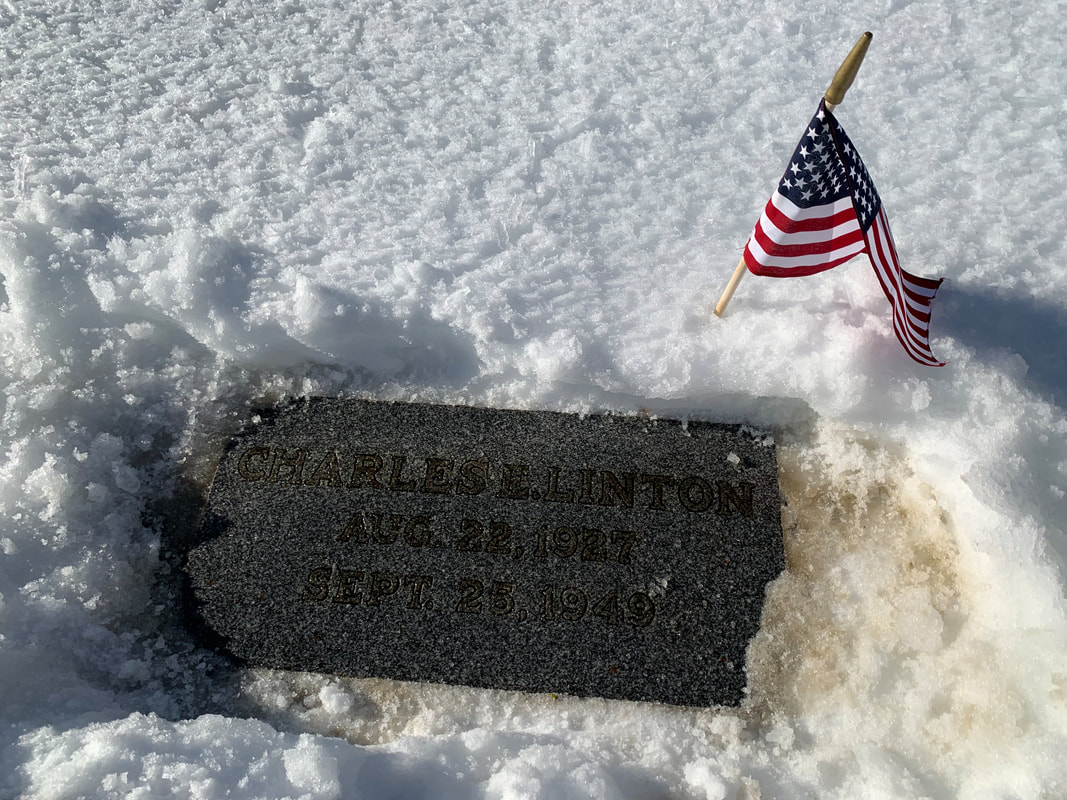
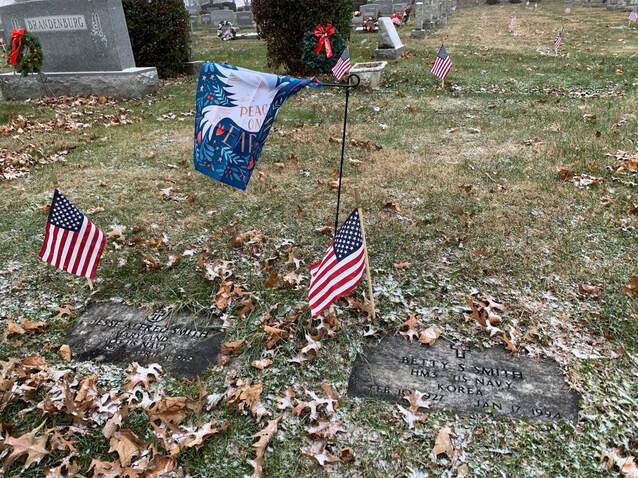
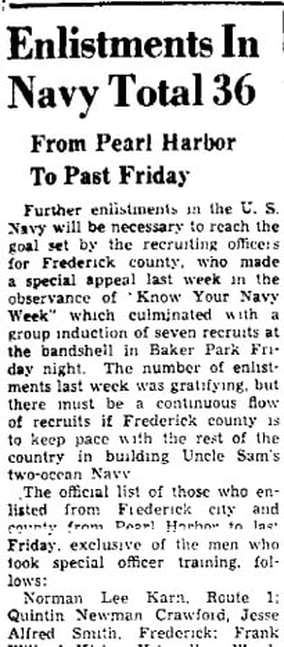
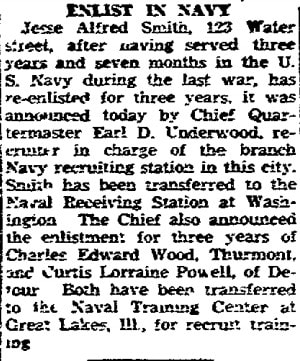
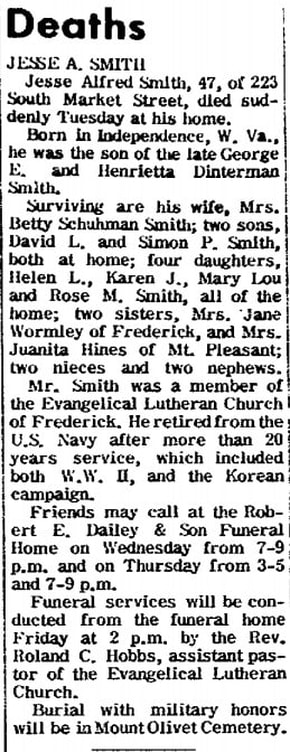
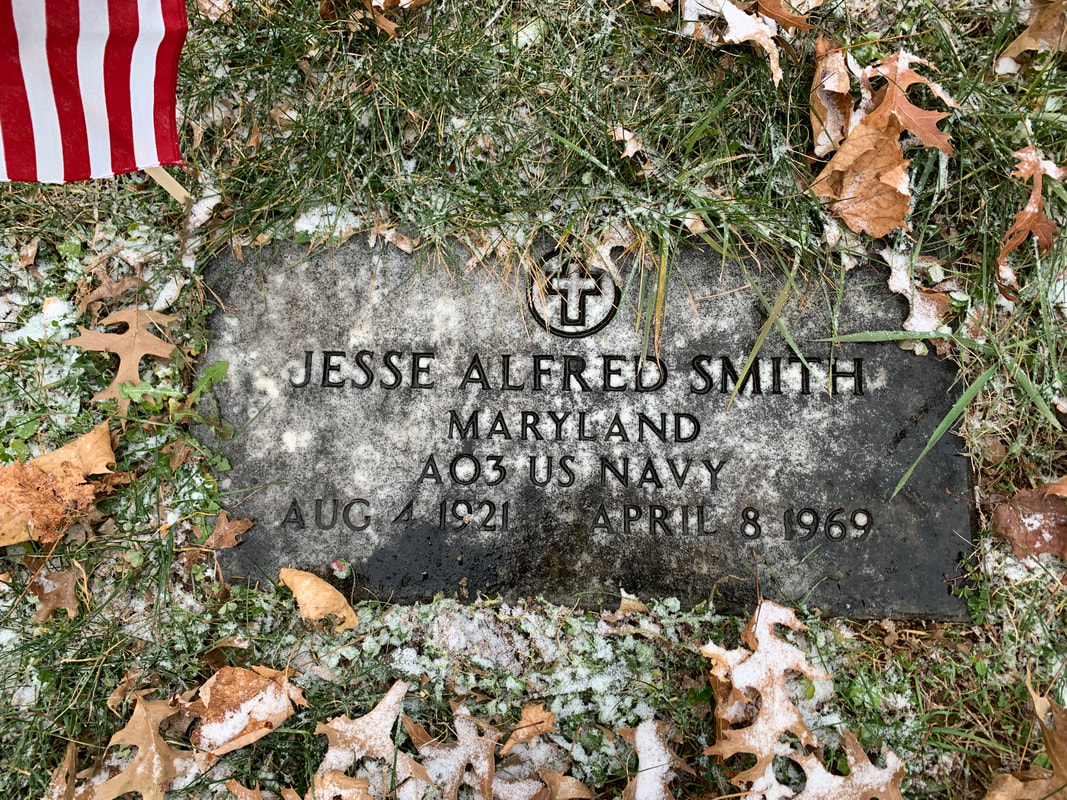
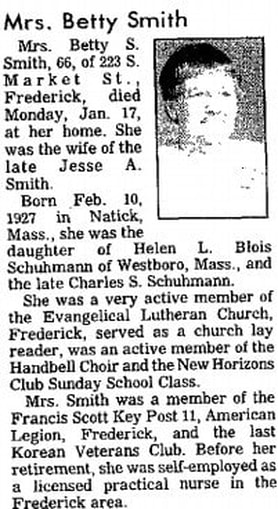
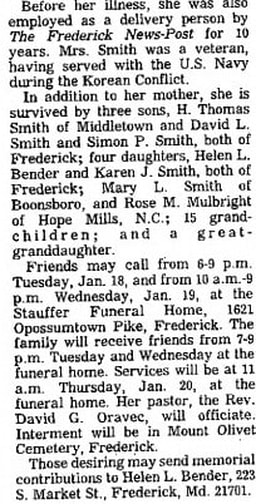
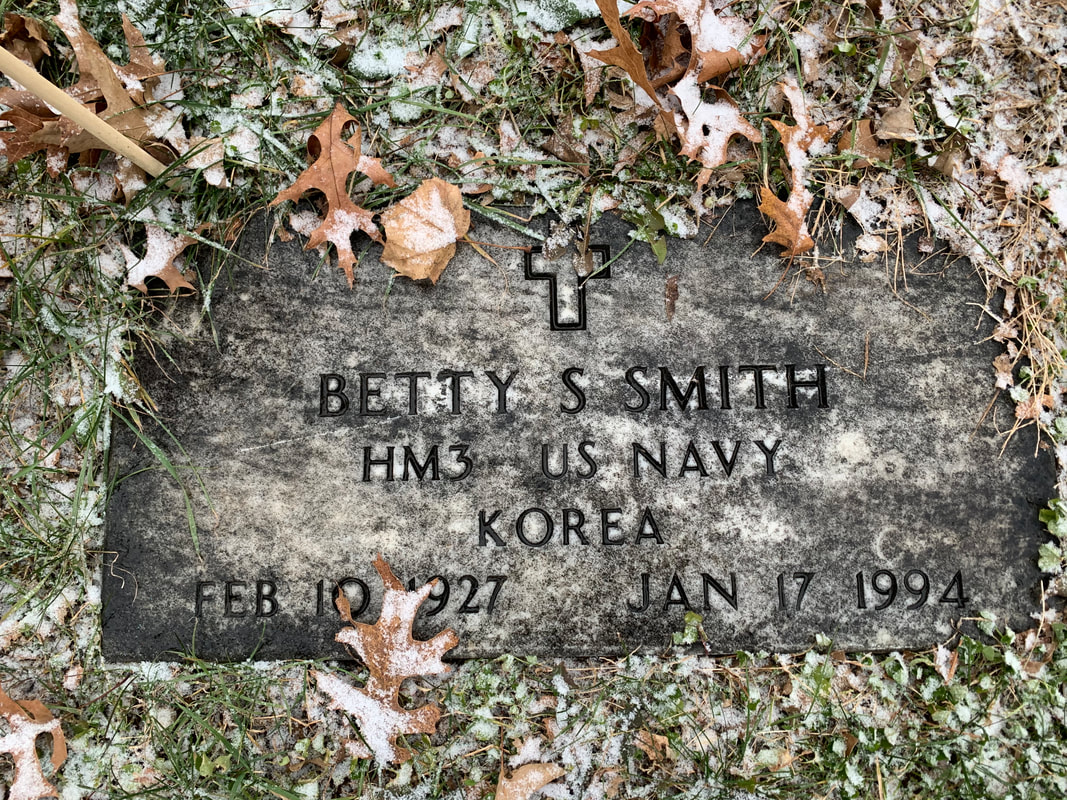
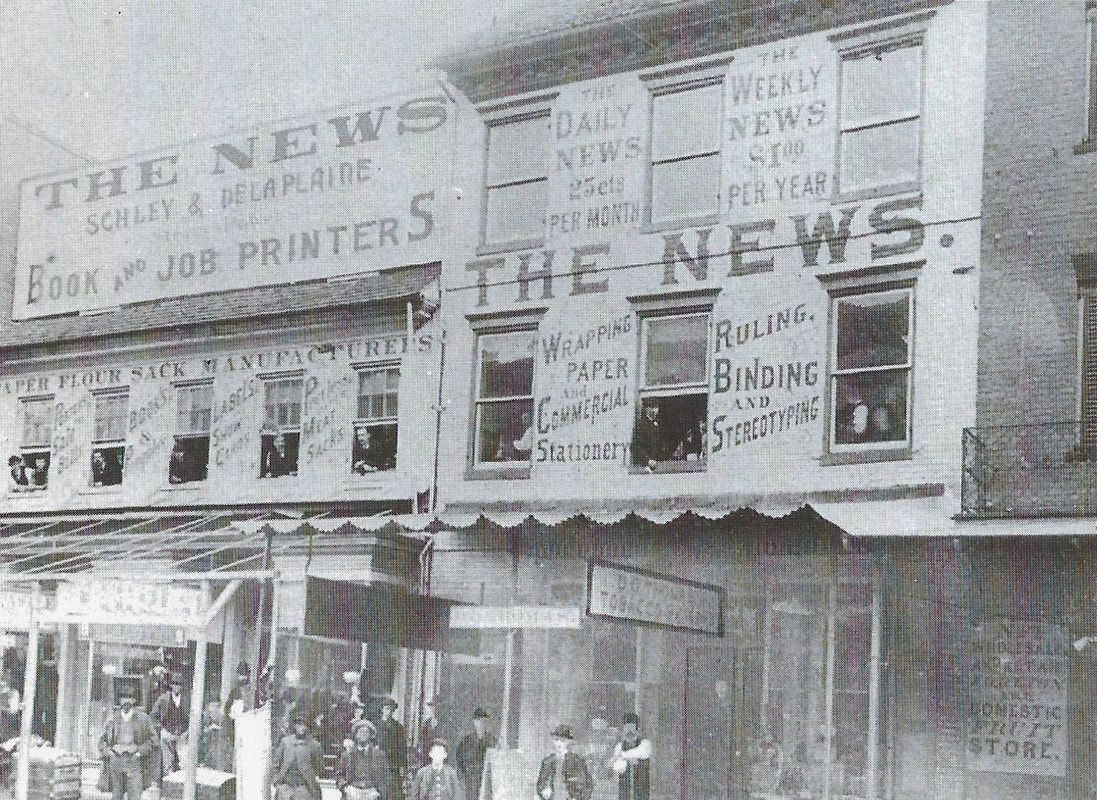
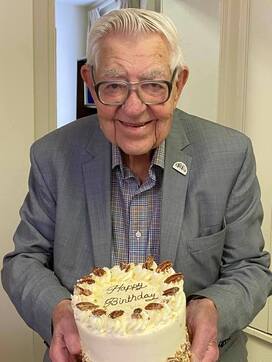

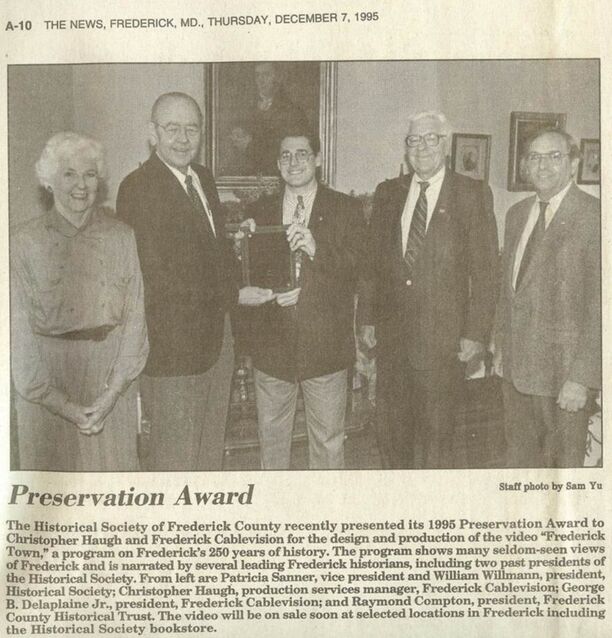
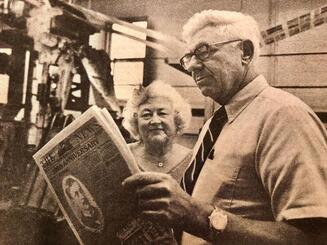
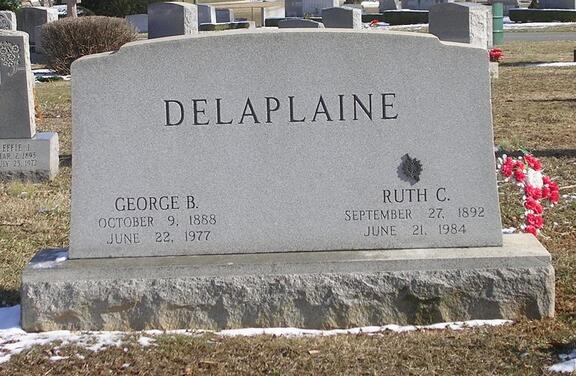
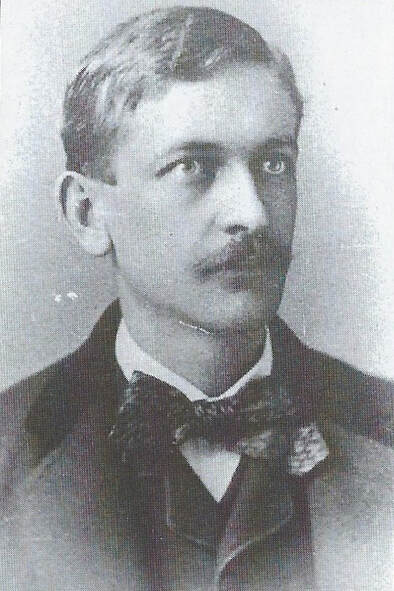
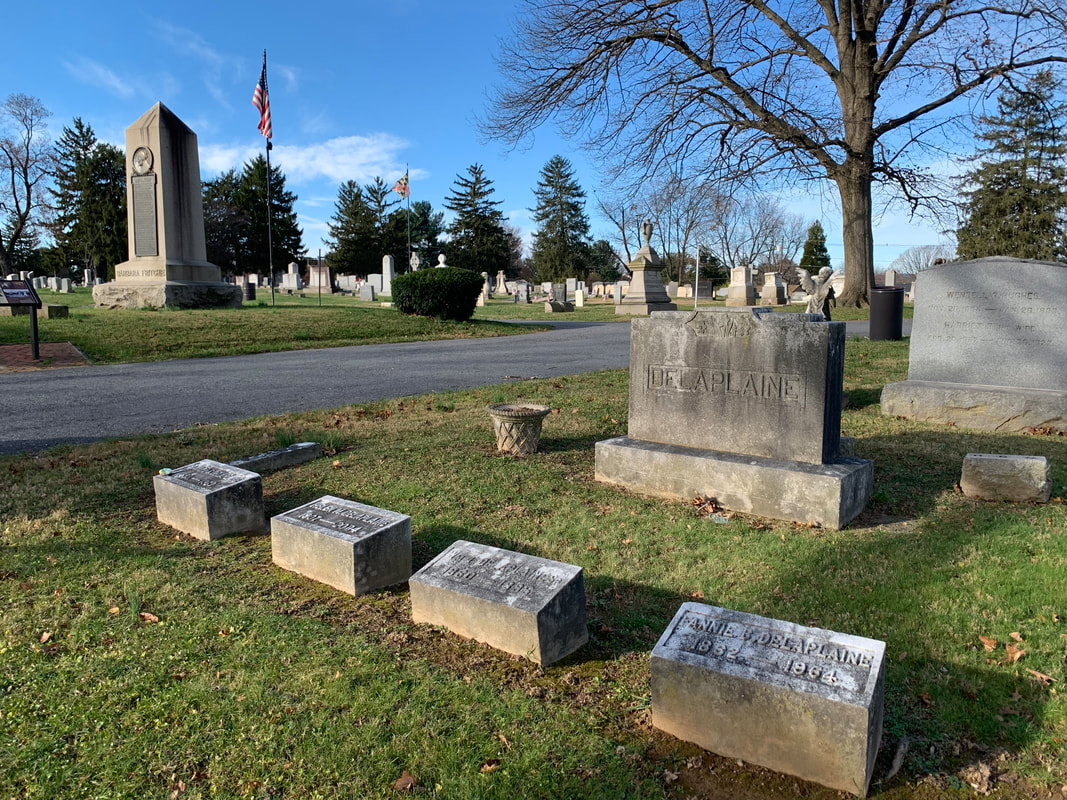

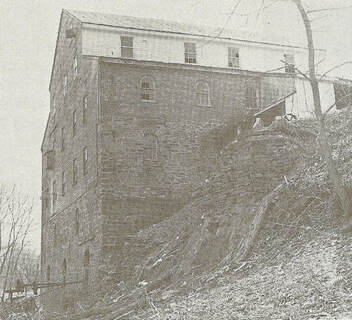
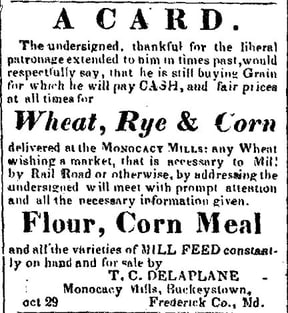
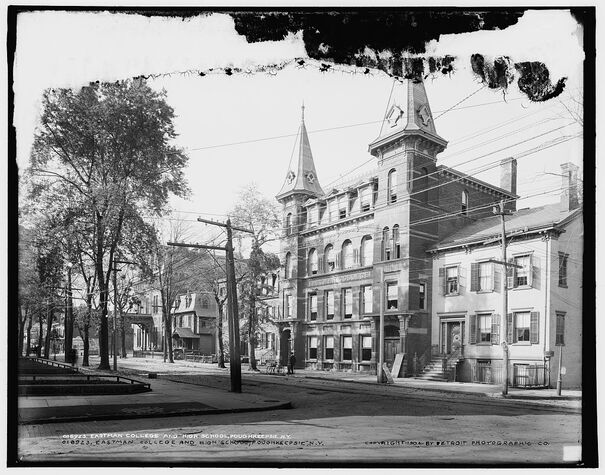
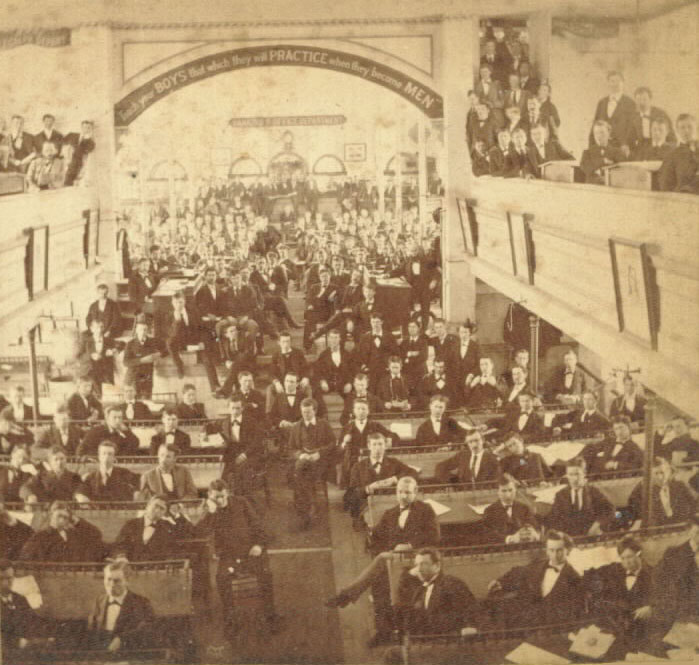

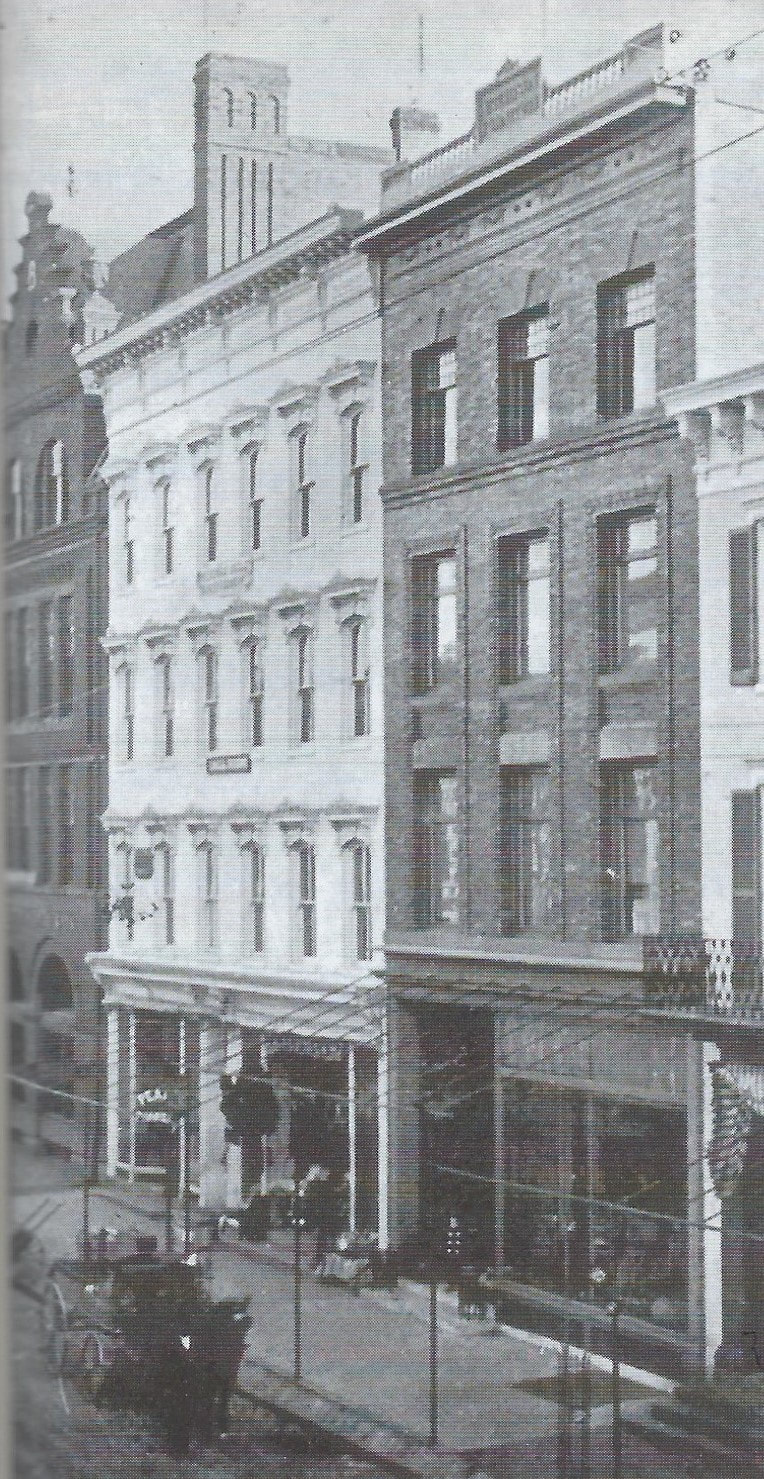
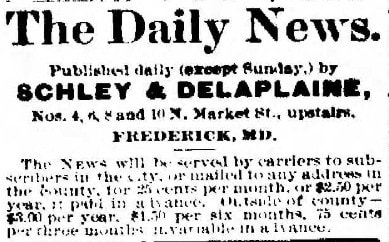
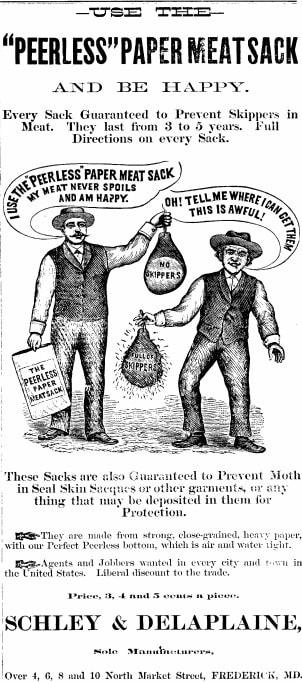
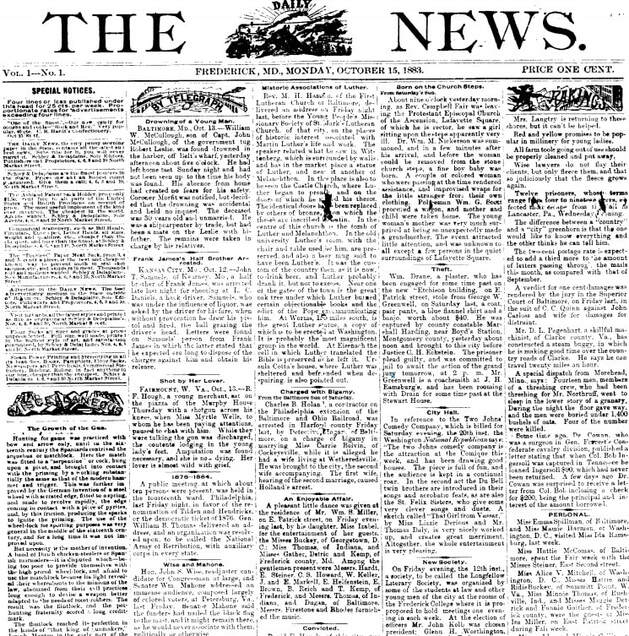
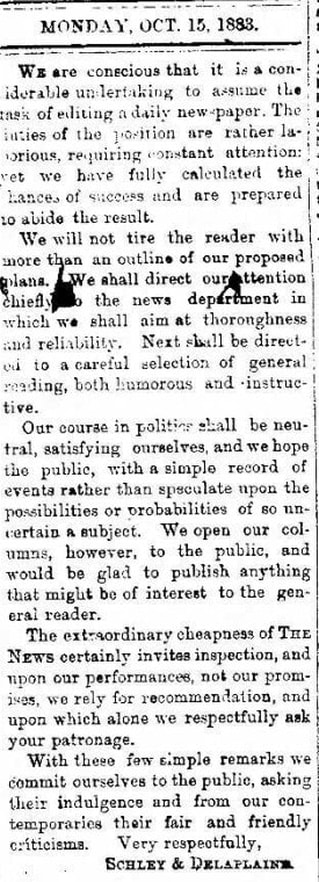
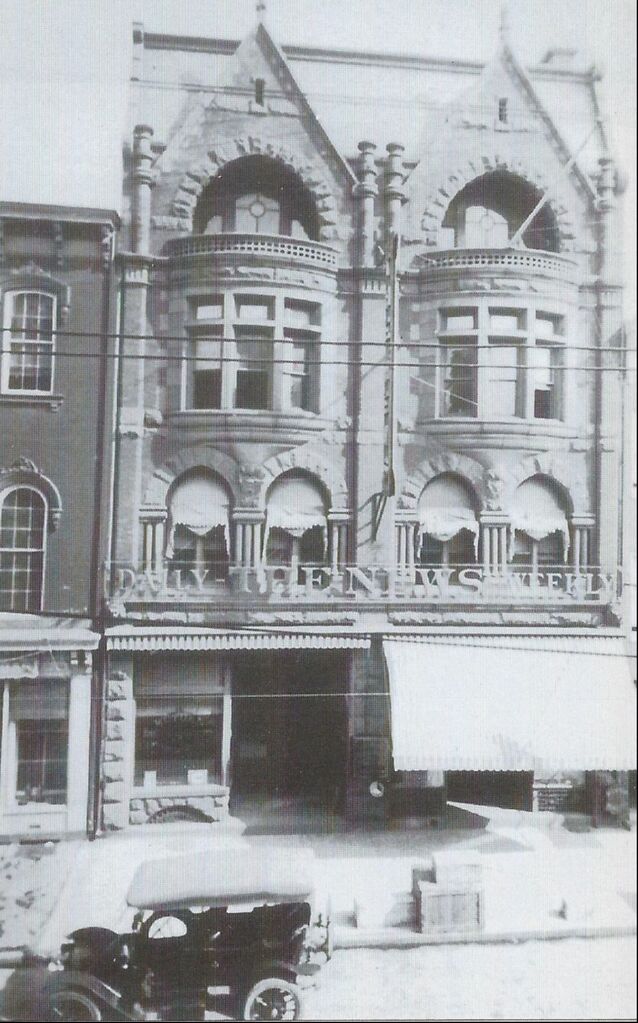
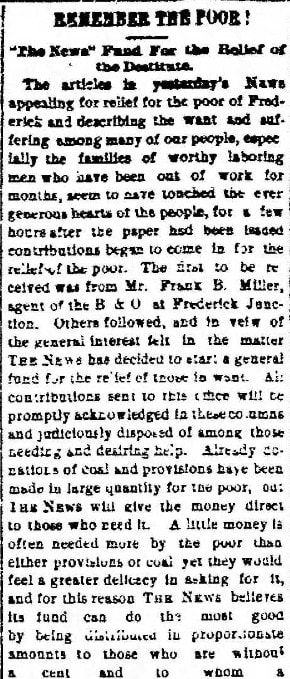
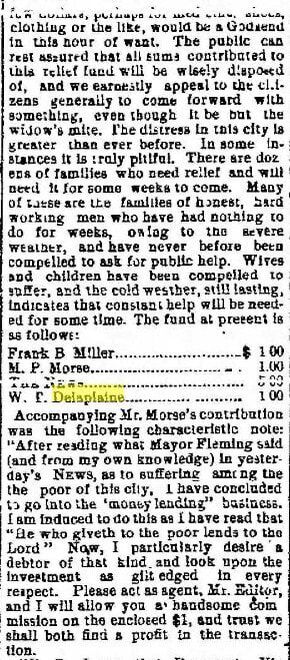
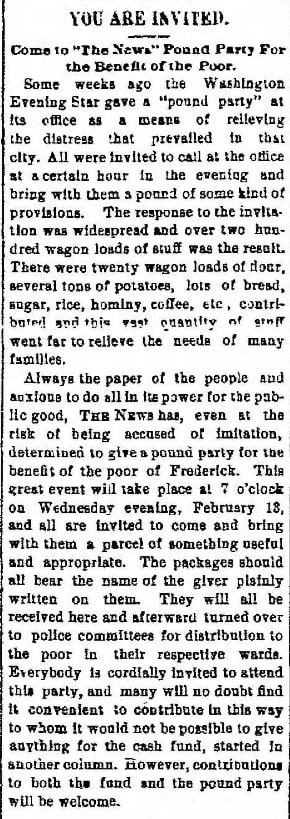
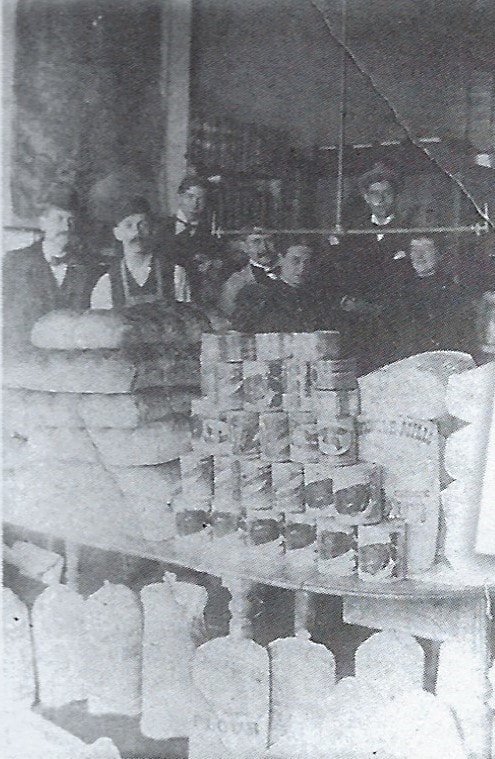
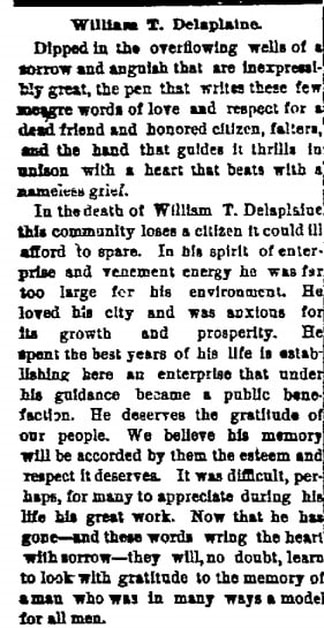
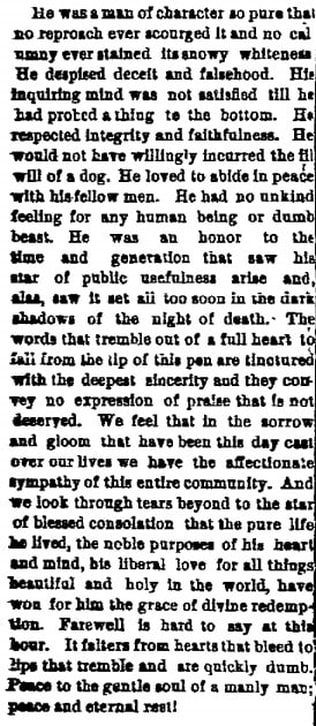
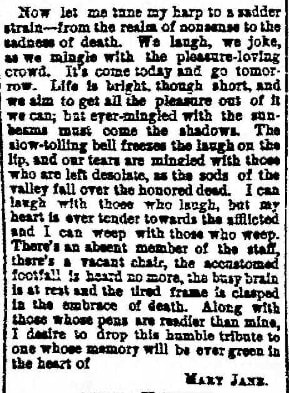
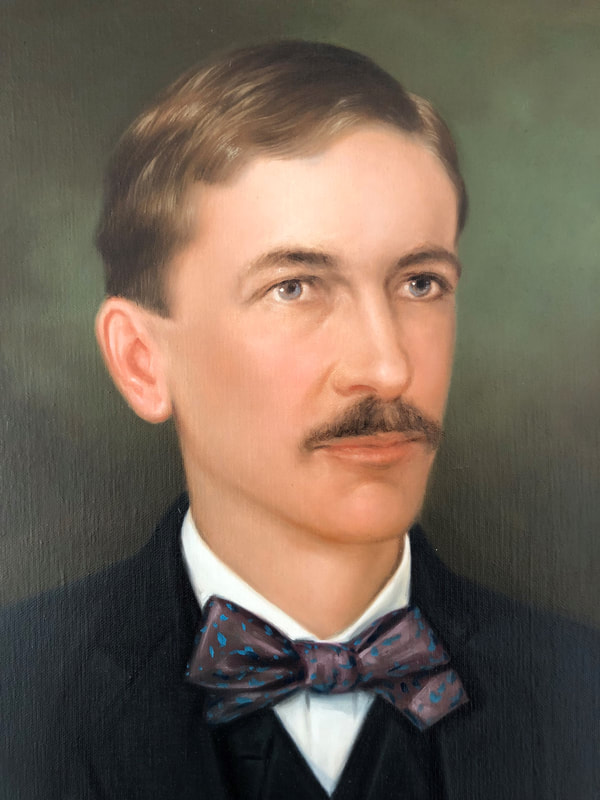
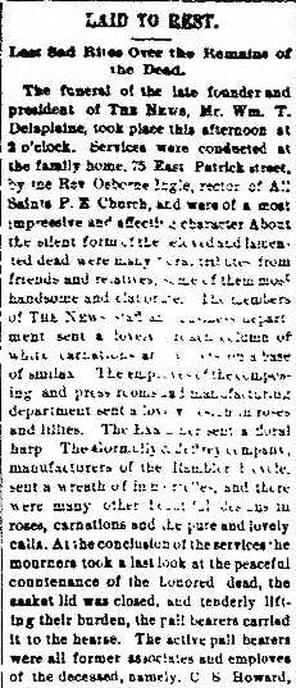
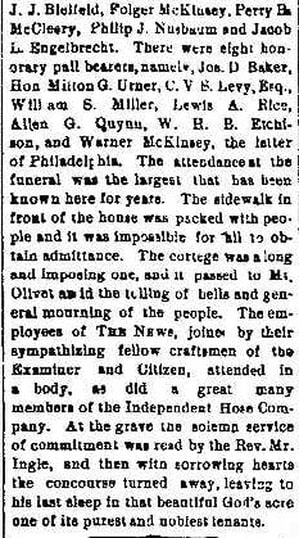
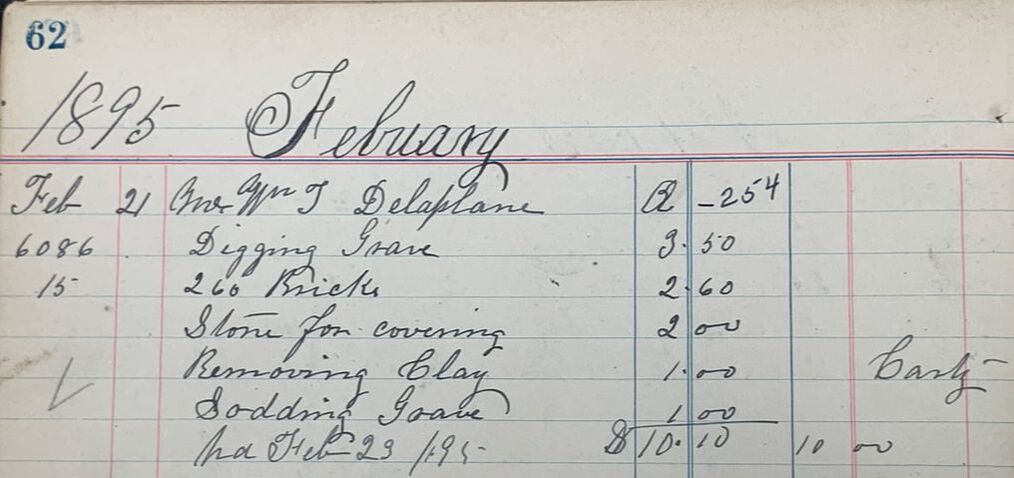
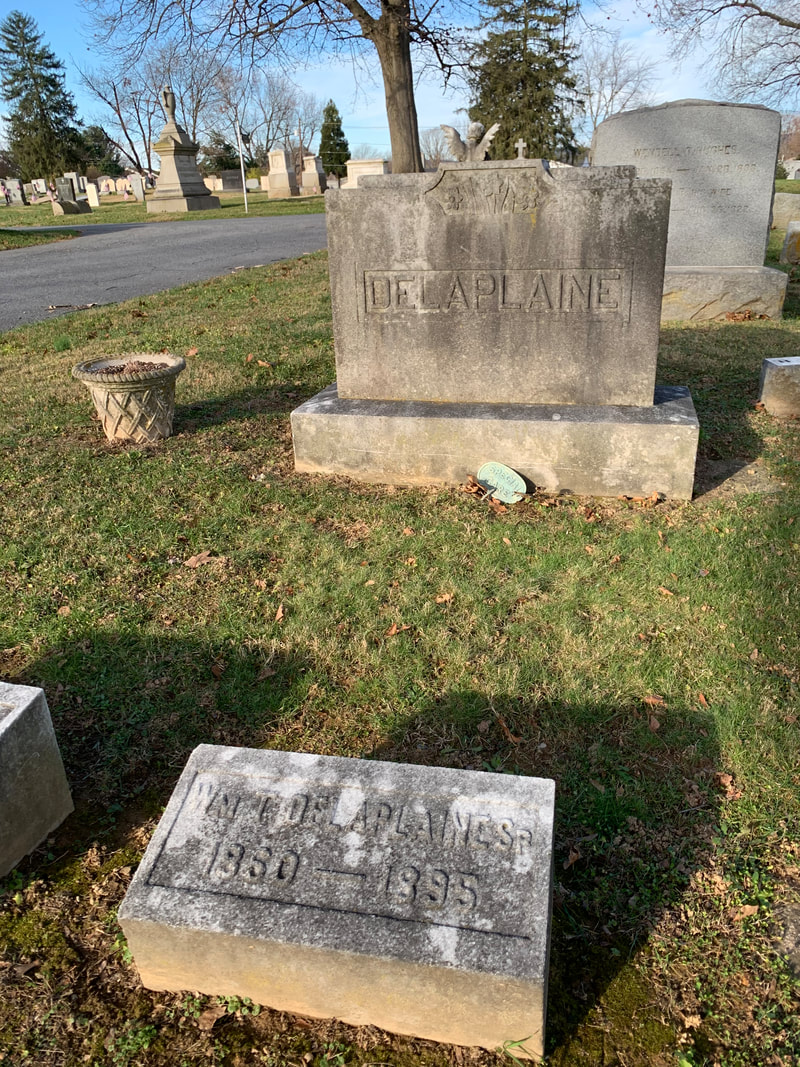

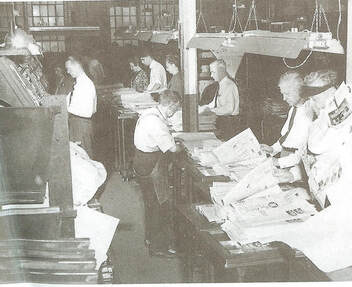
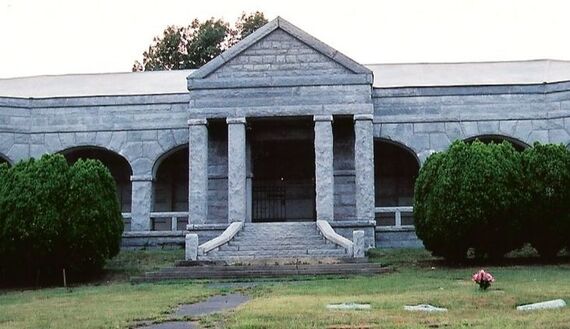
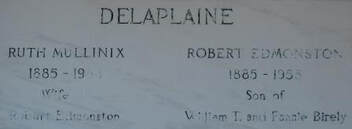
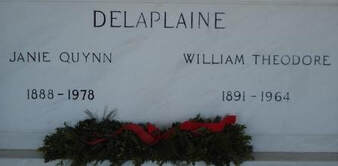
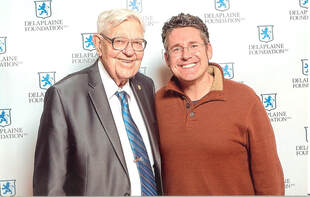
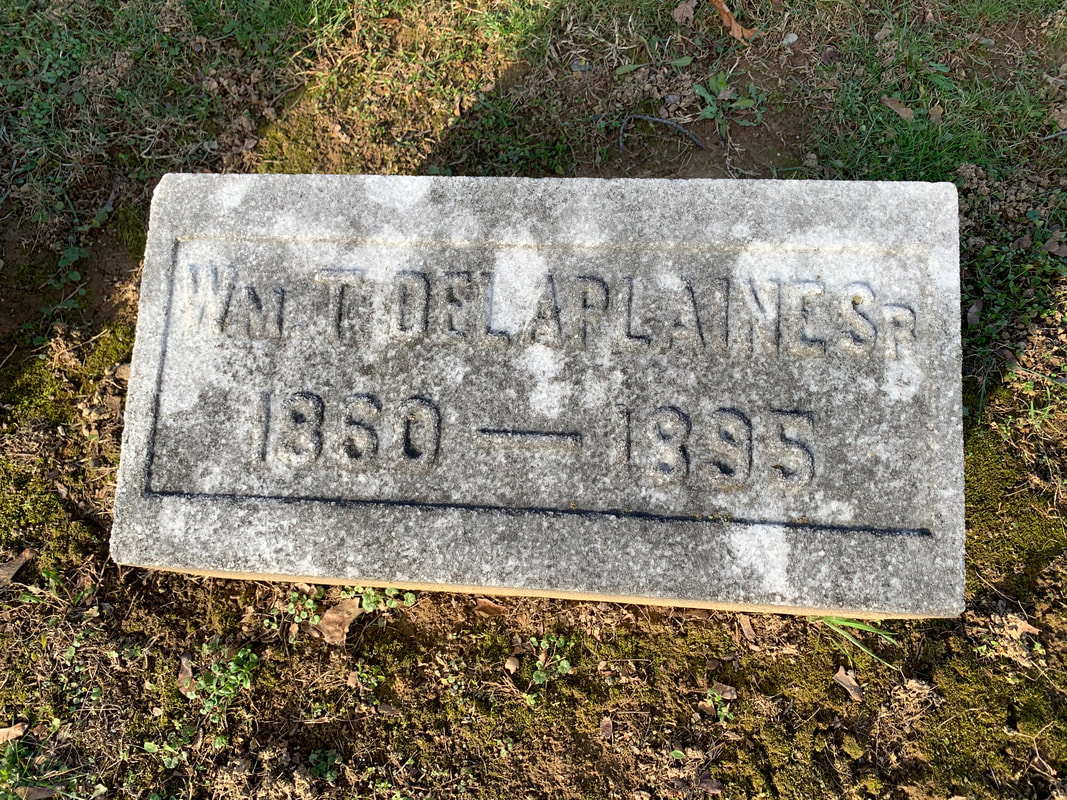
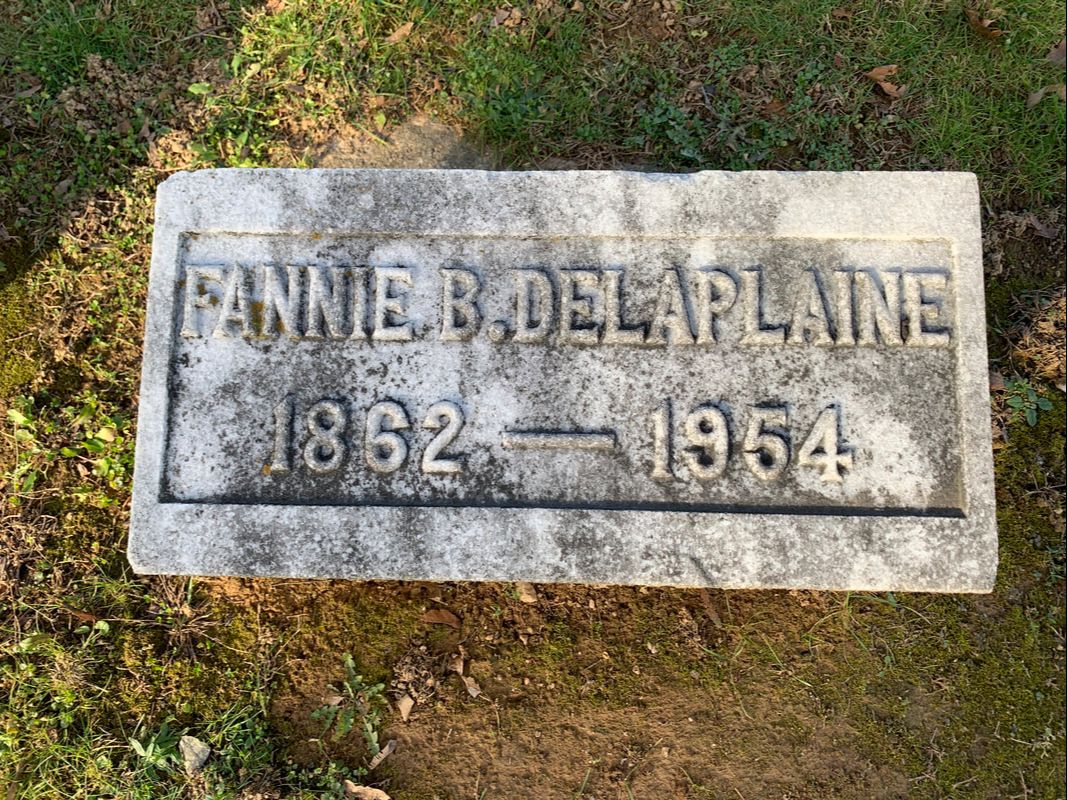
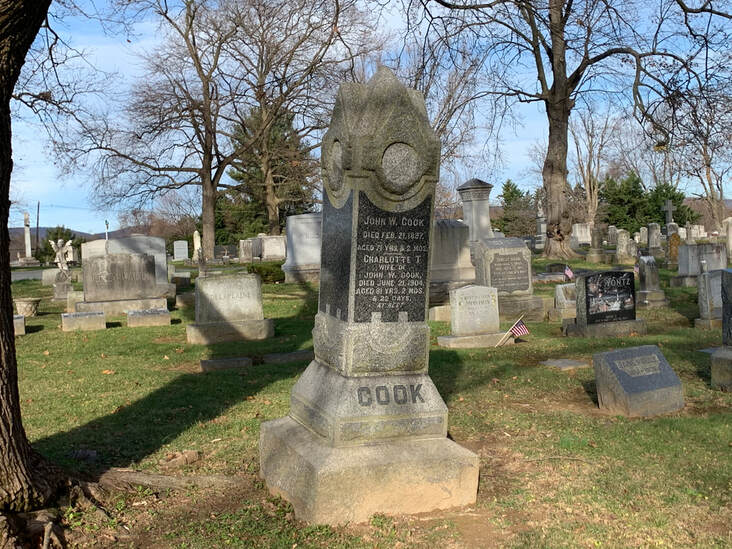
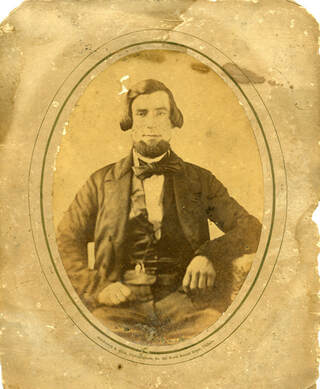
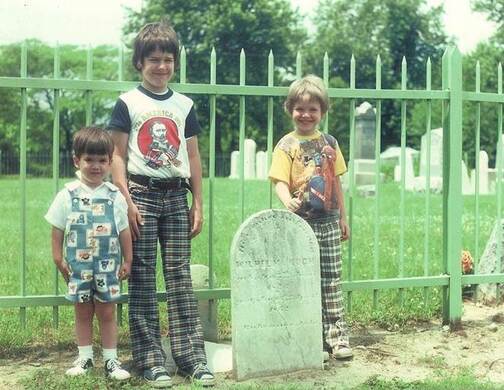
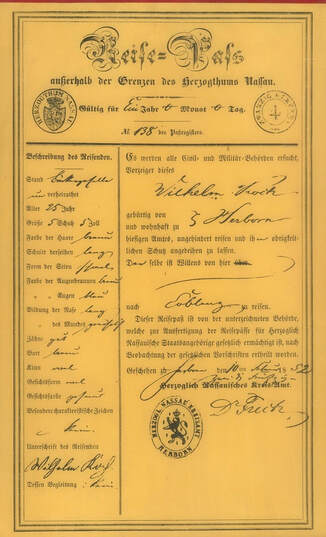
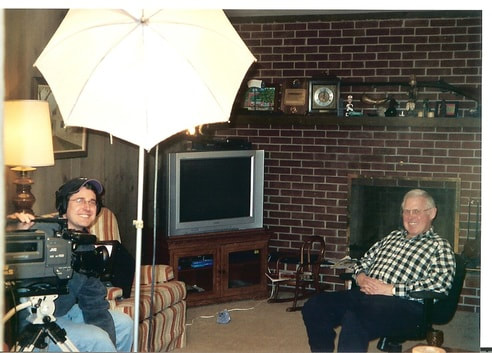
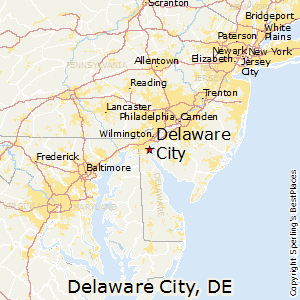
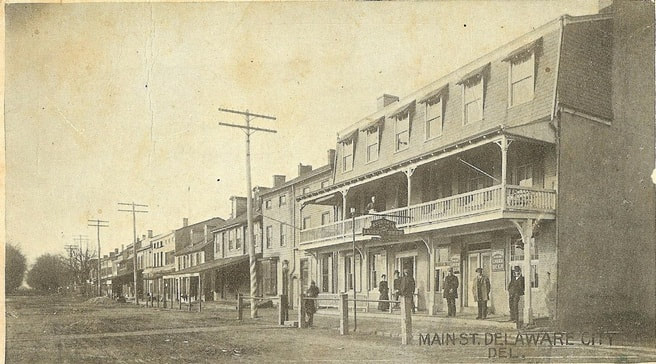

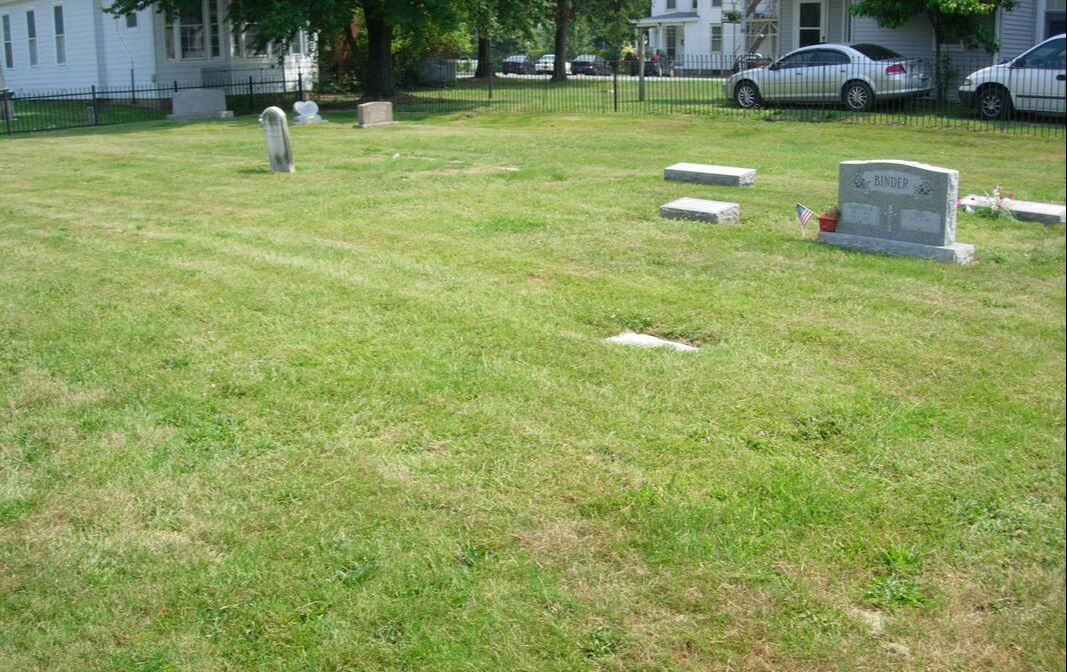
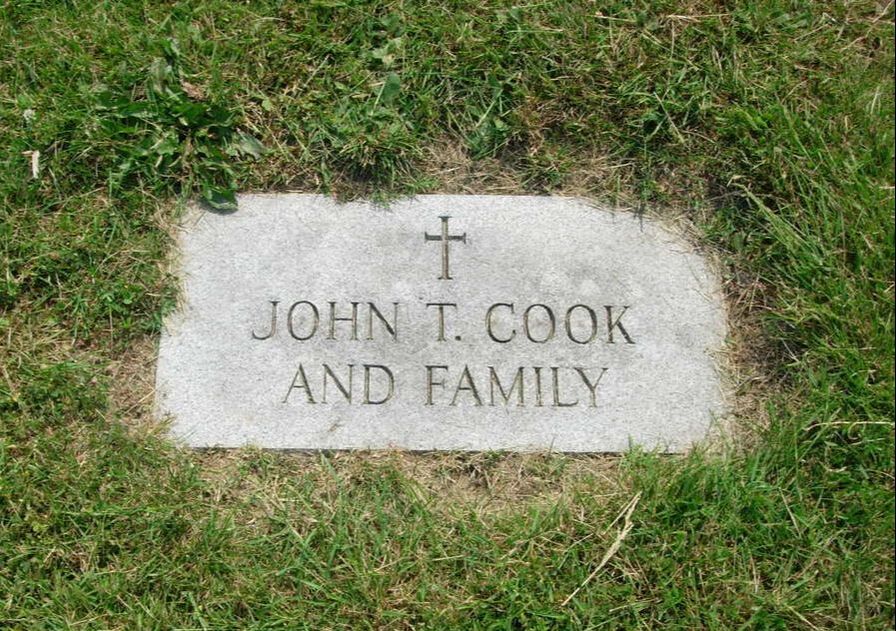
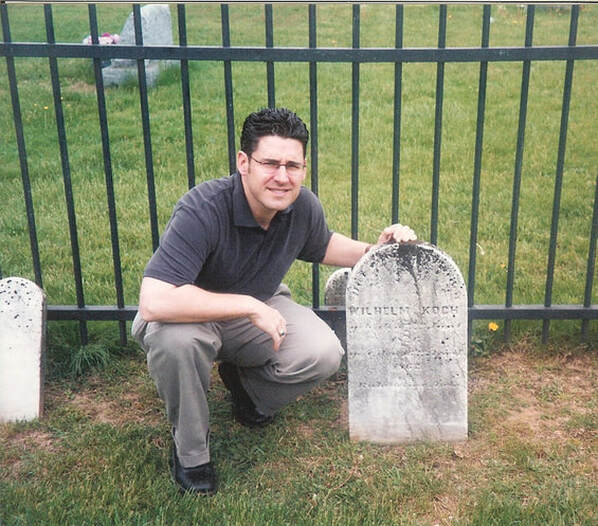
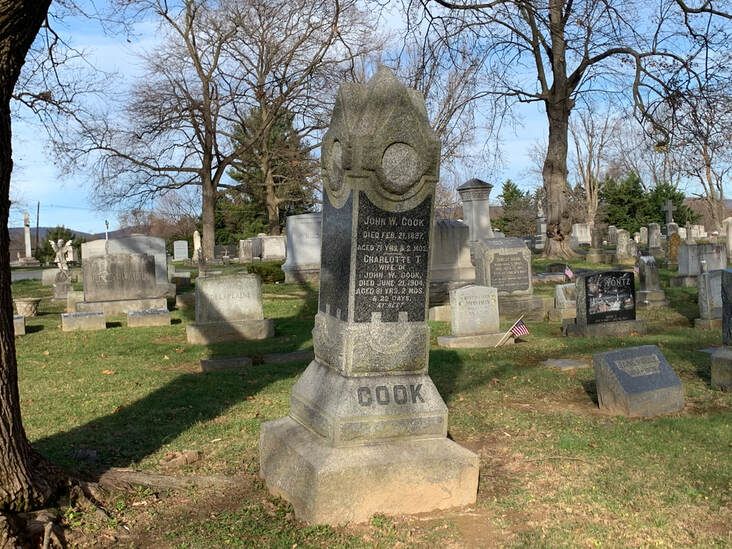
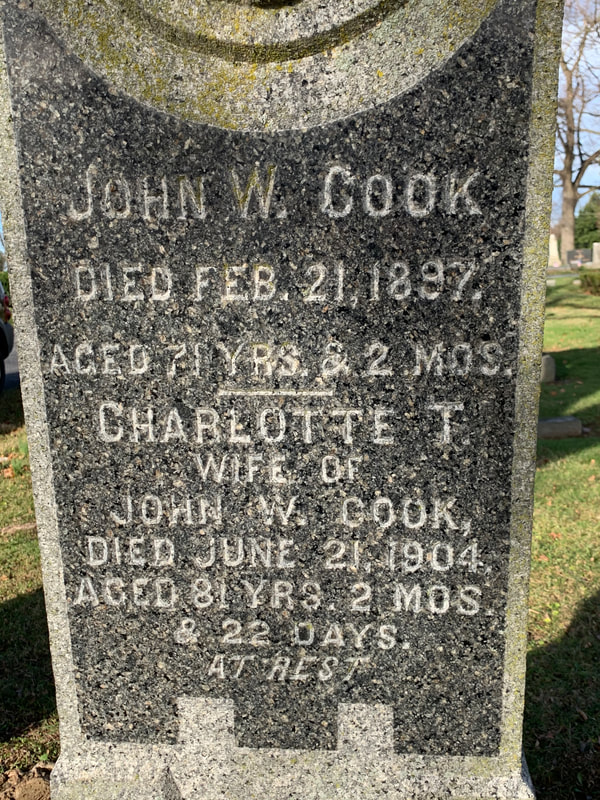

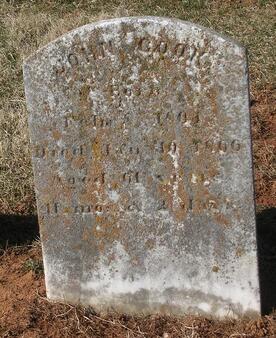
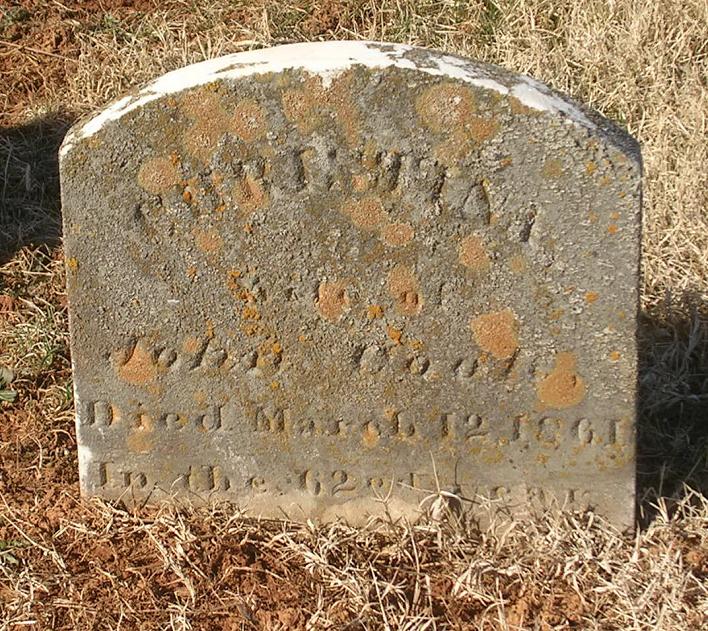
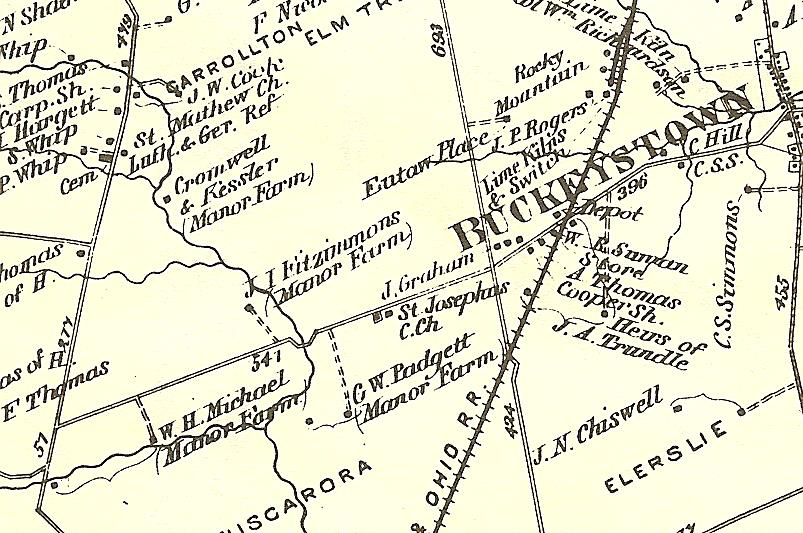
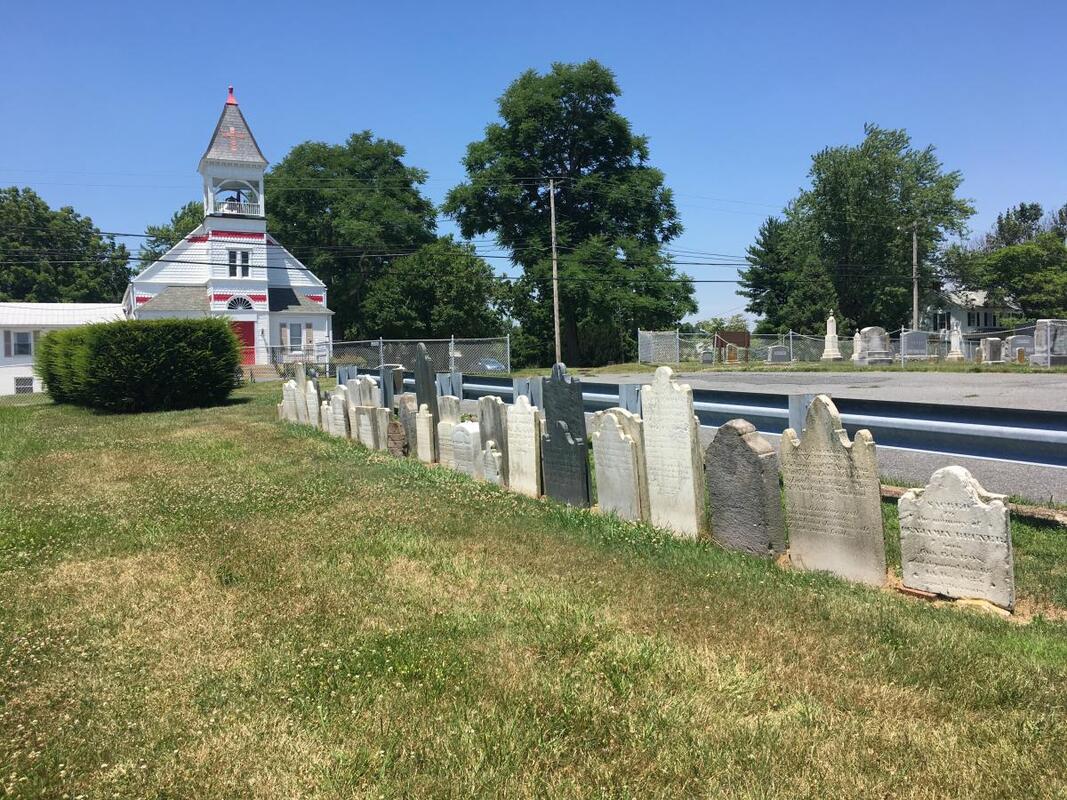


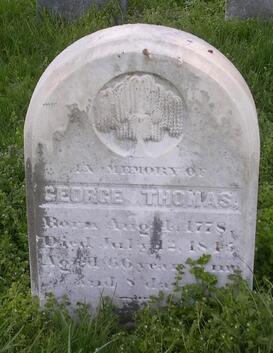
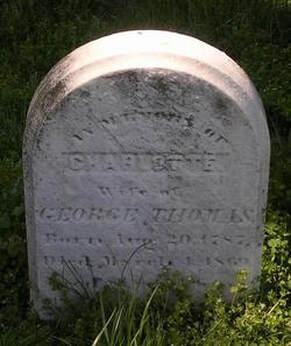
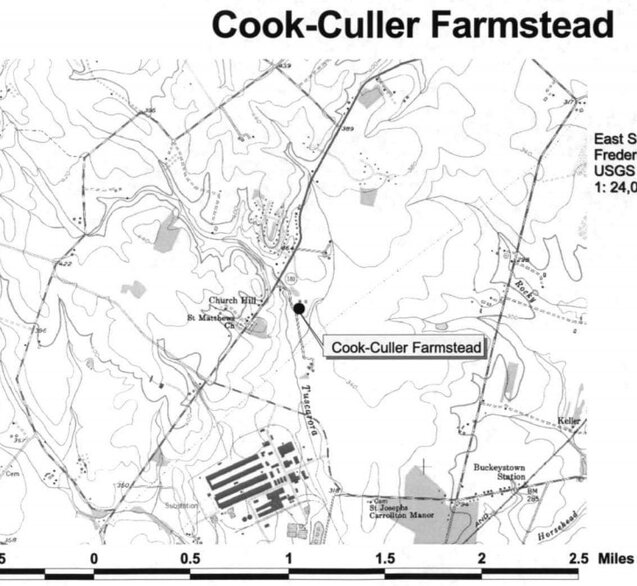
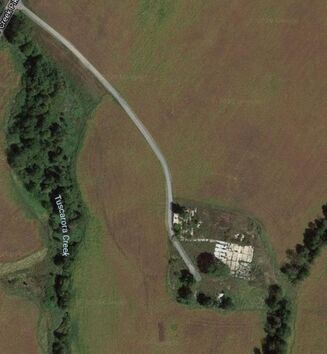
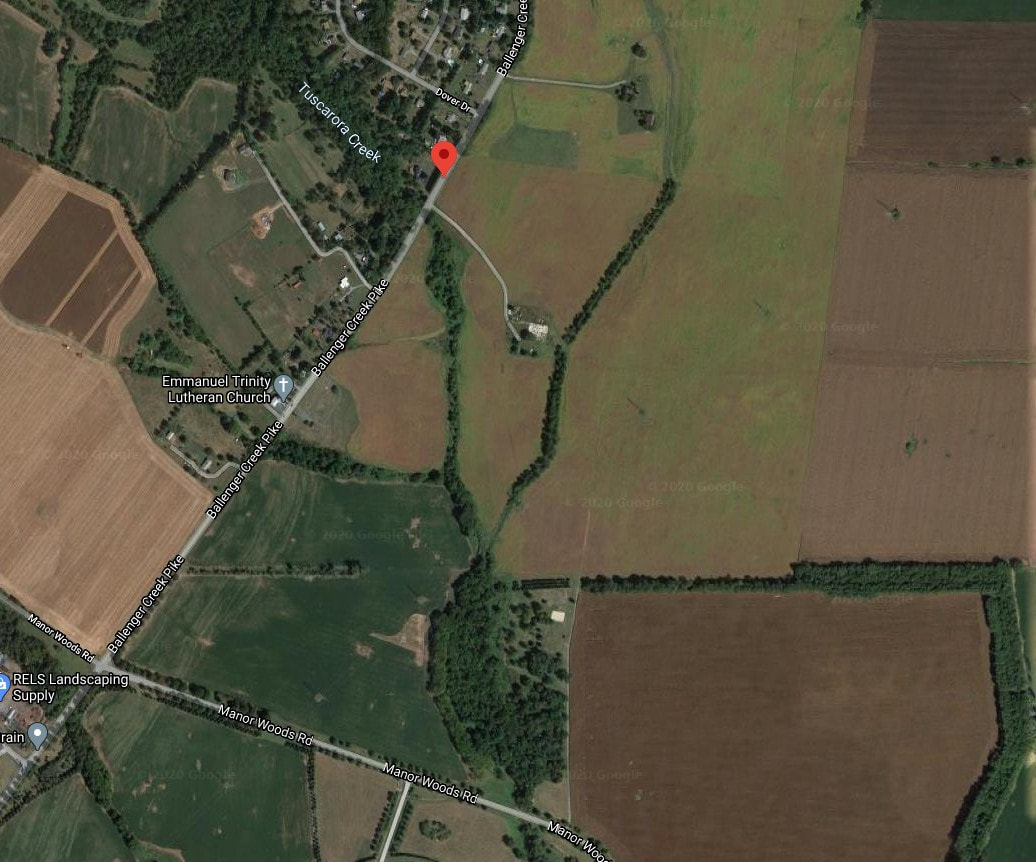
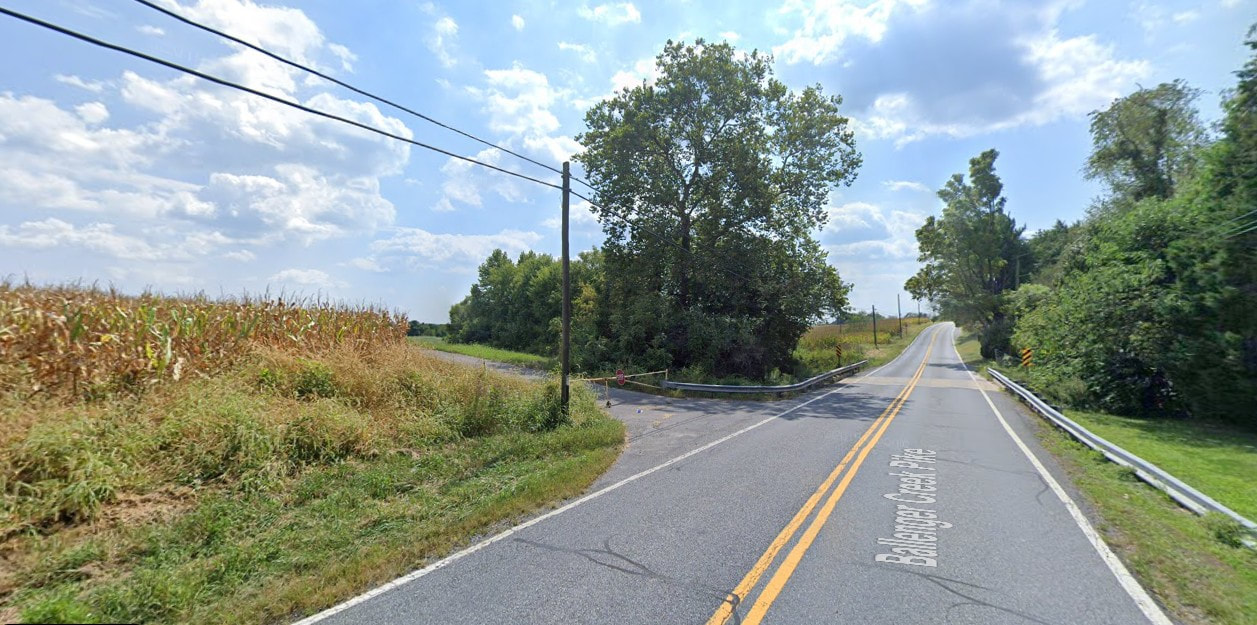
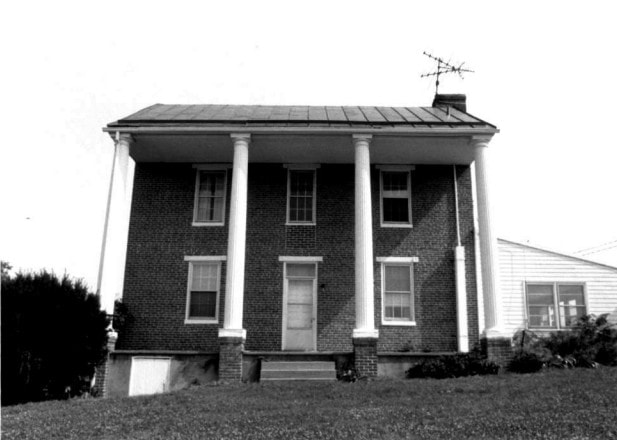
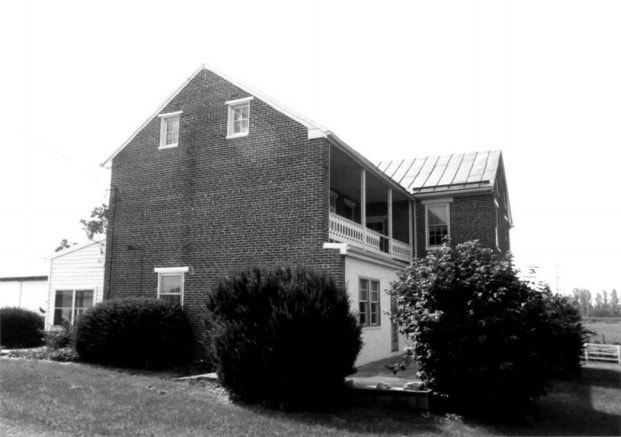
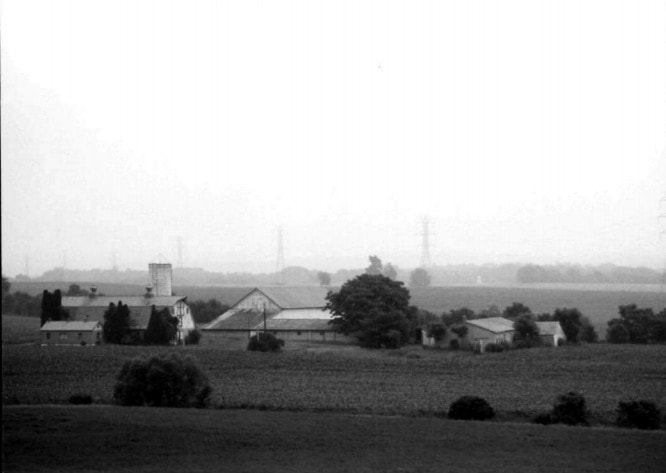
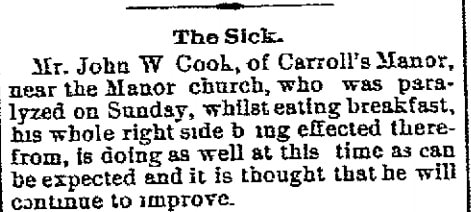

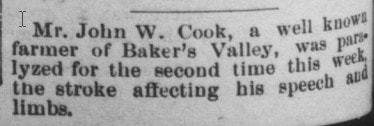
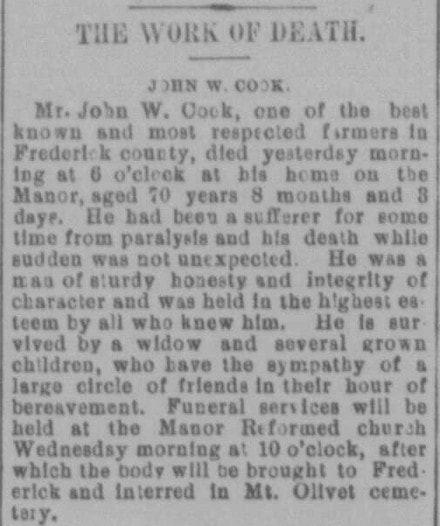
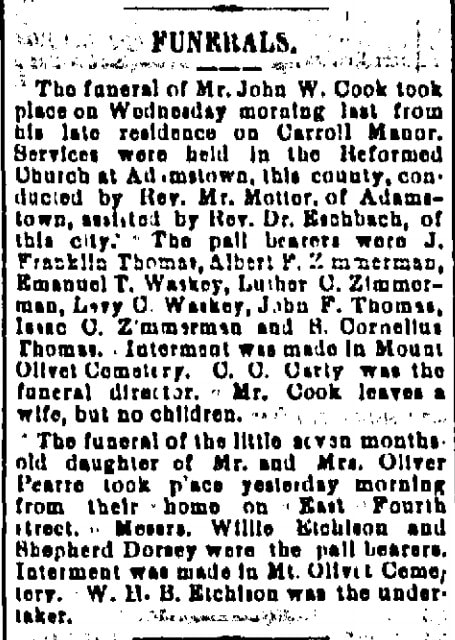
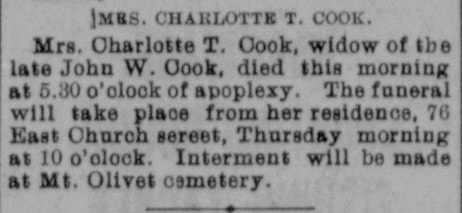
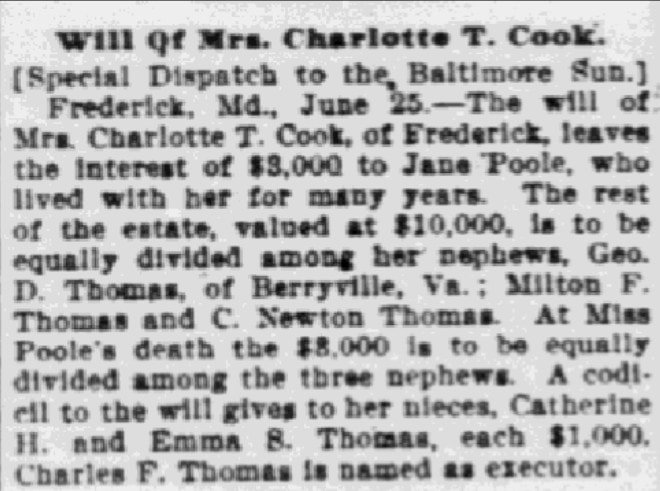
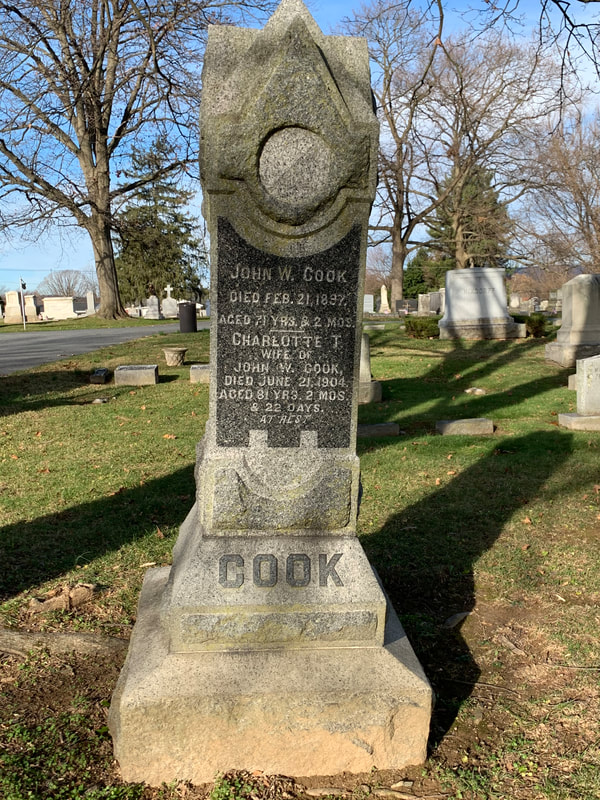
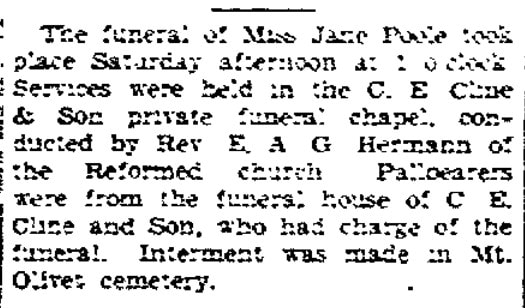
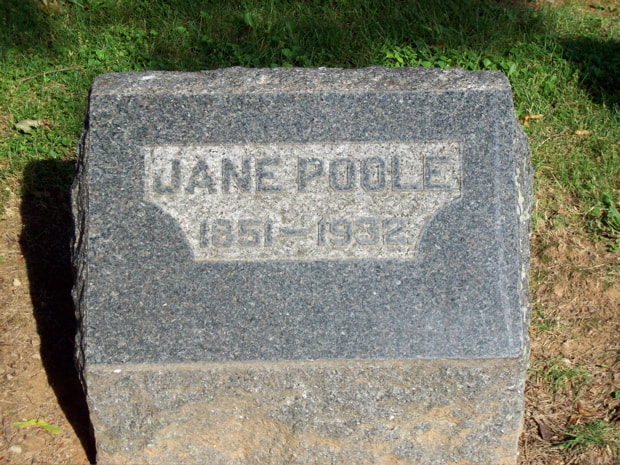

 RSS Feed
RSS Feed